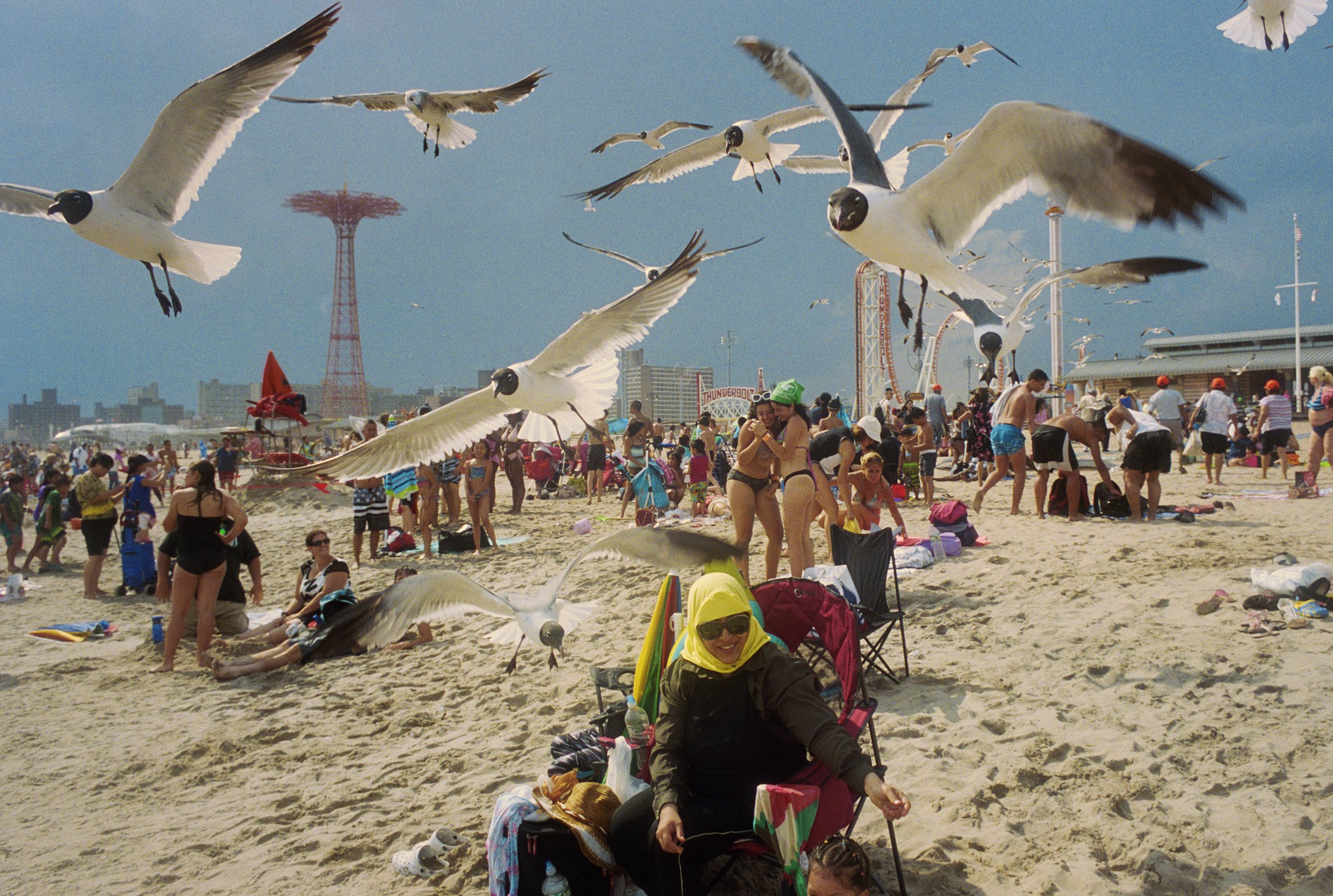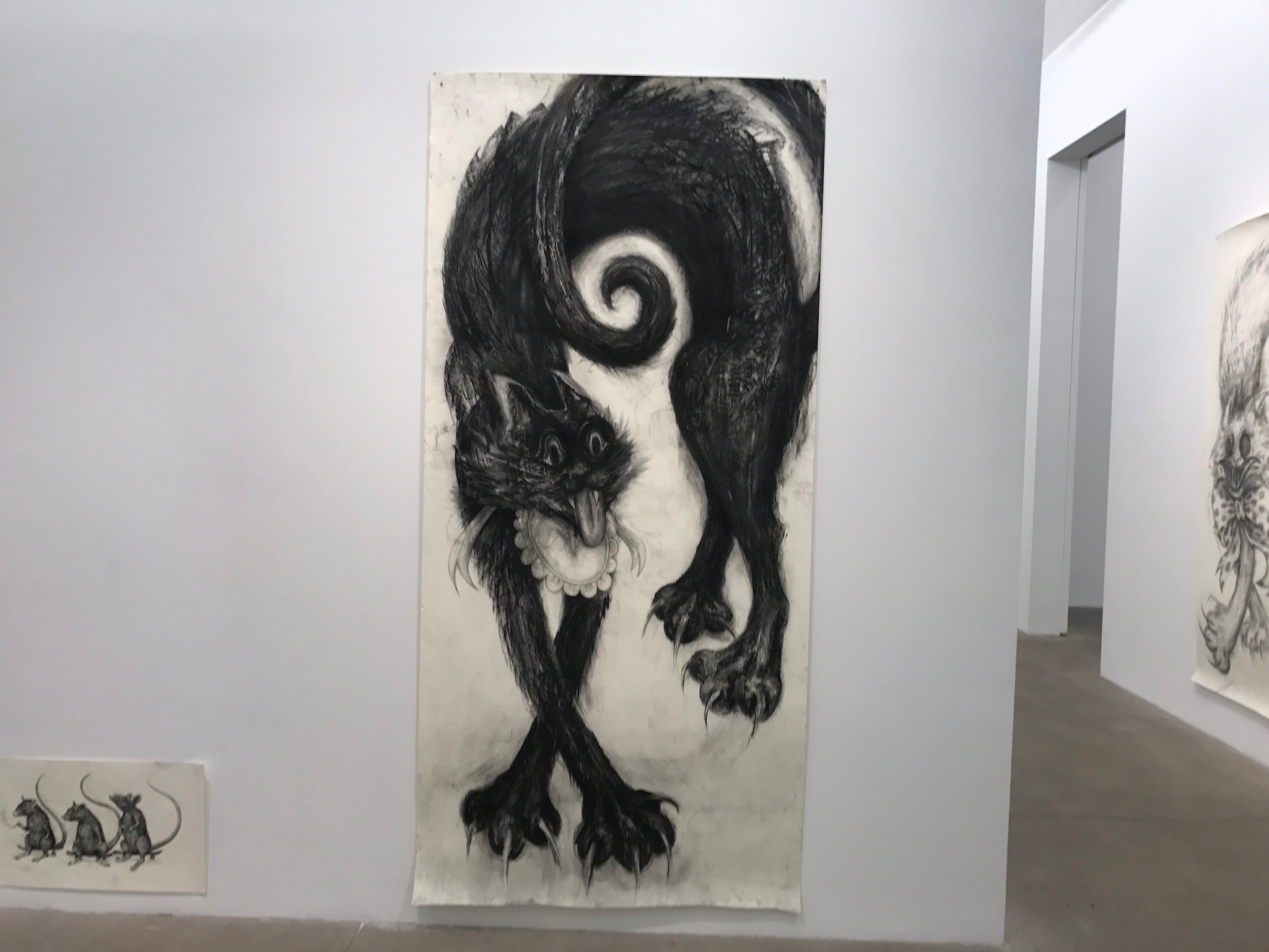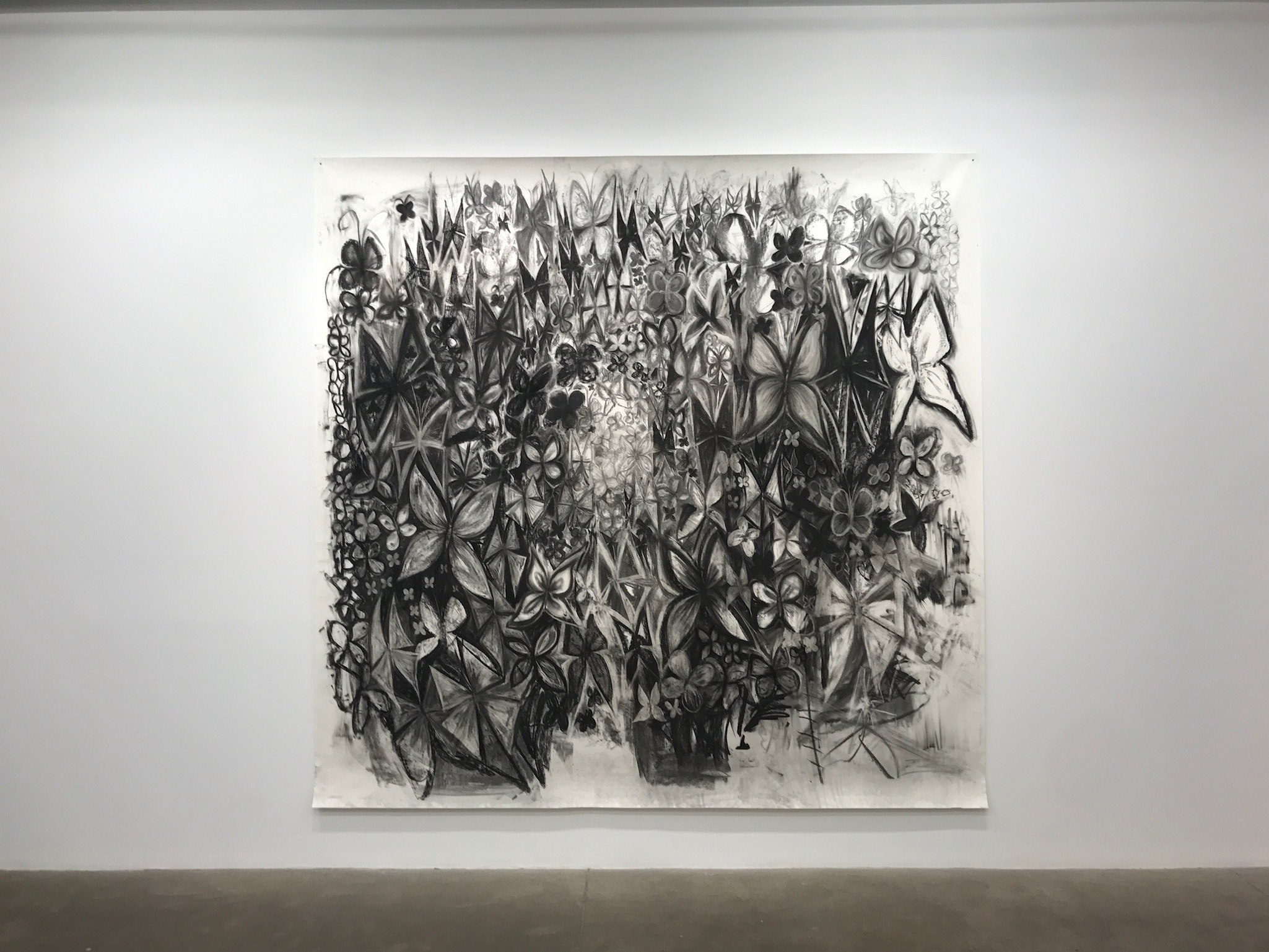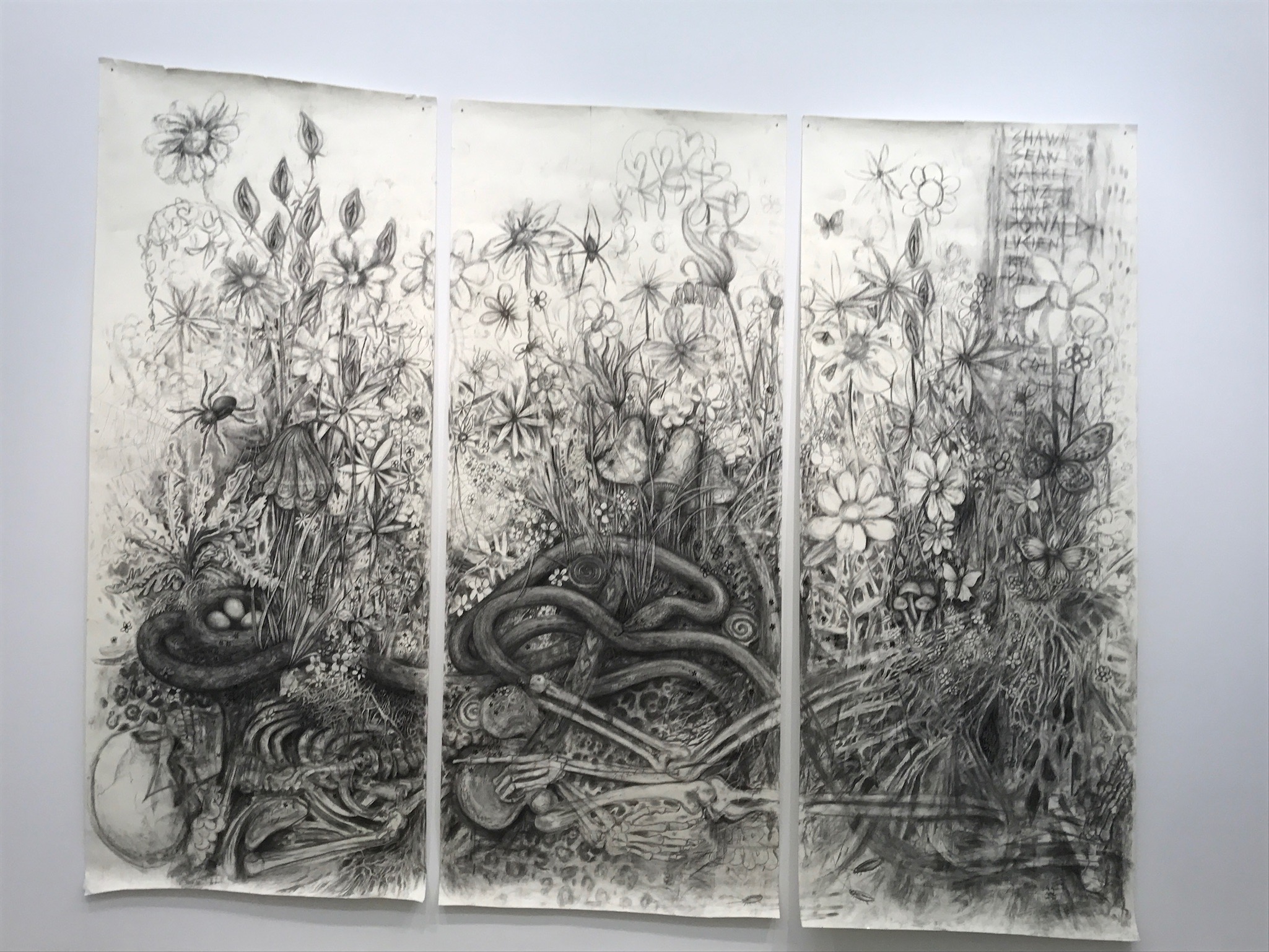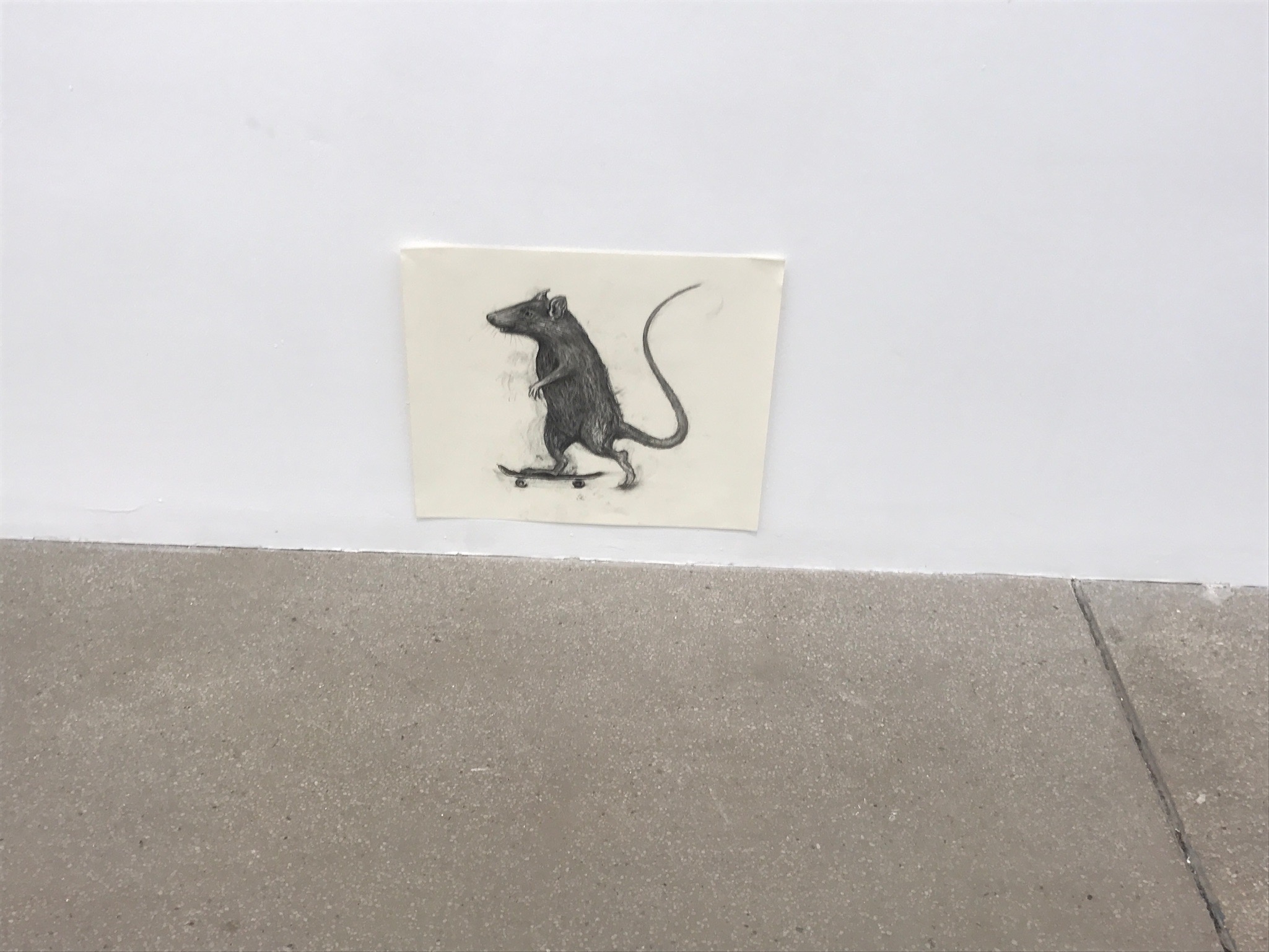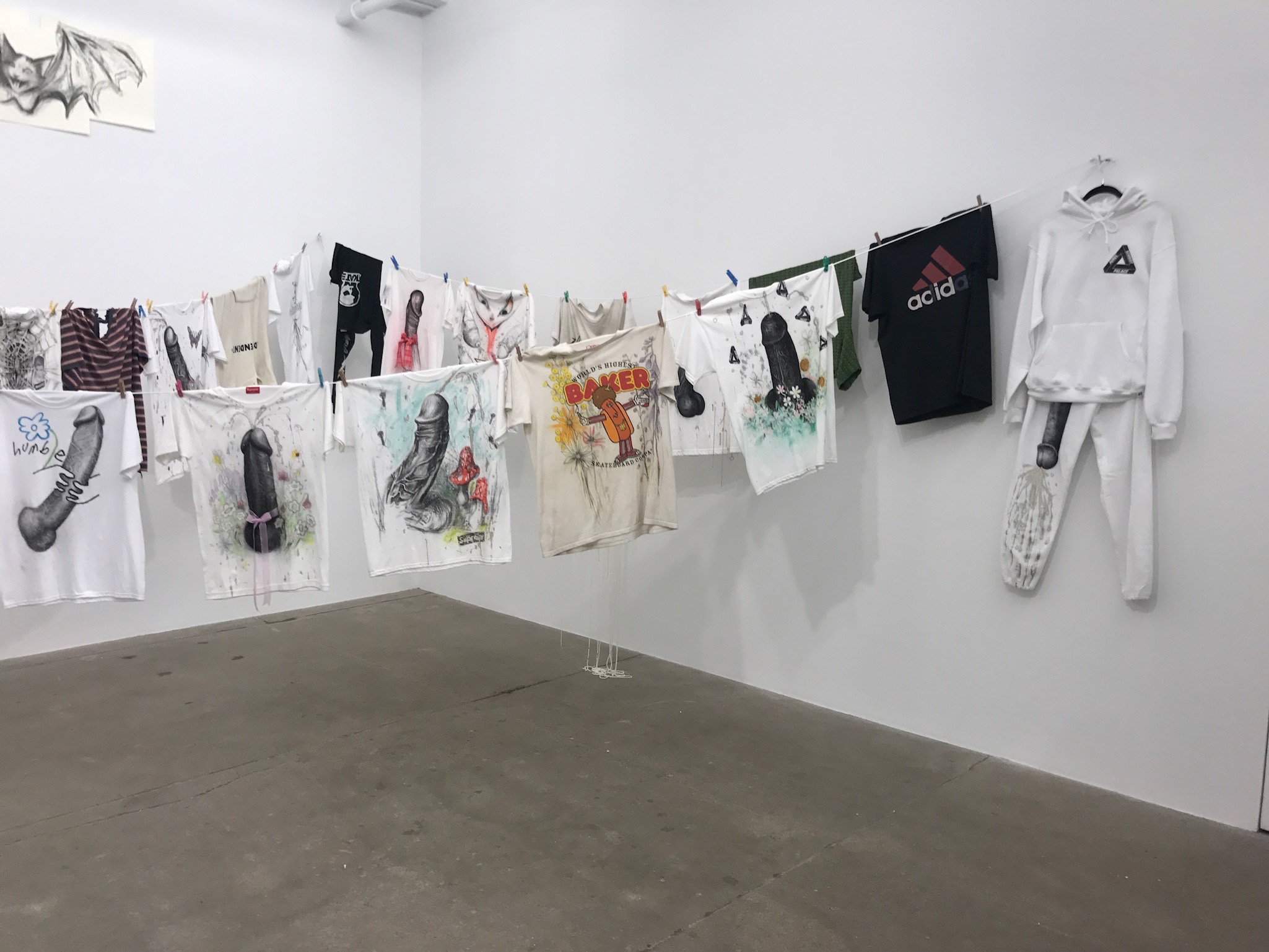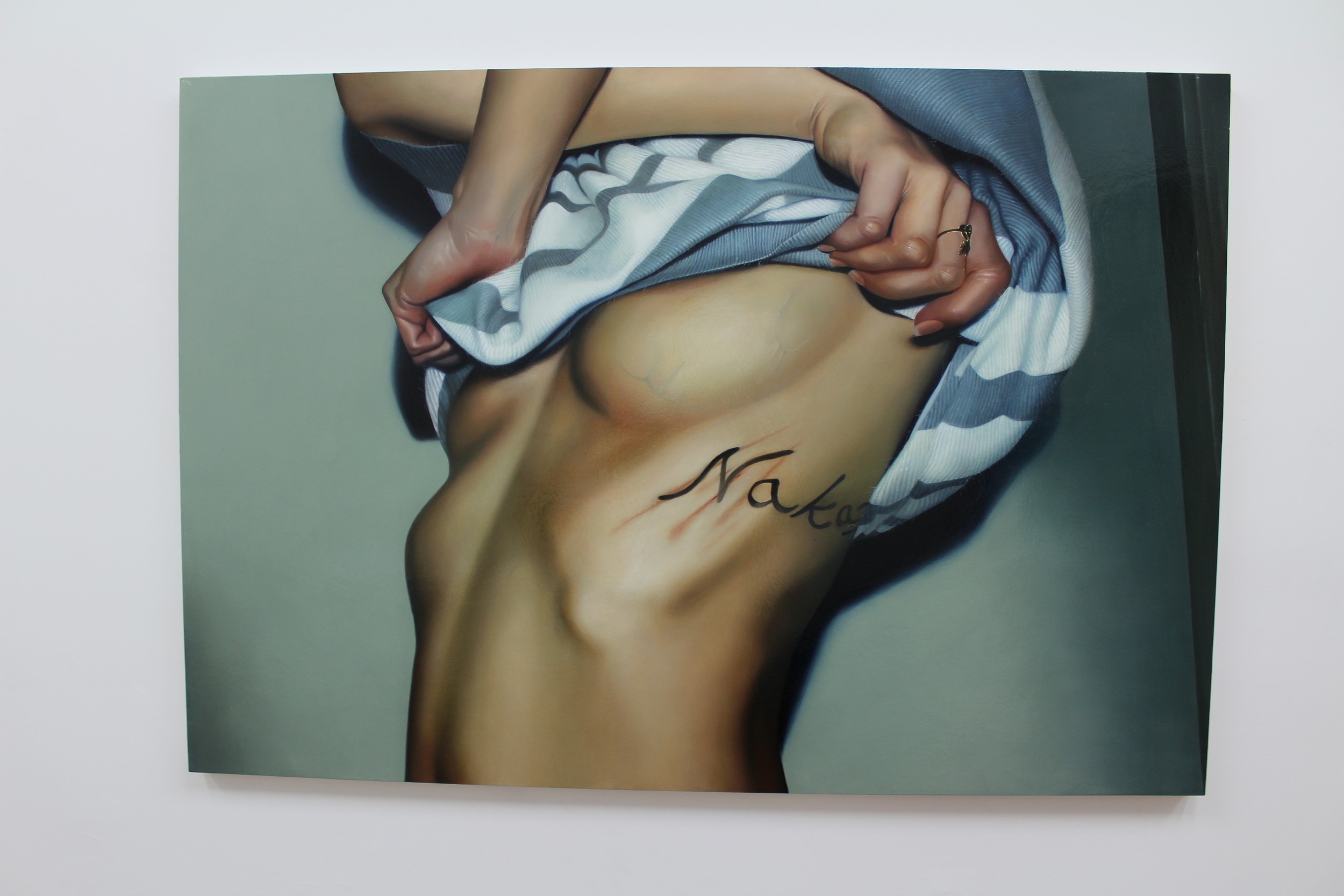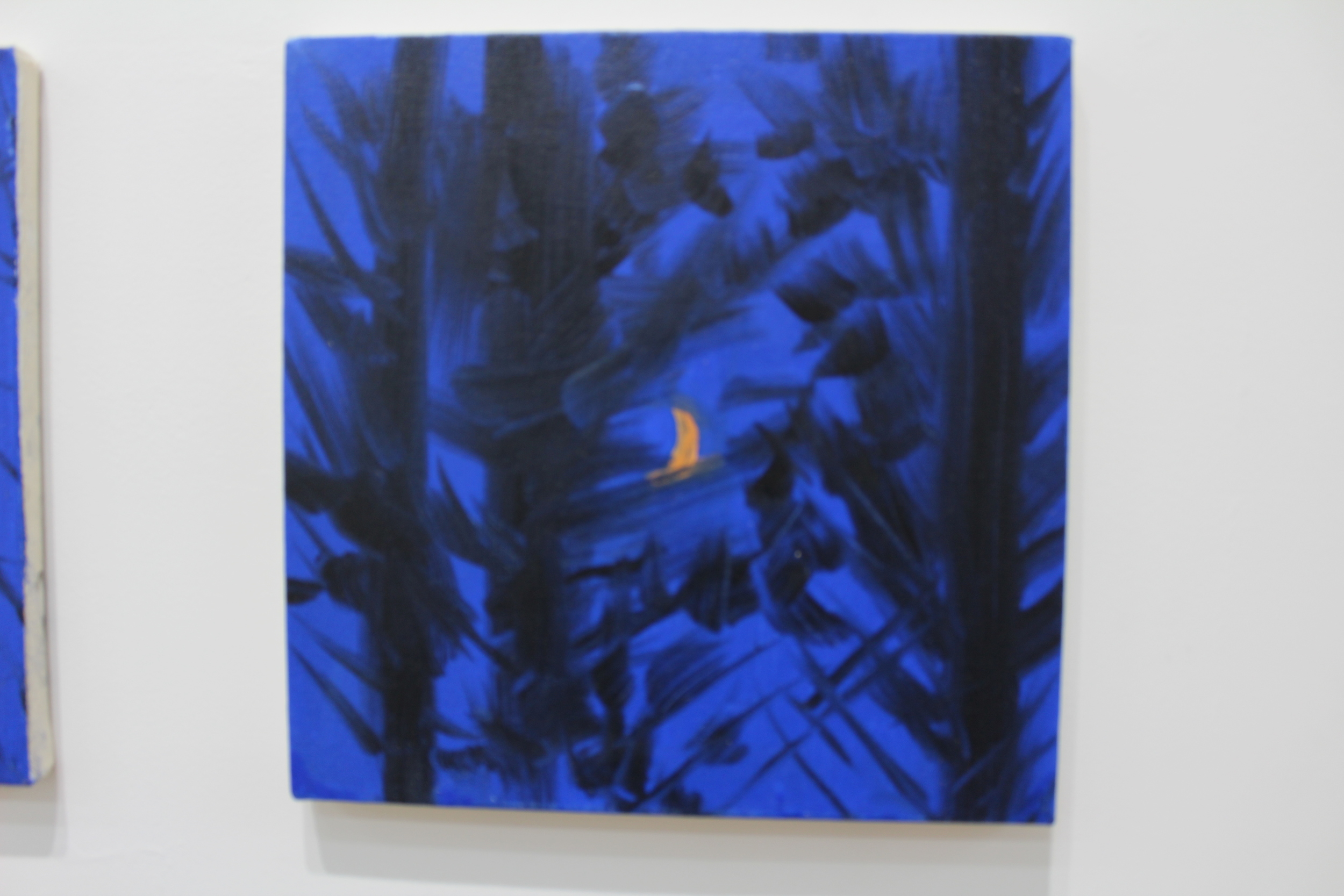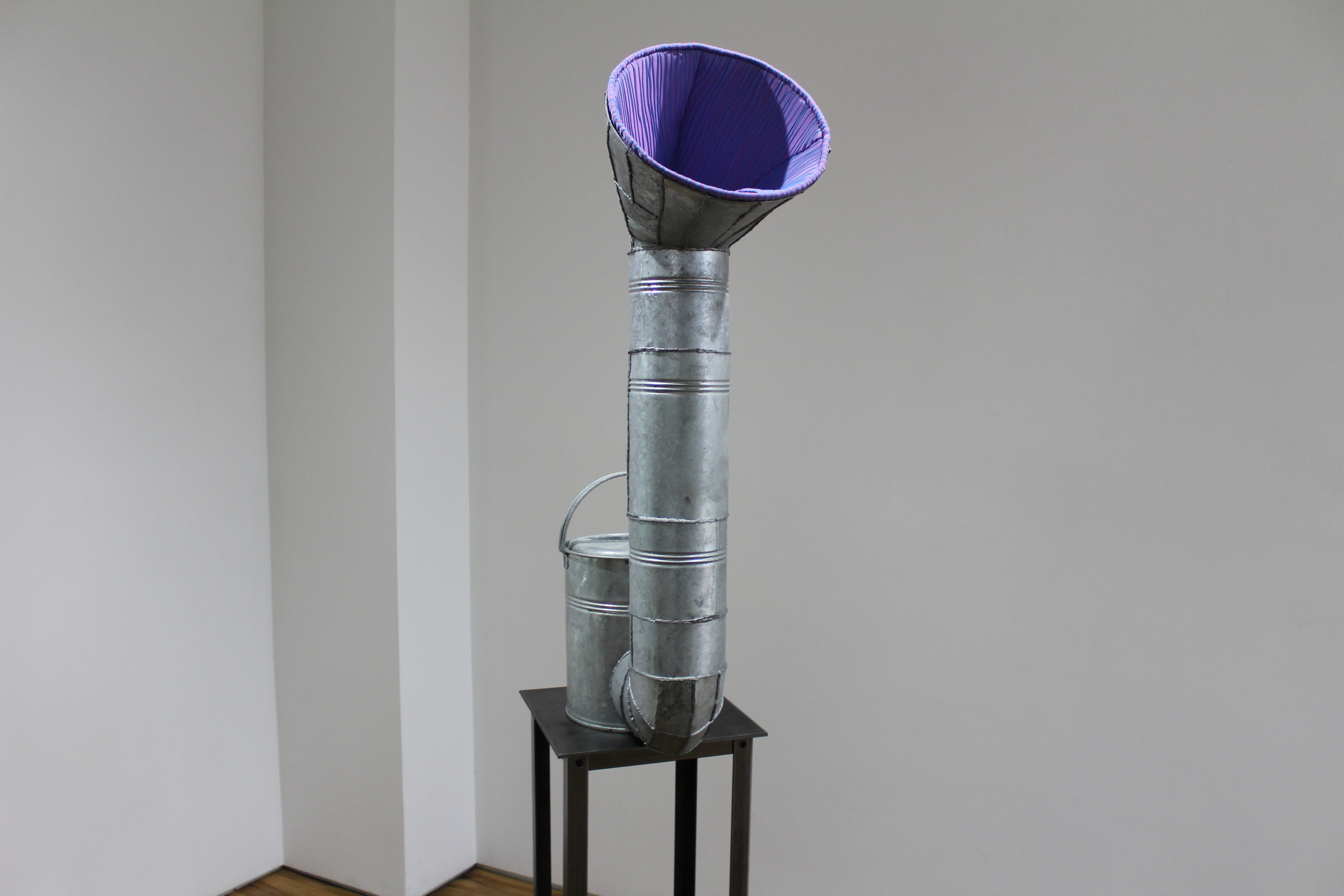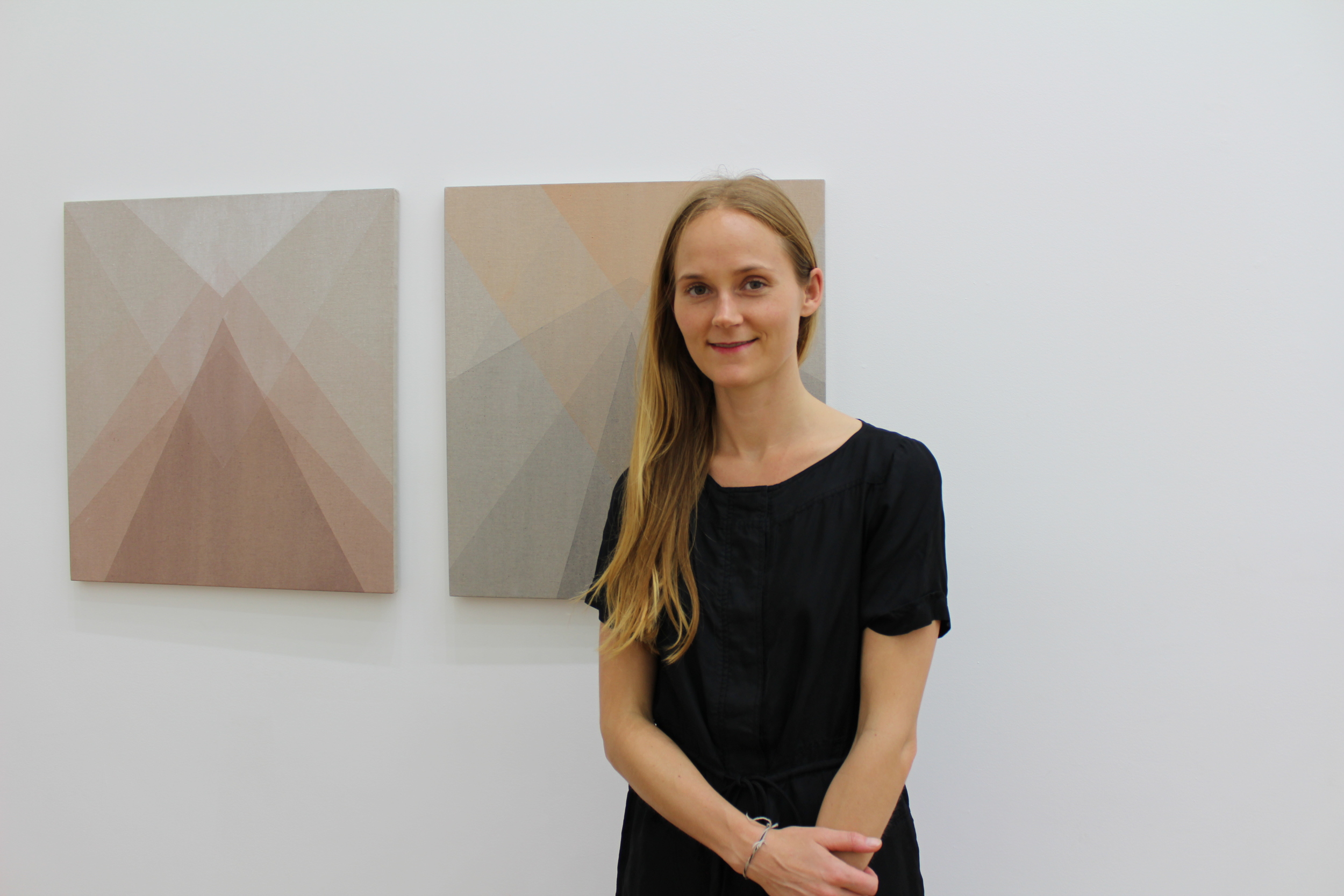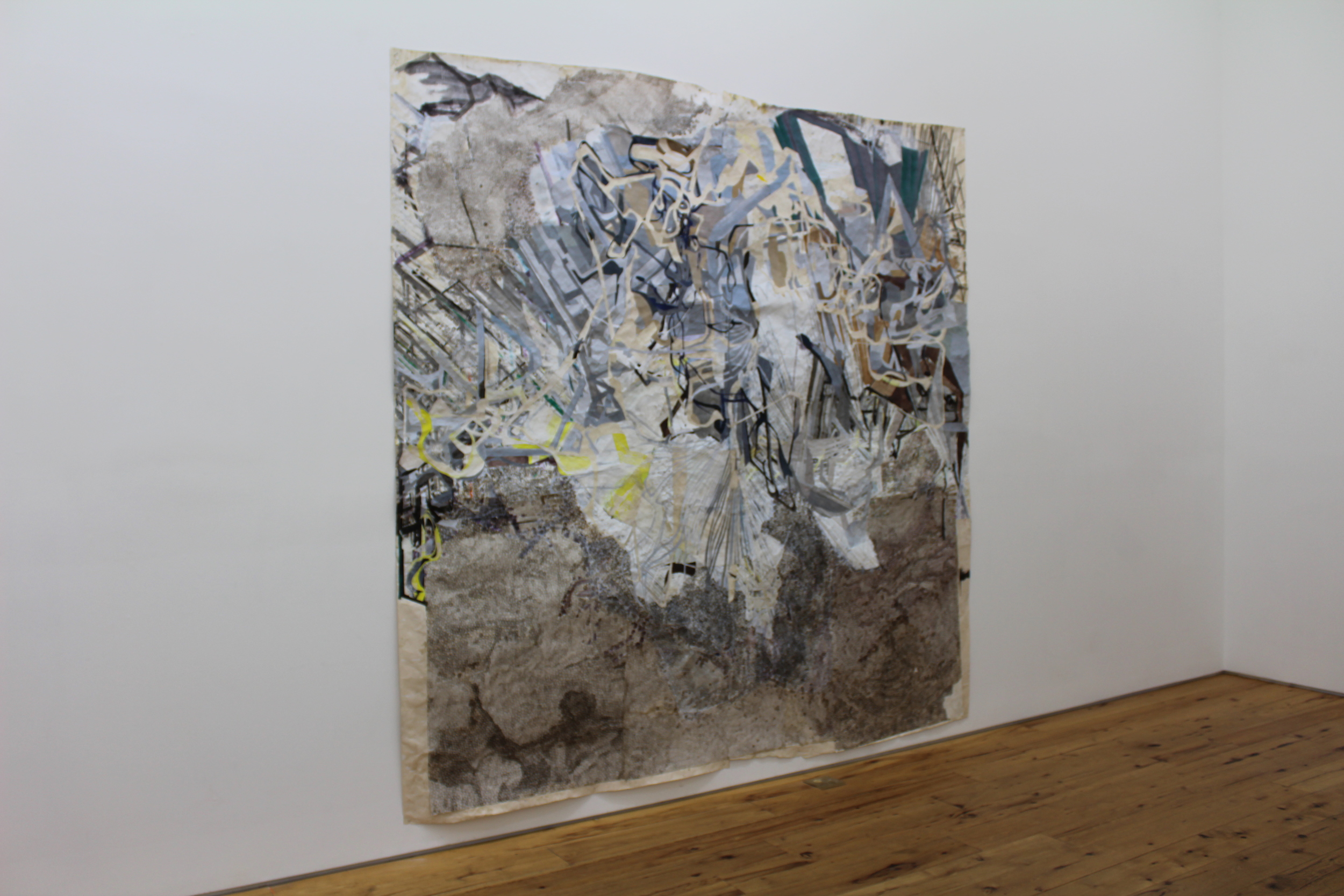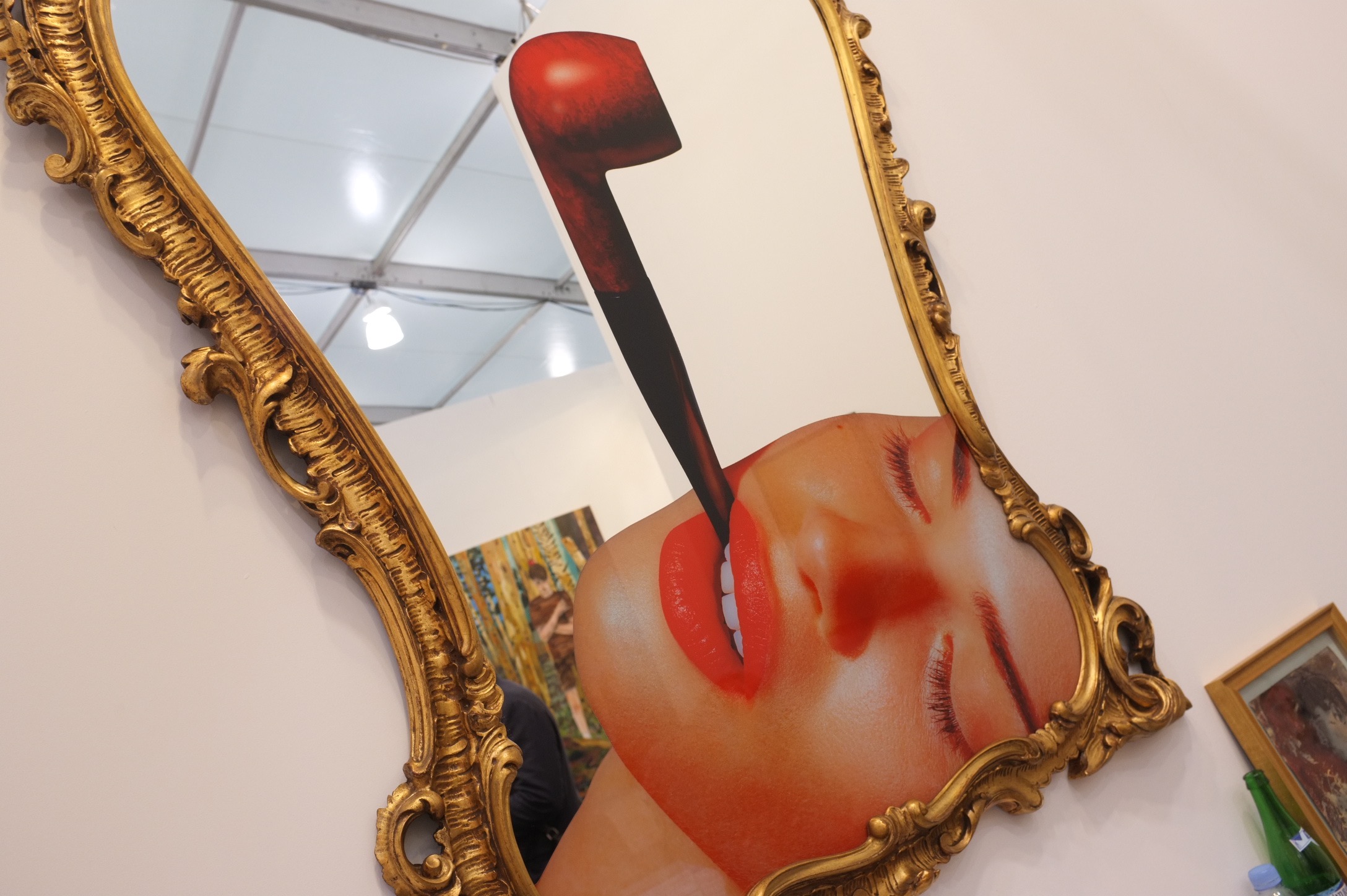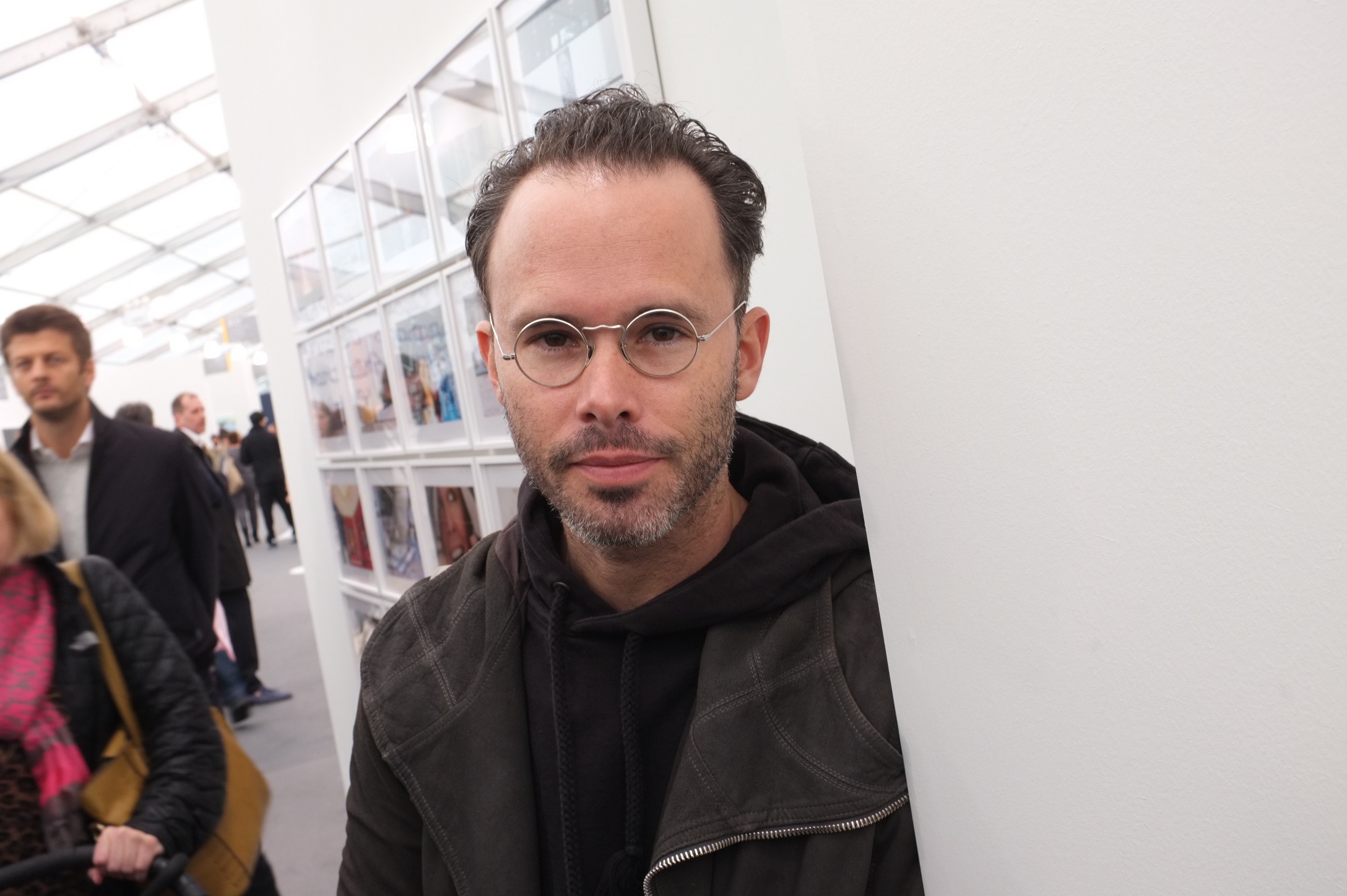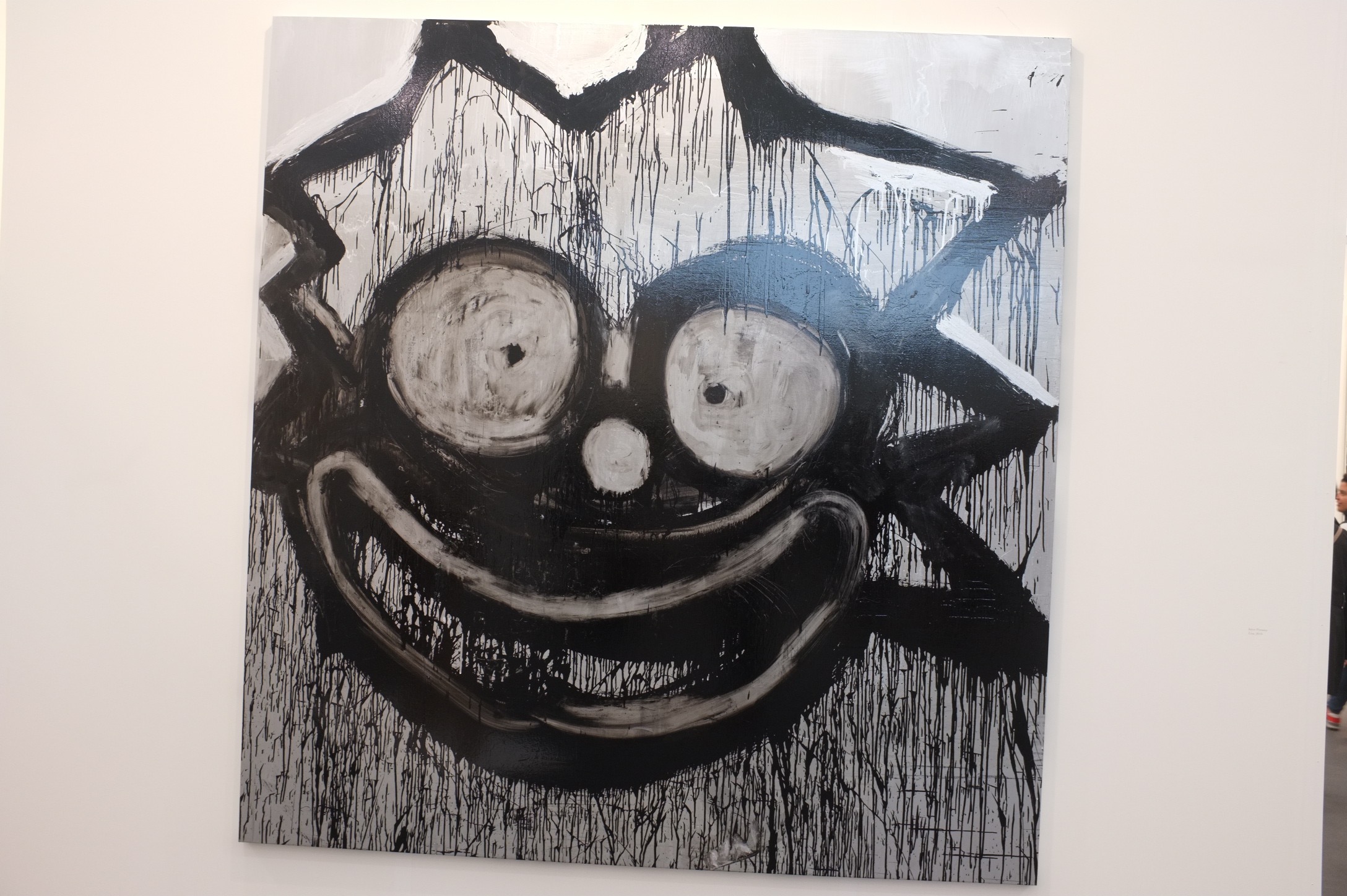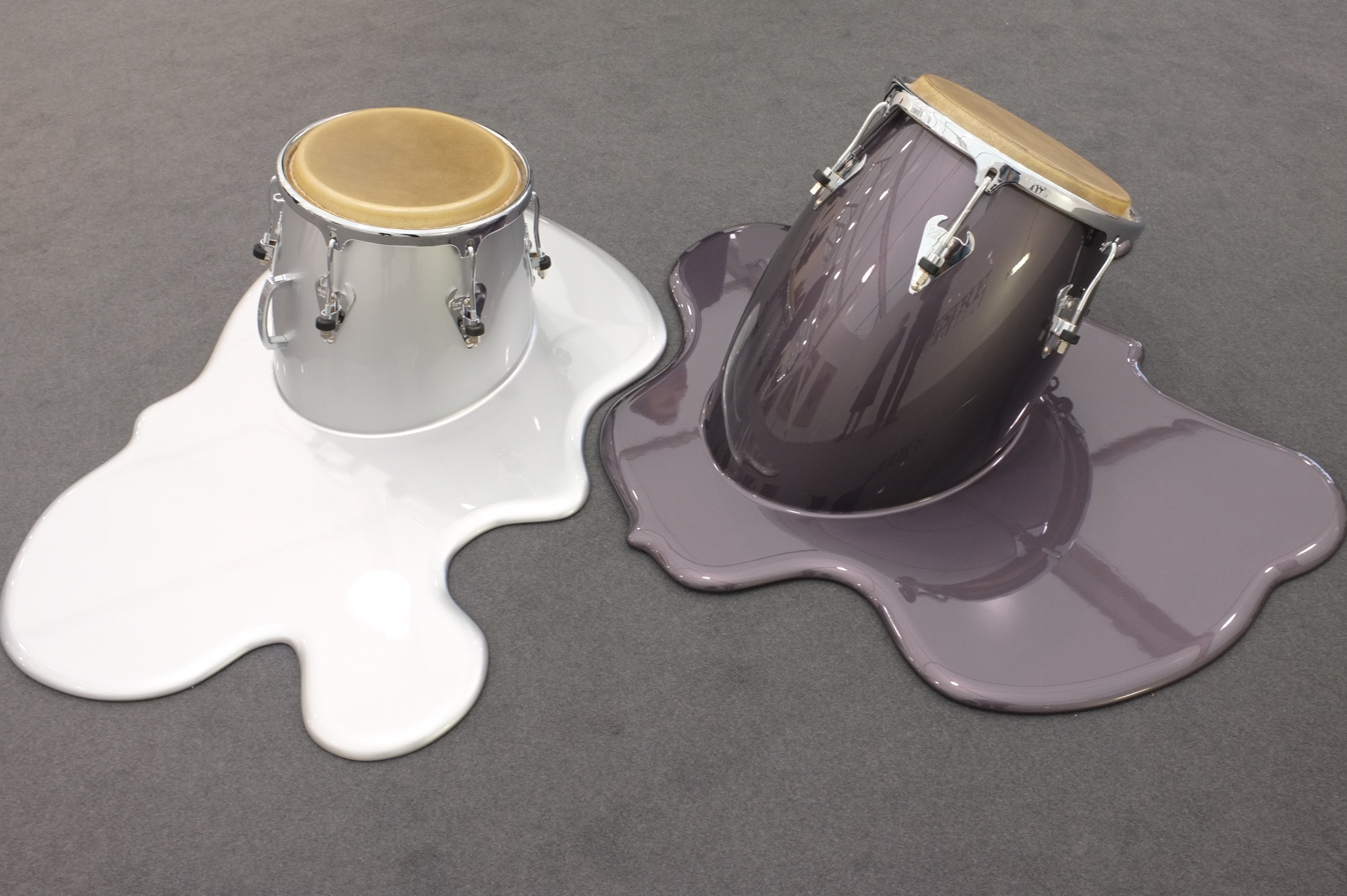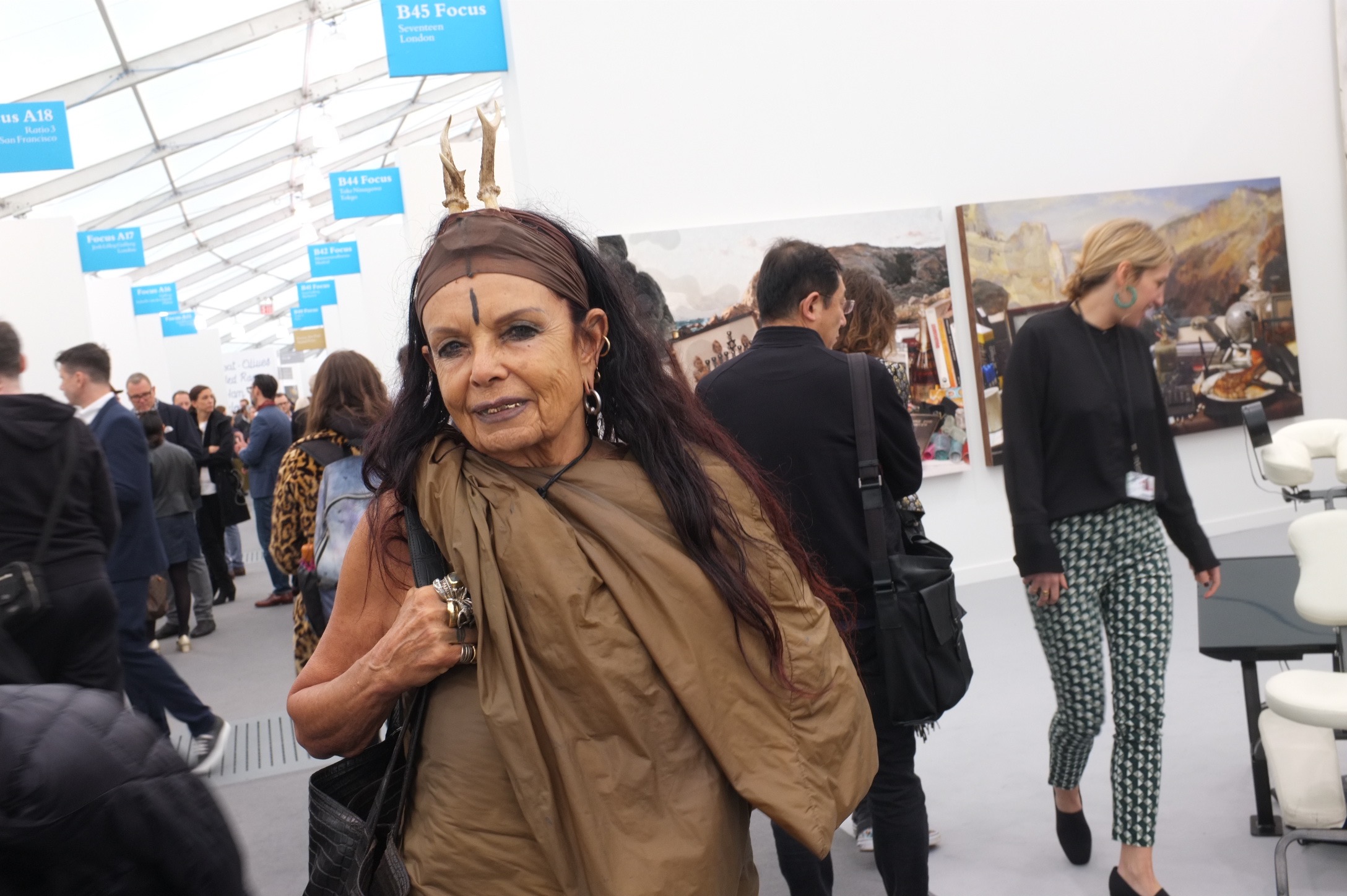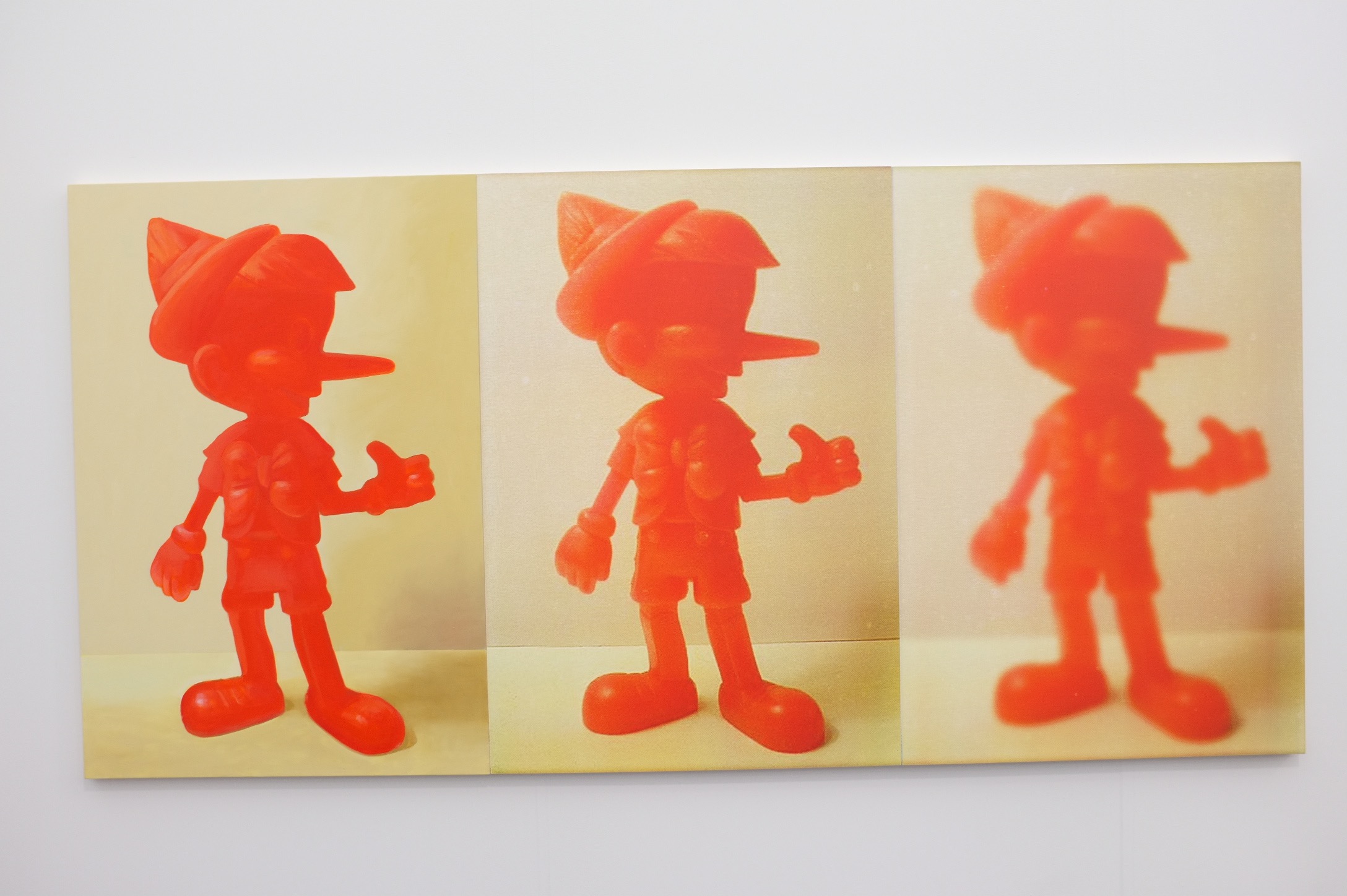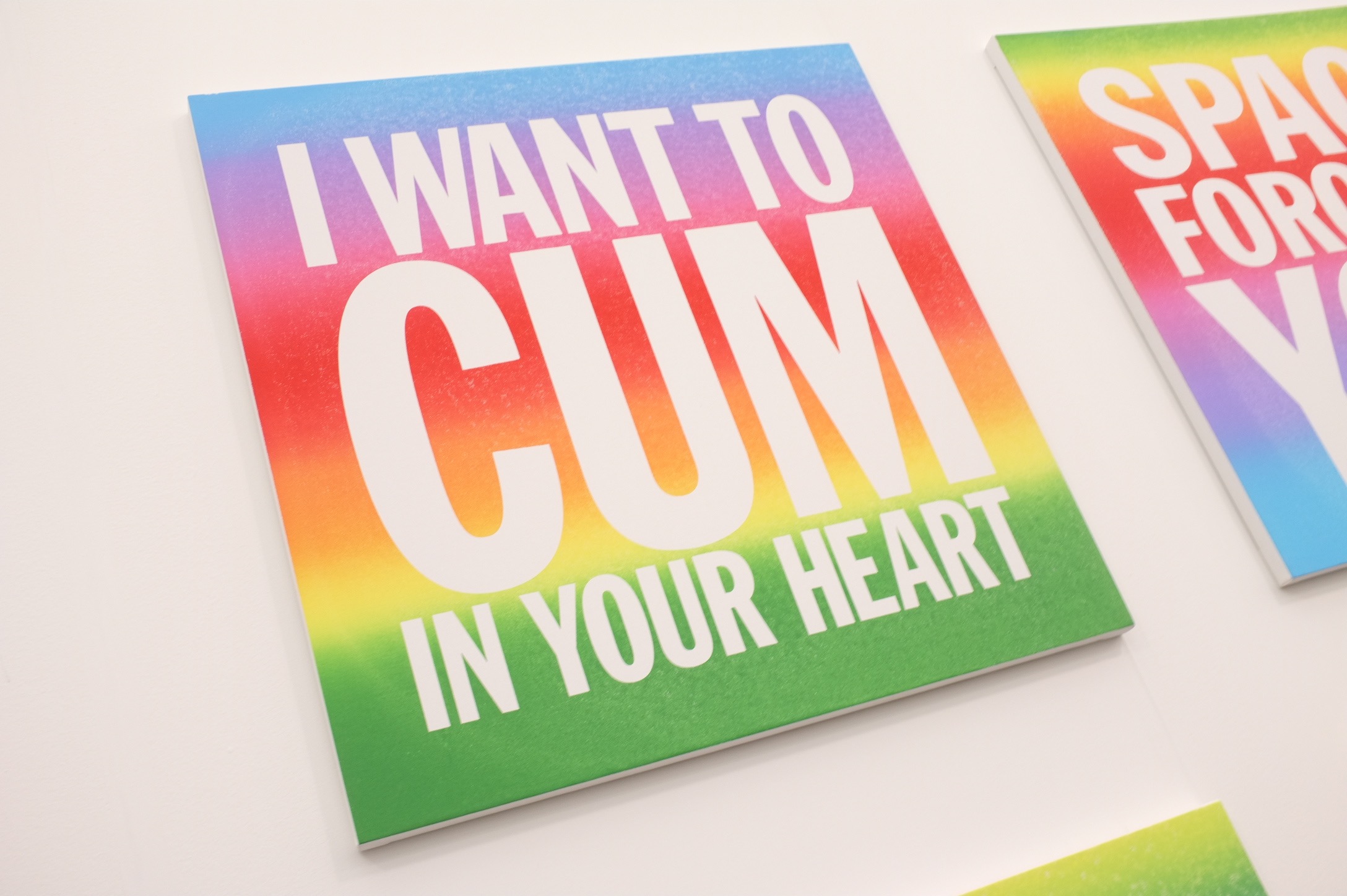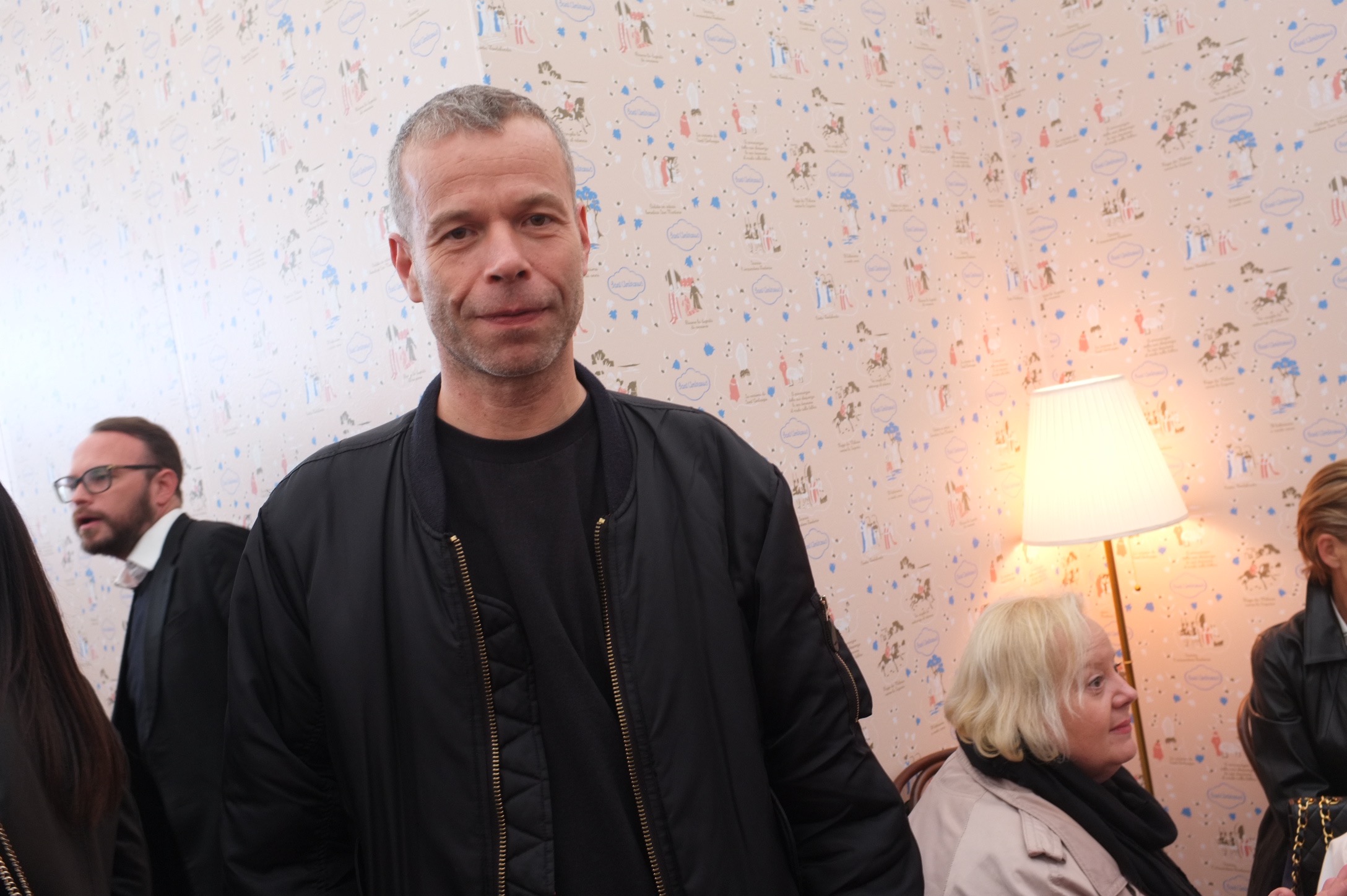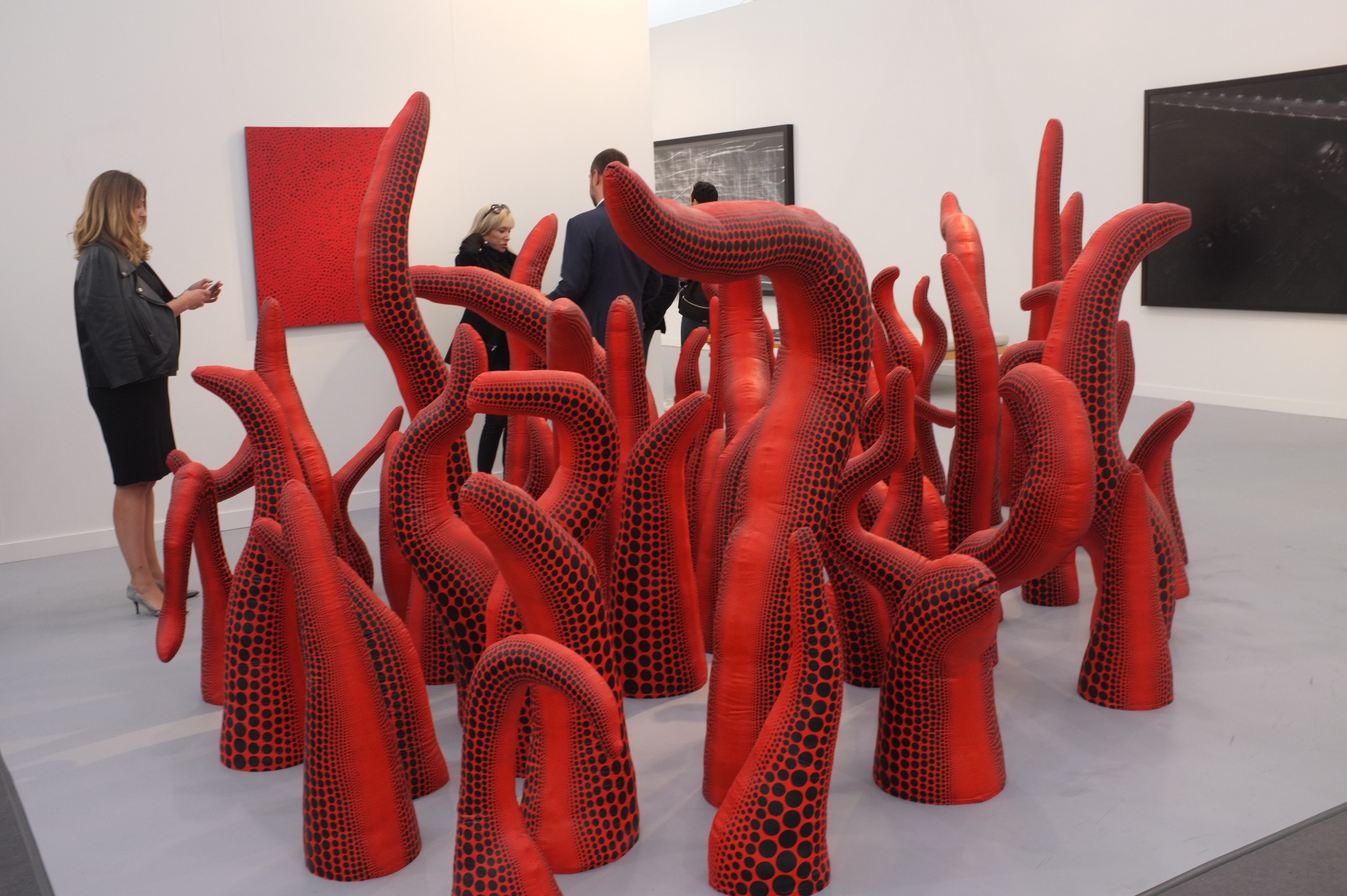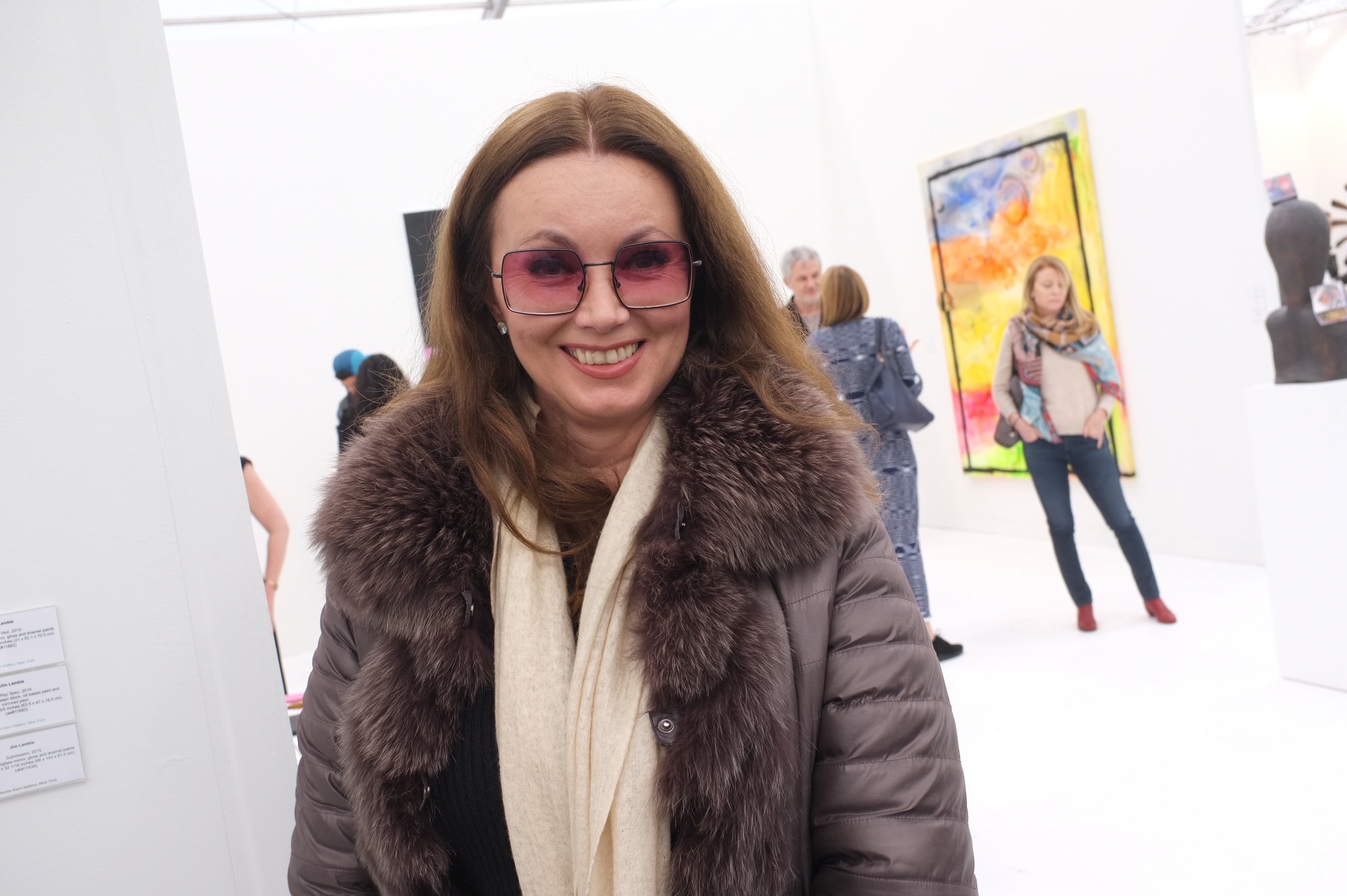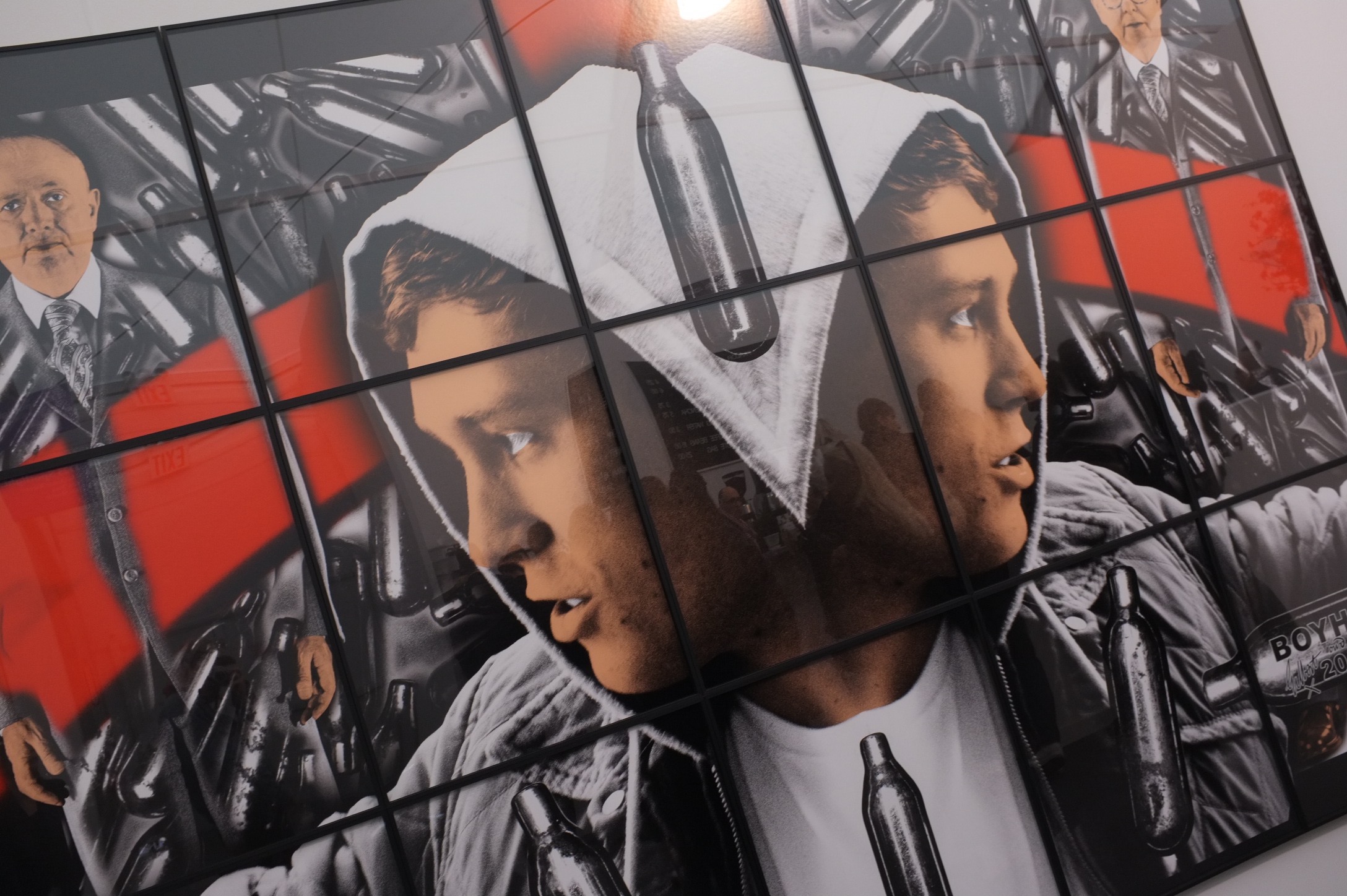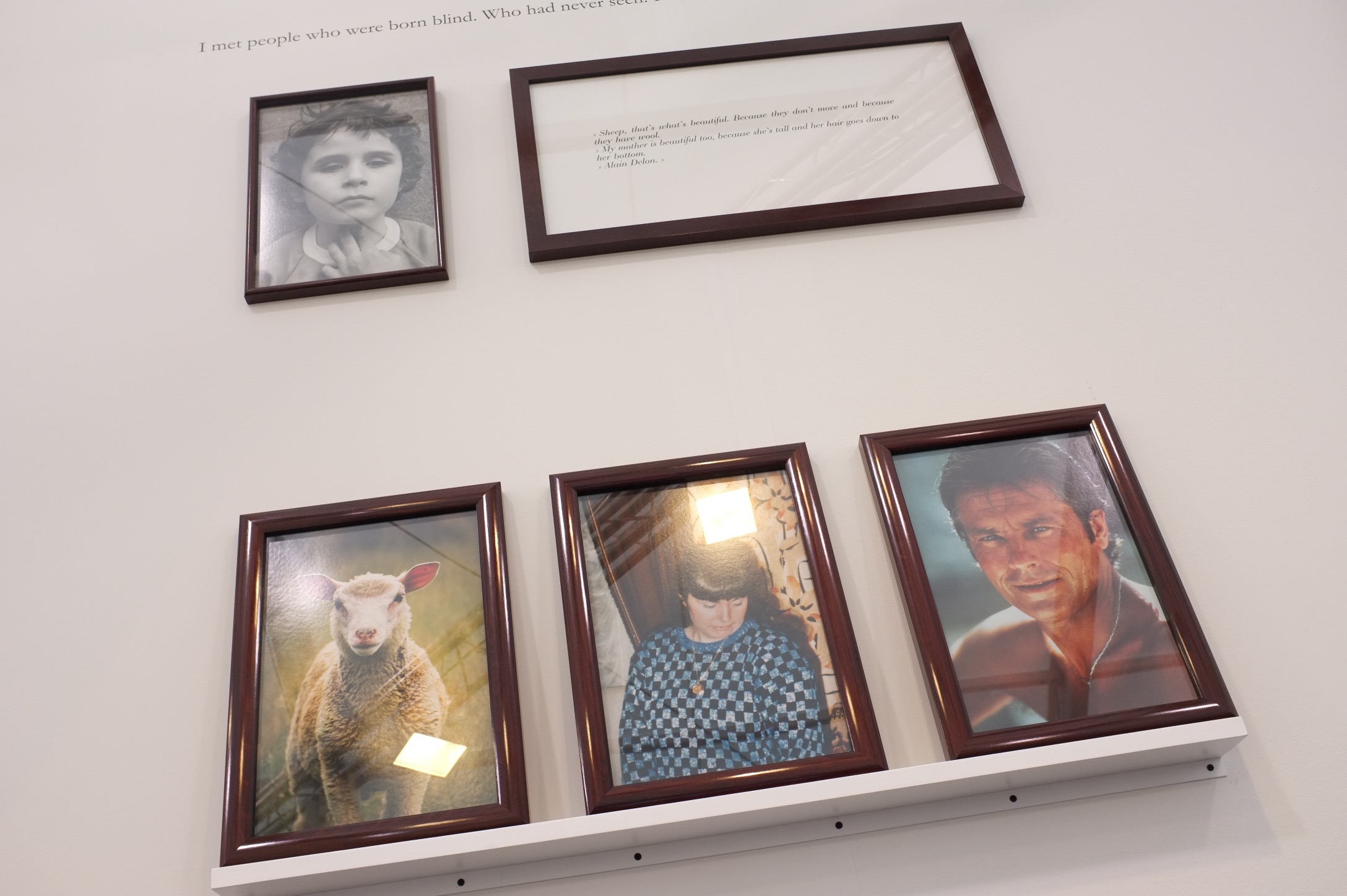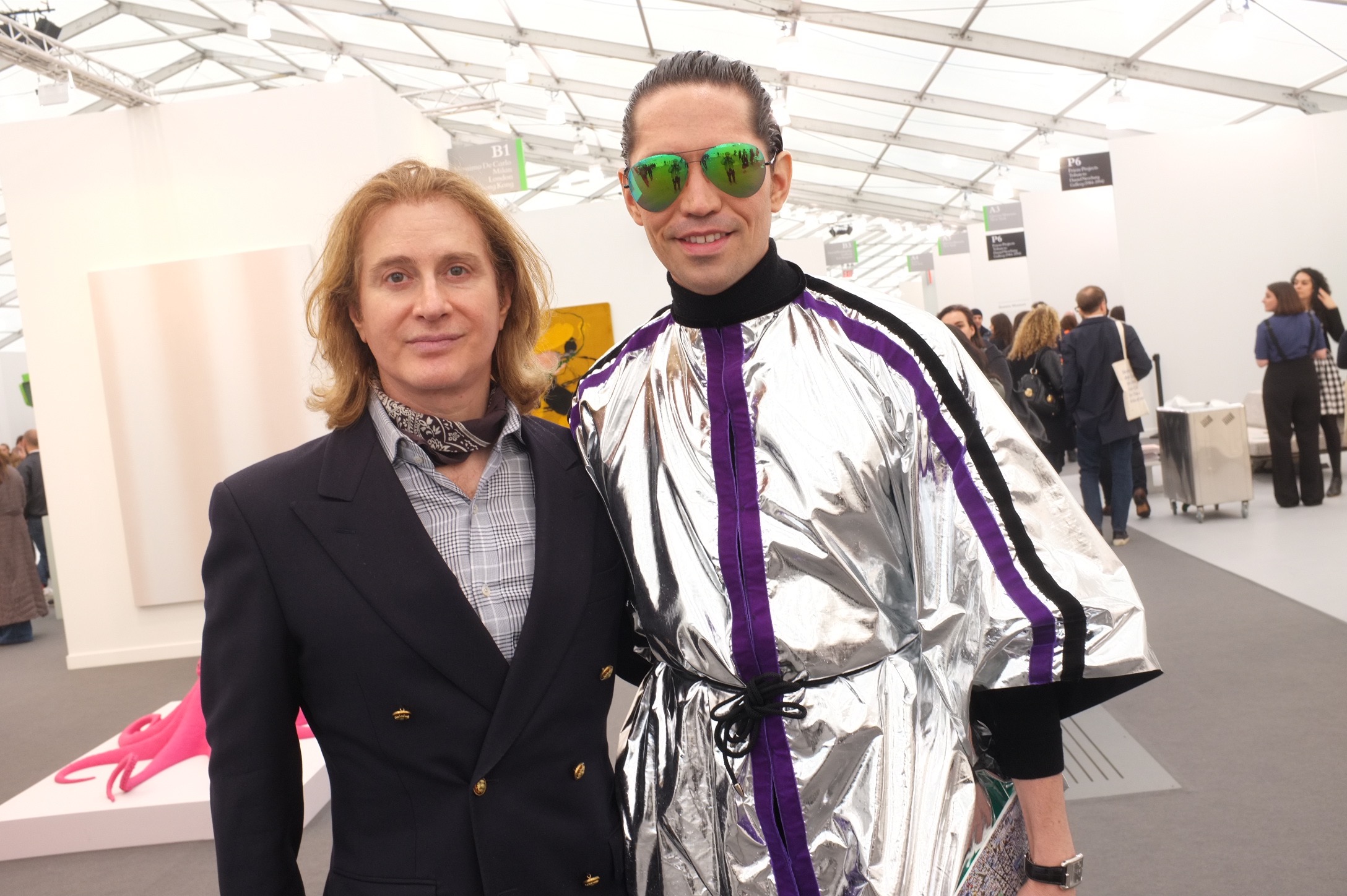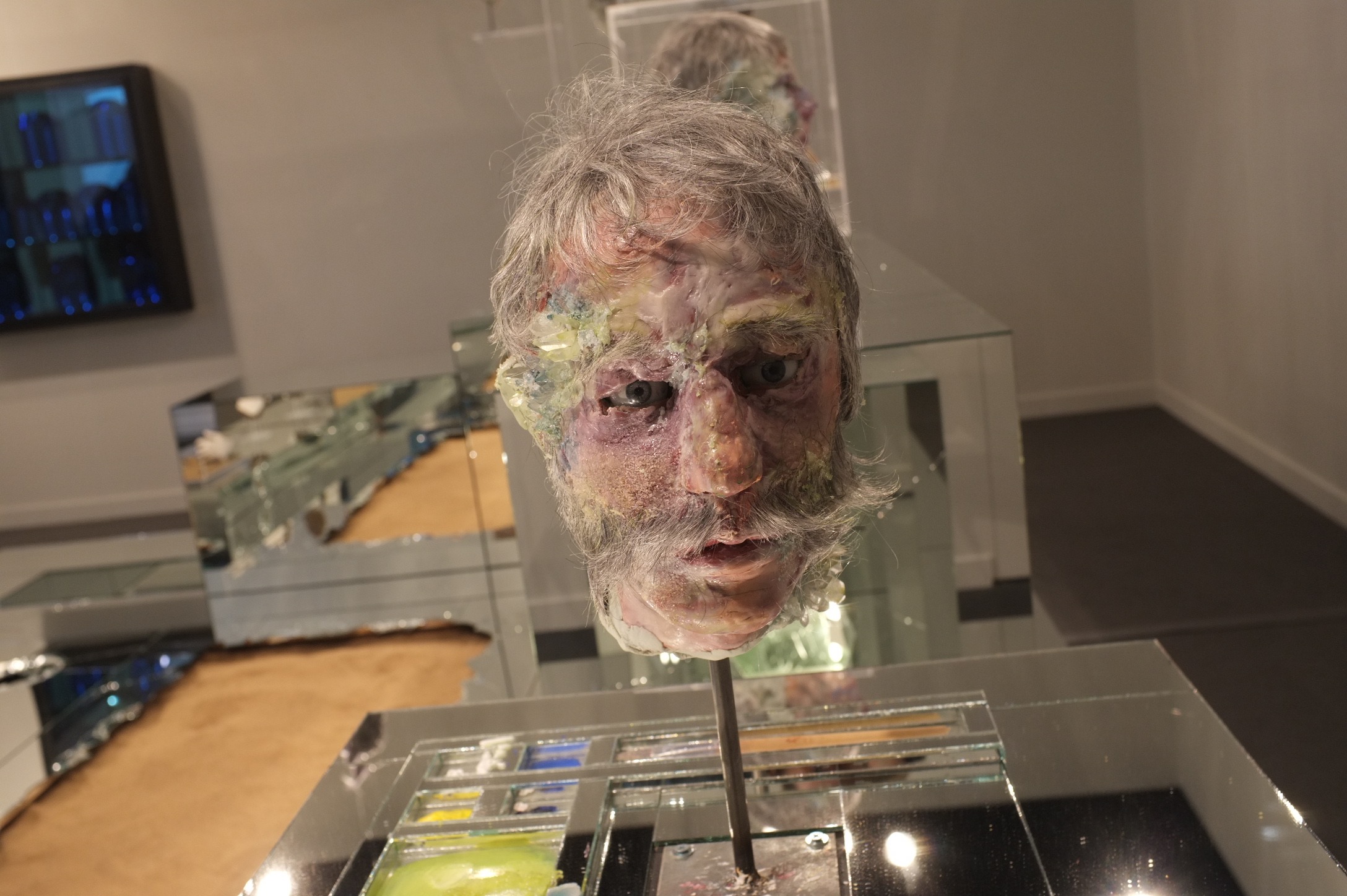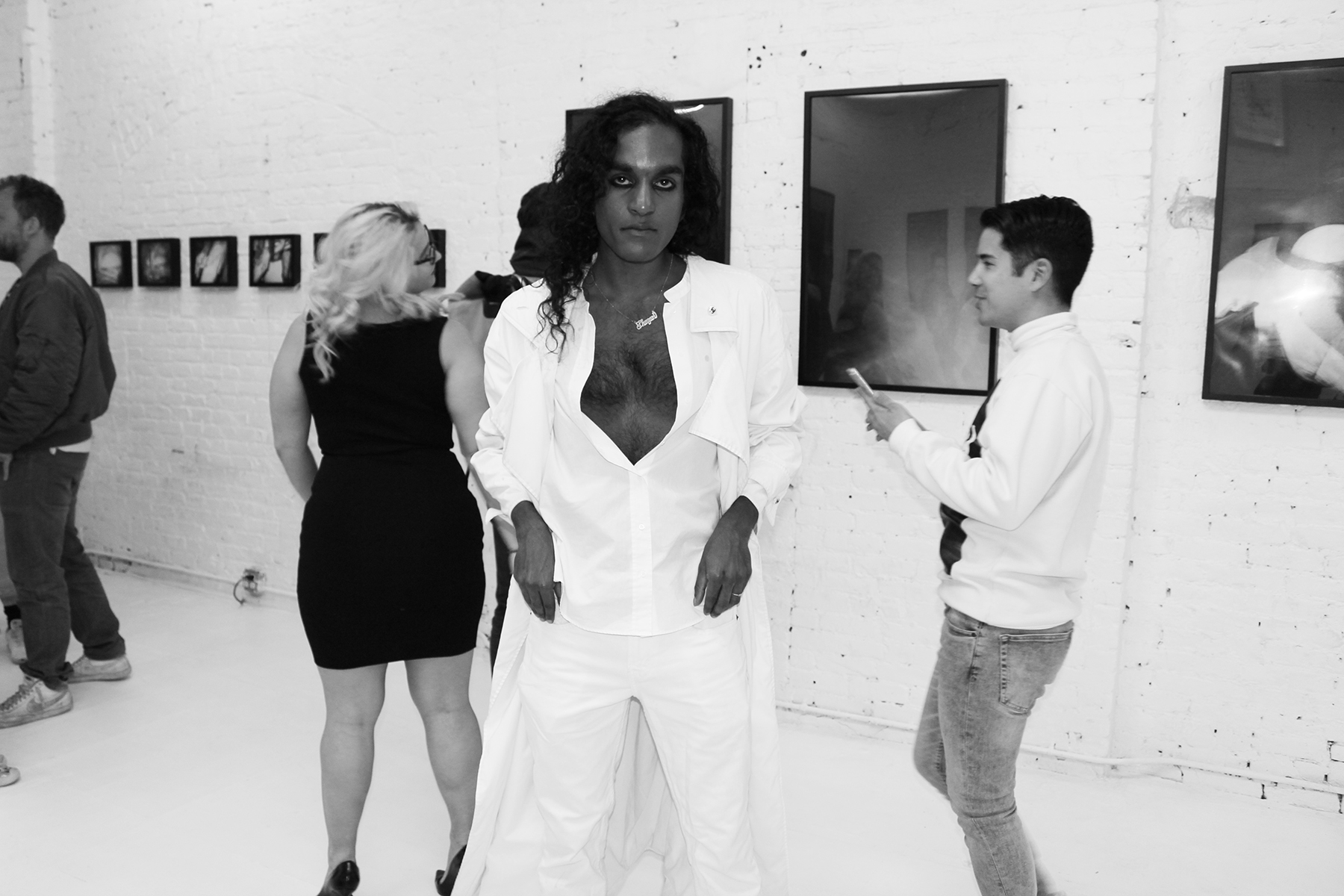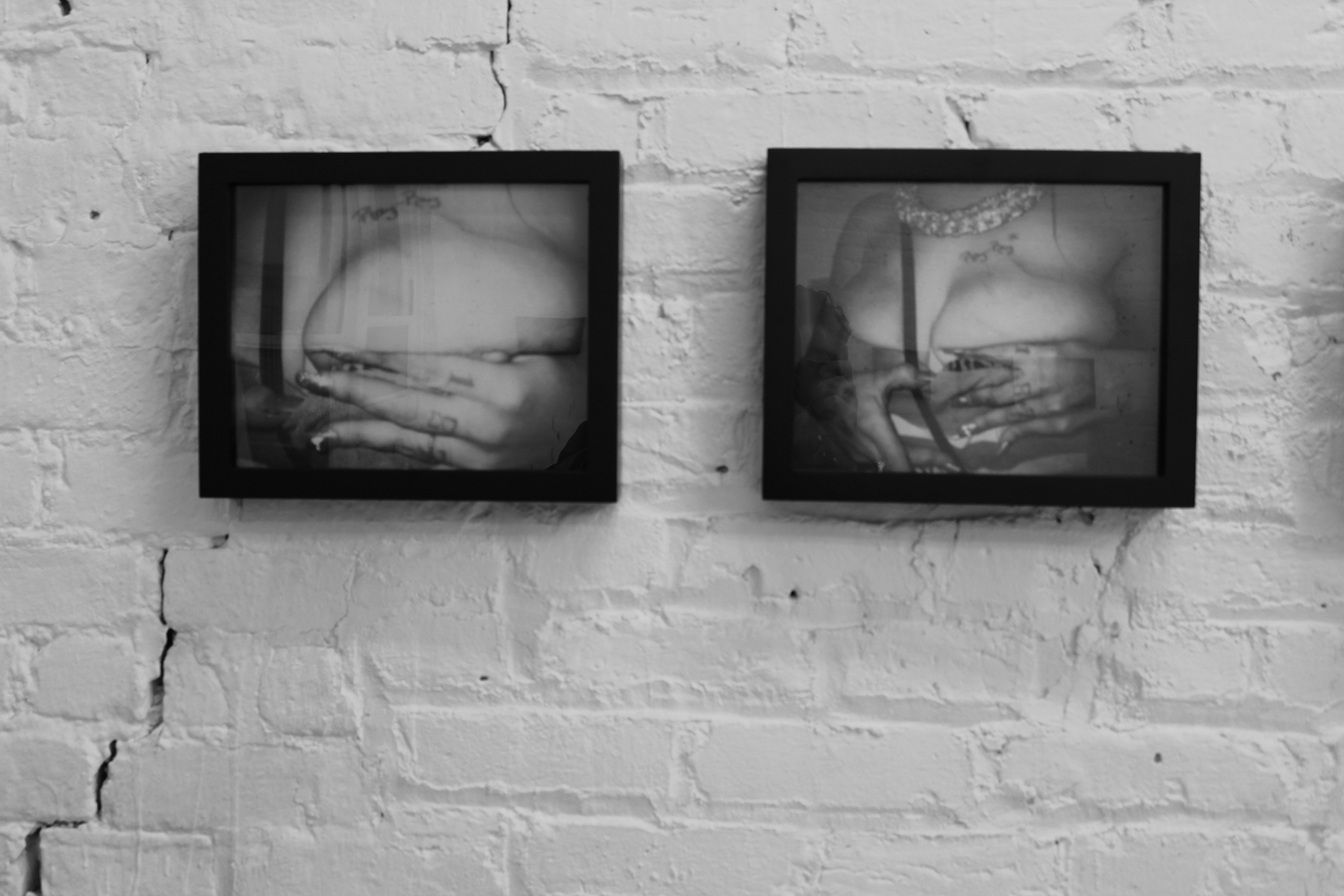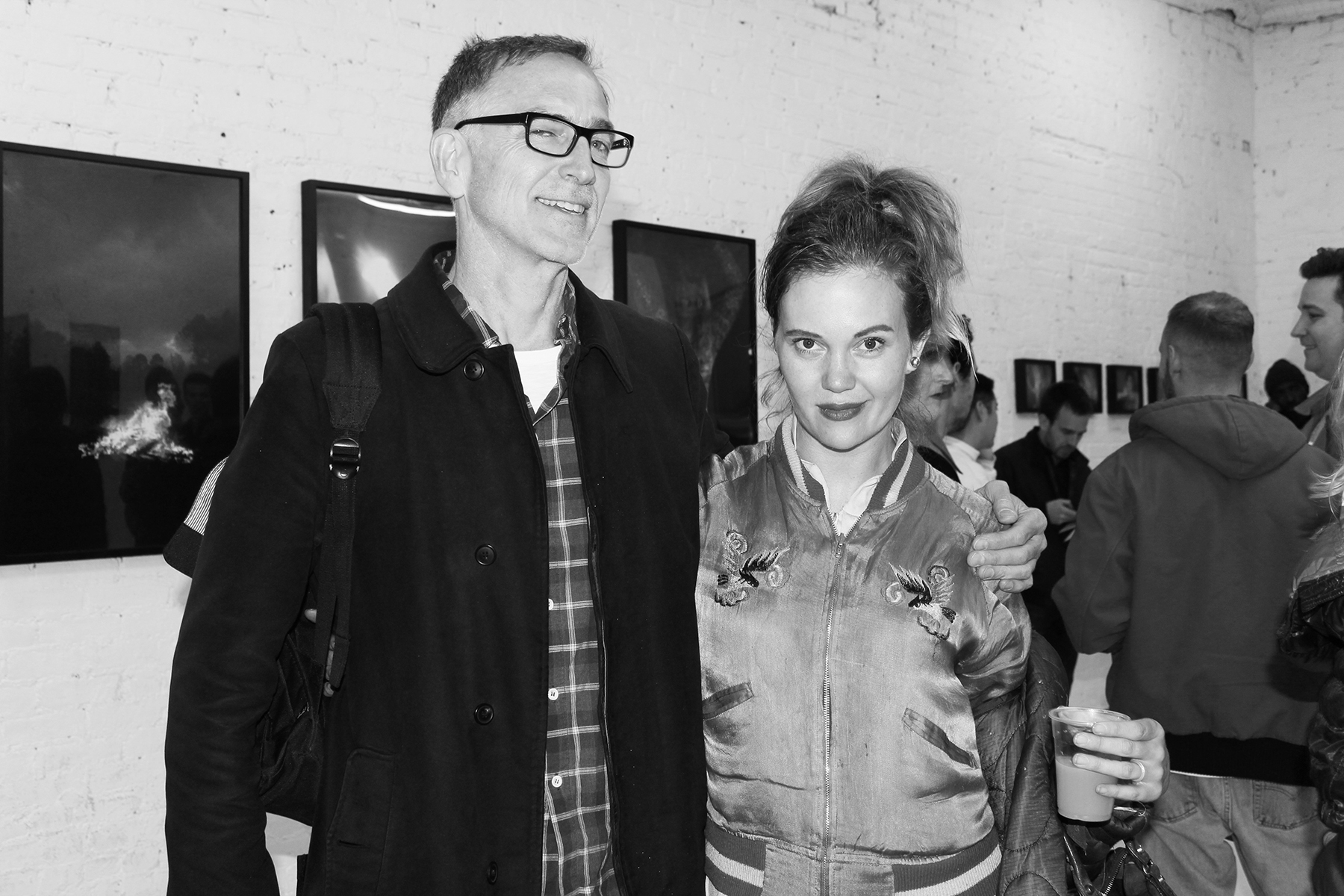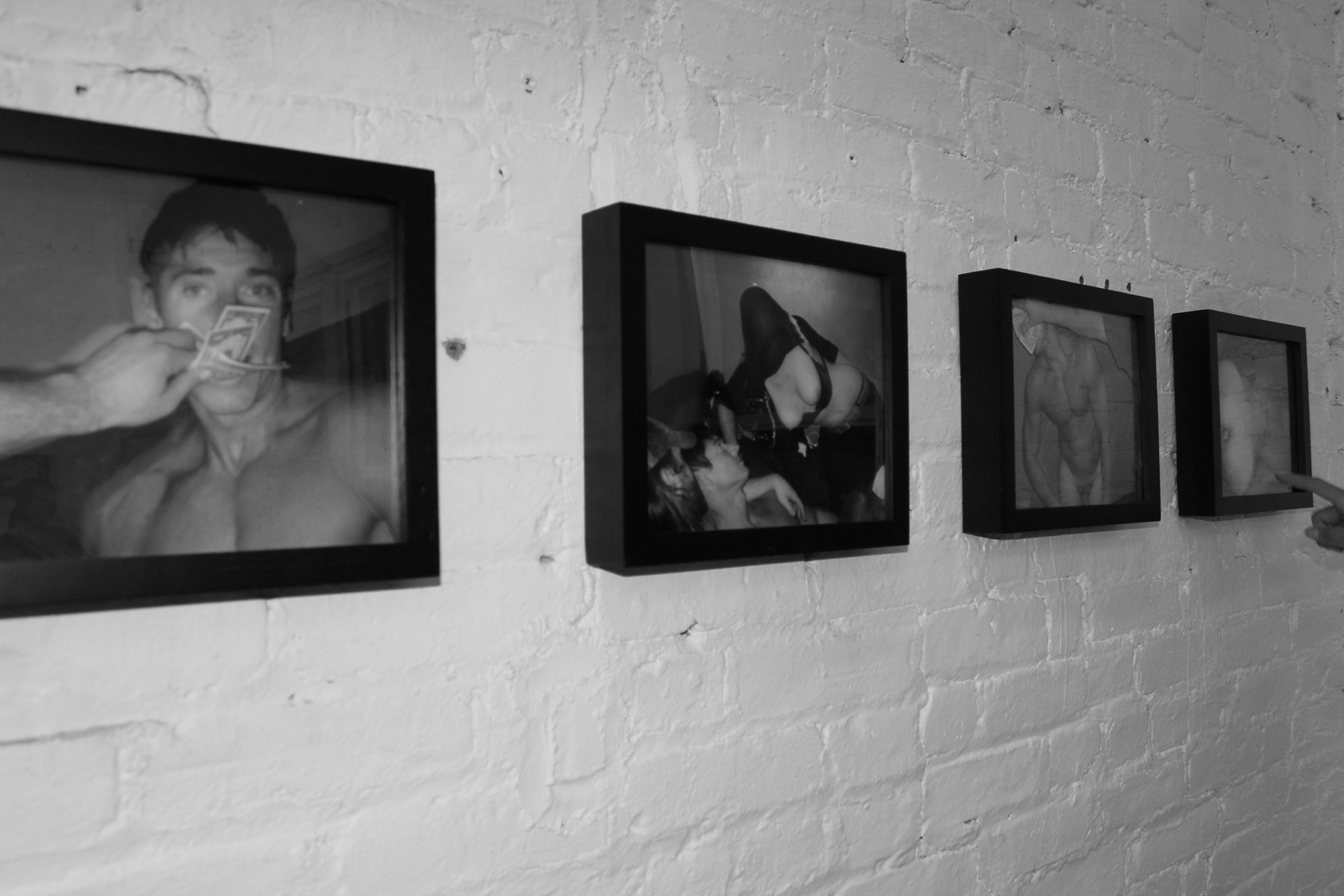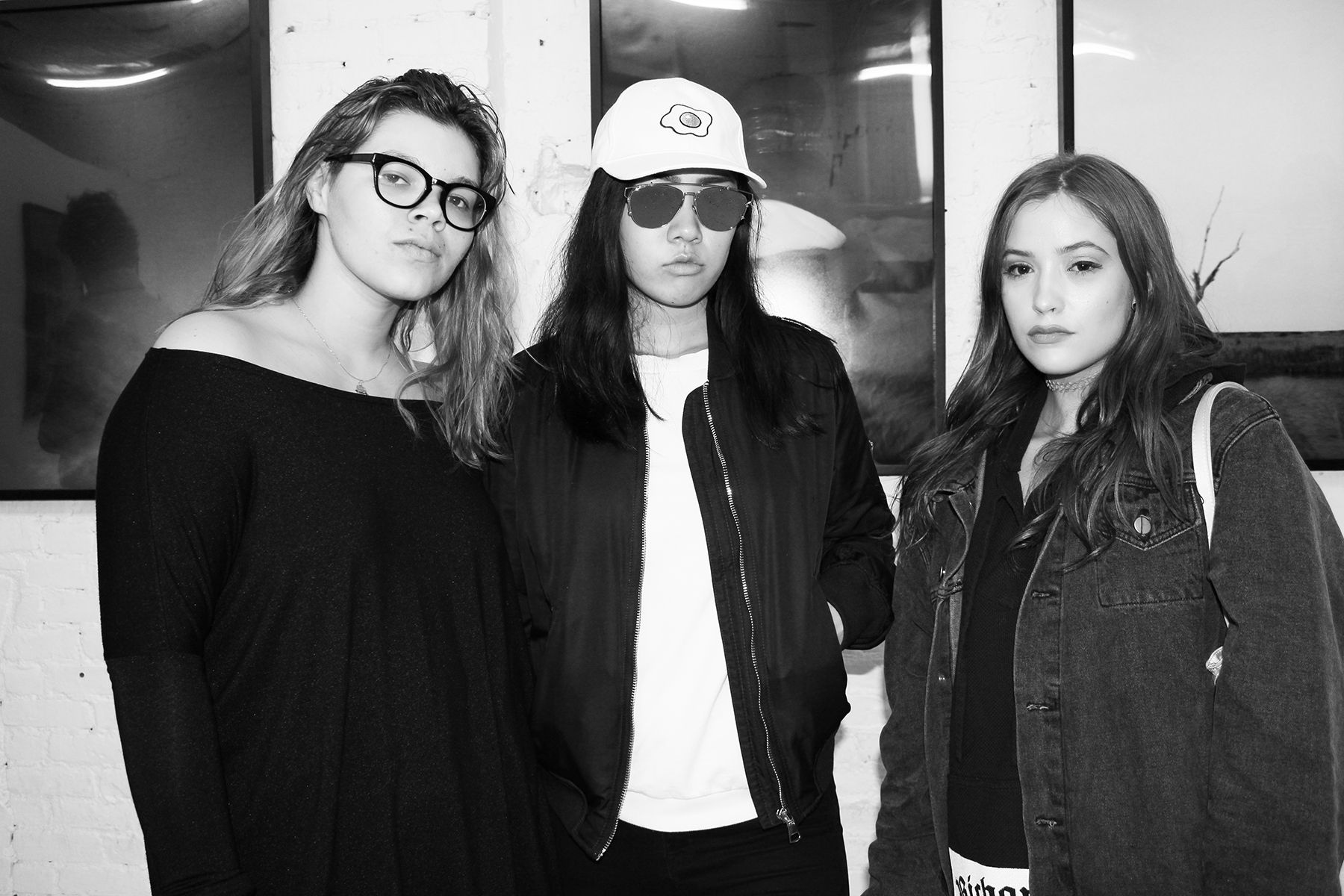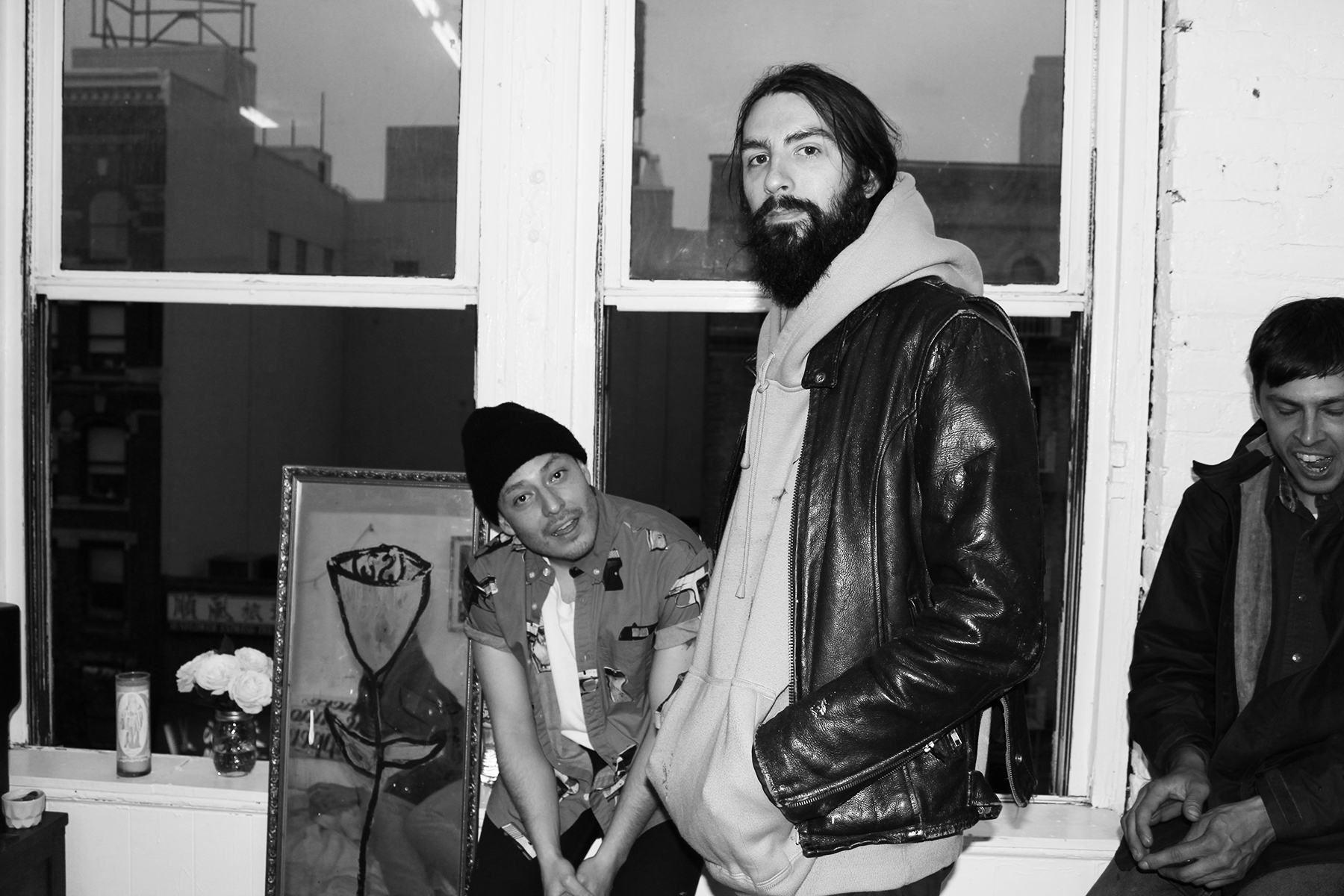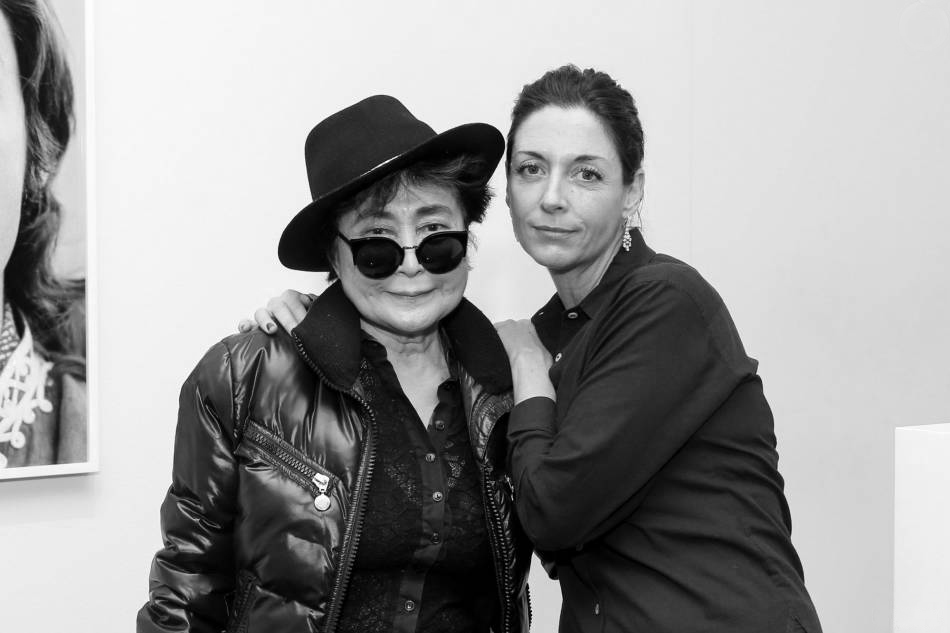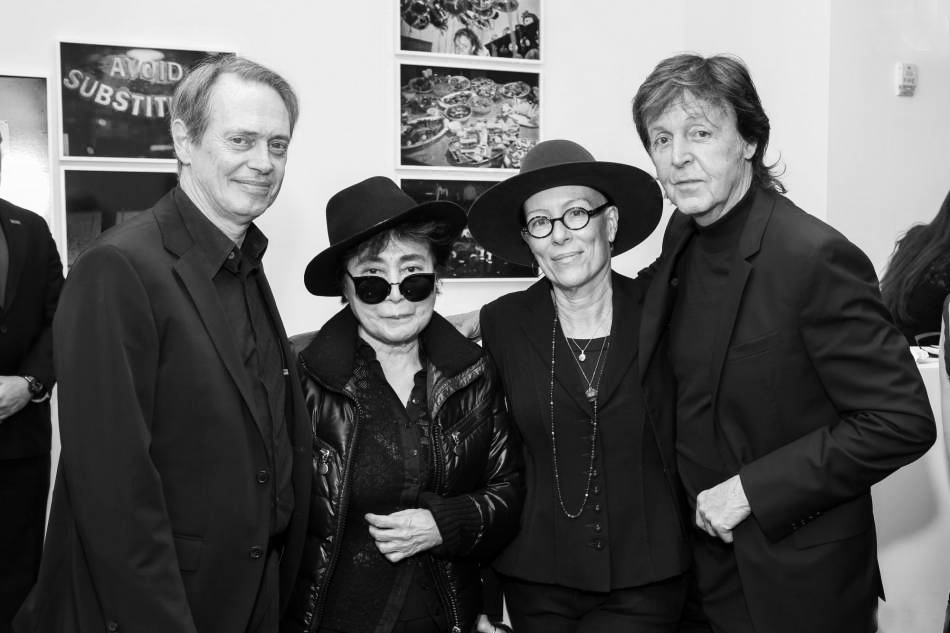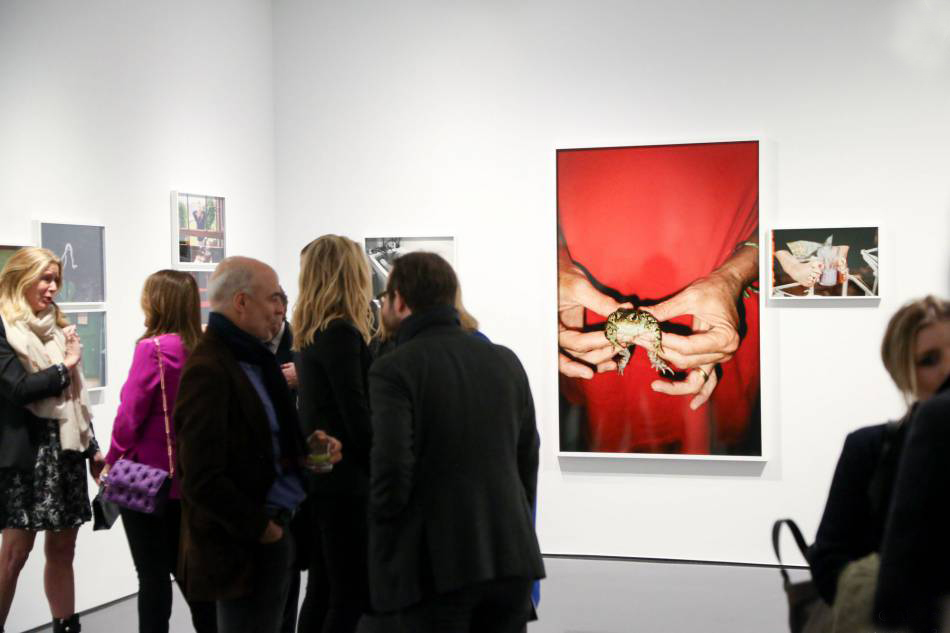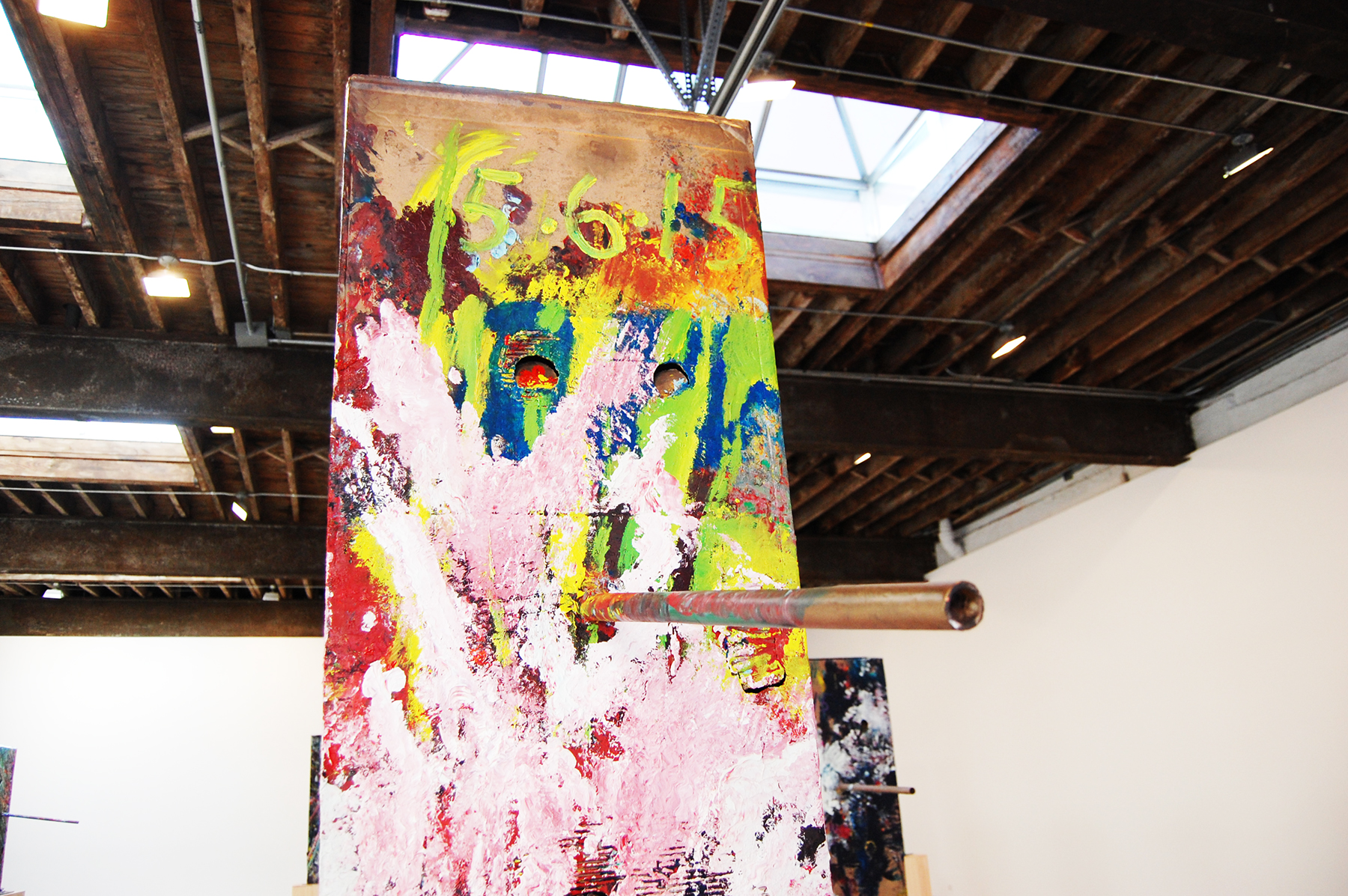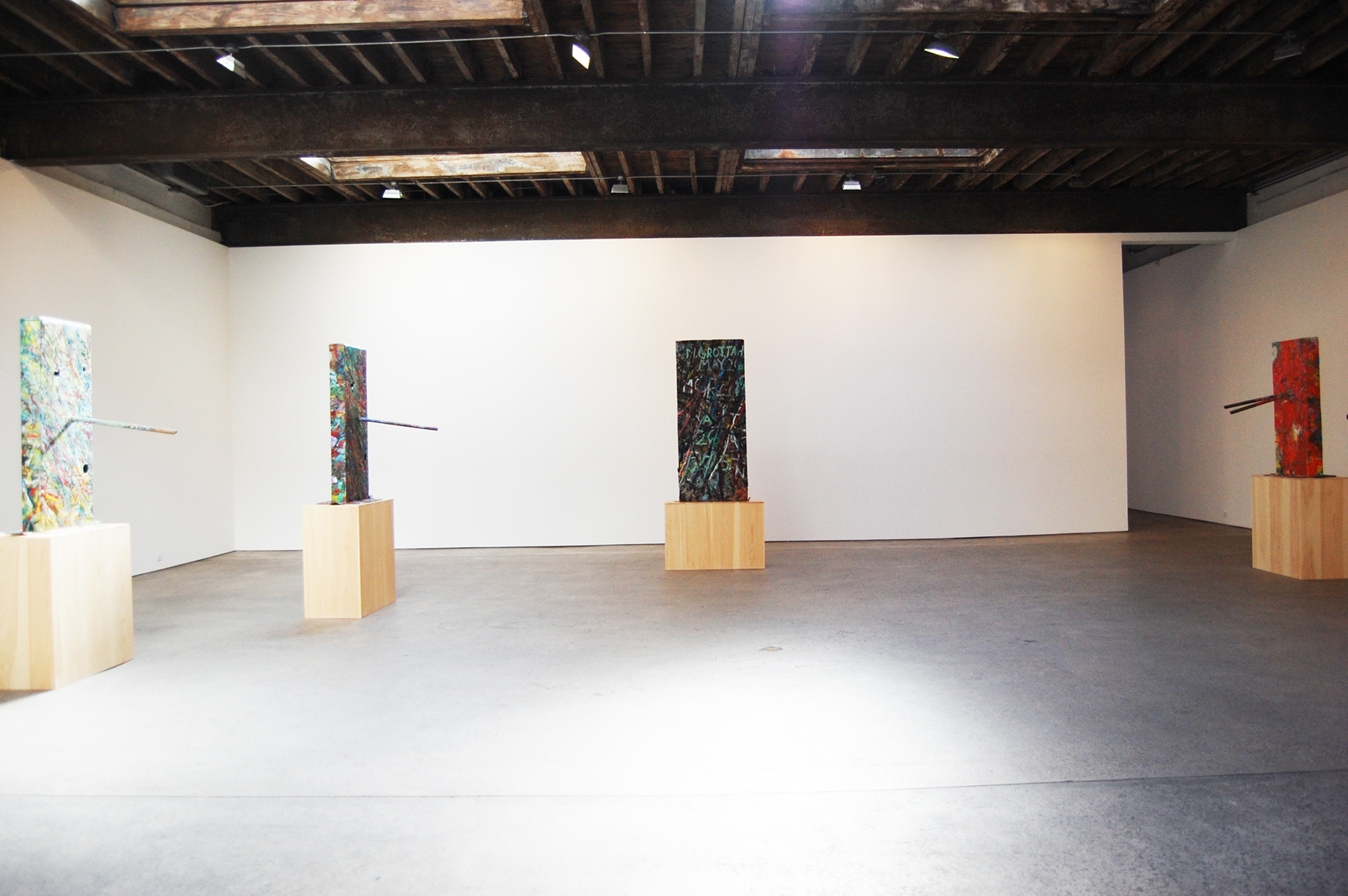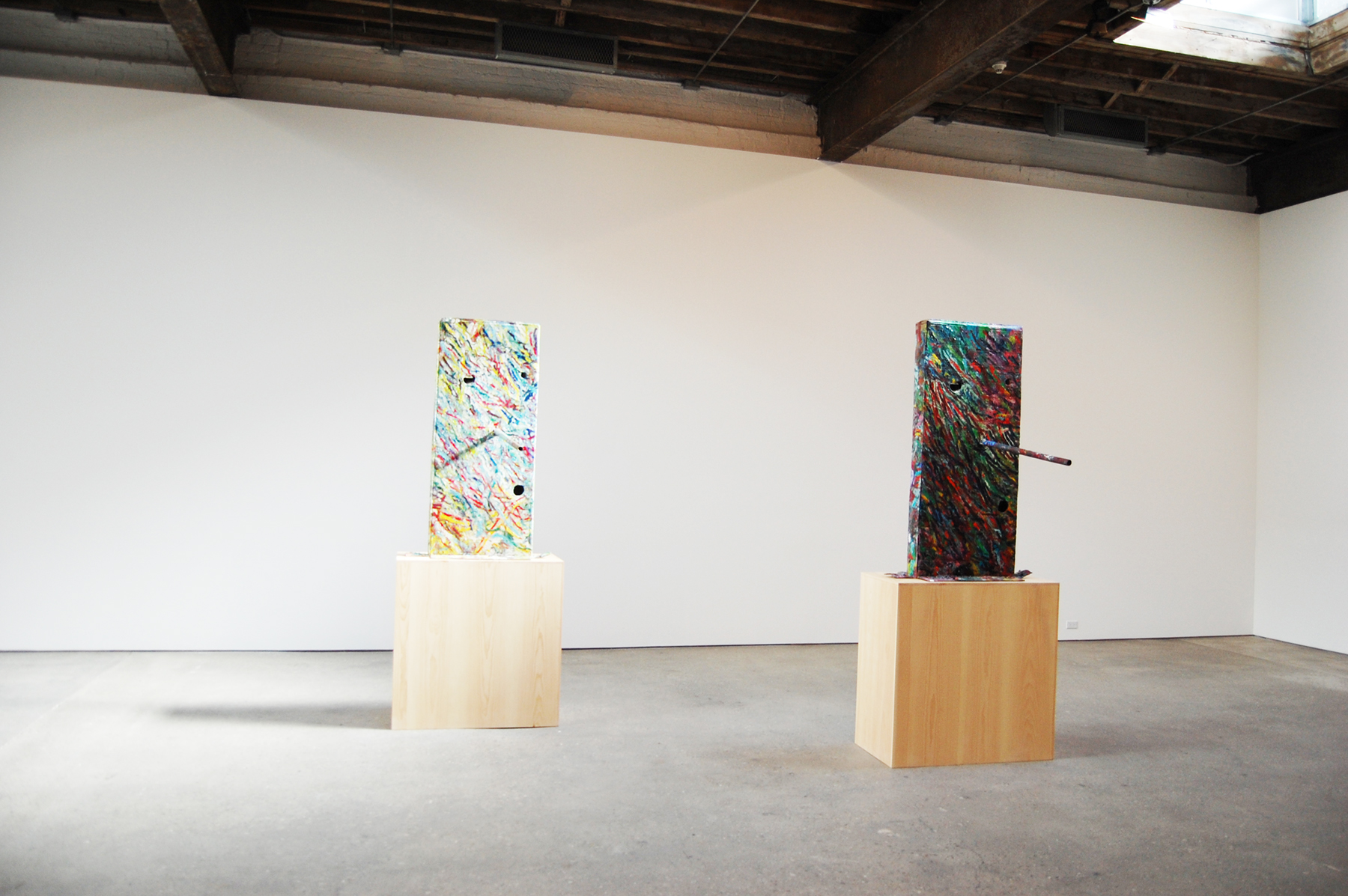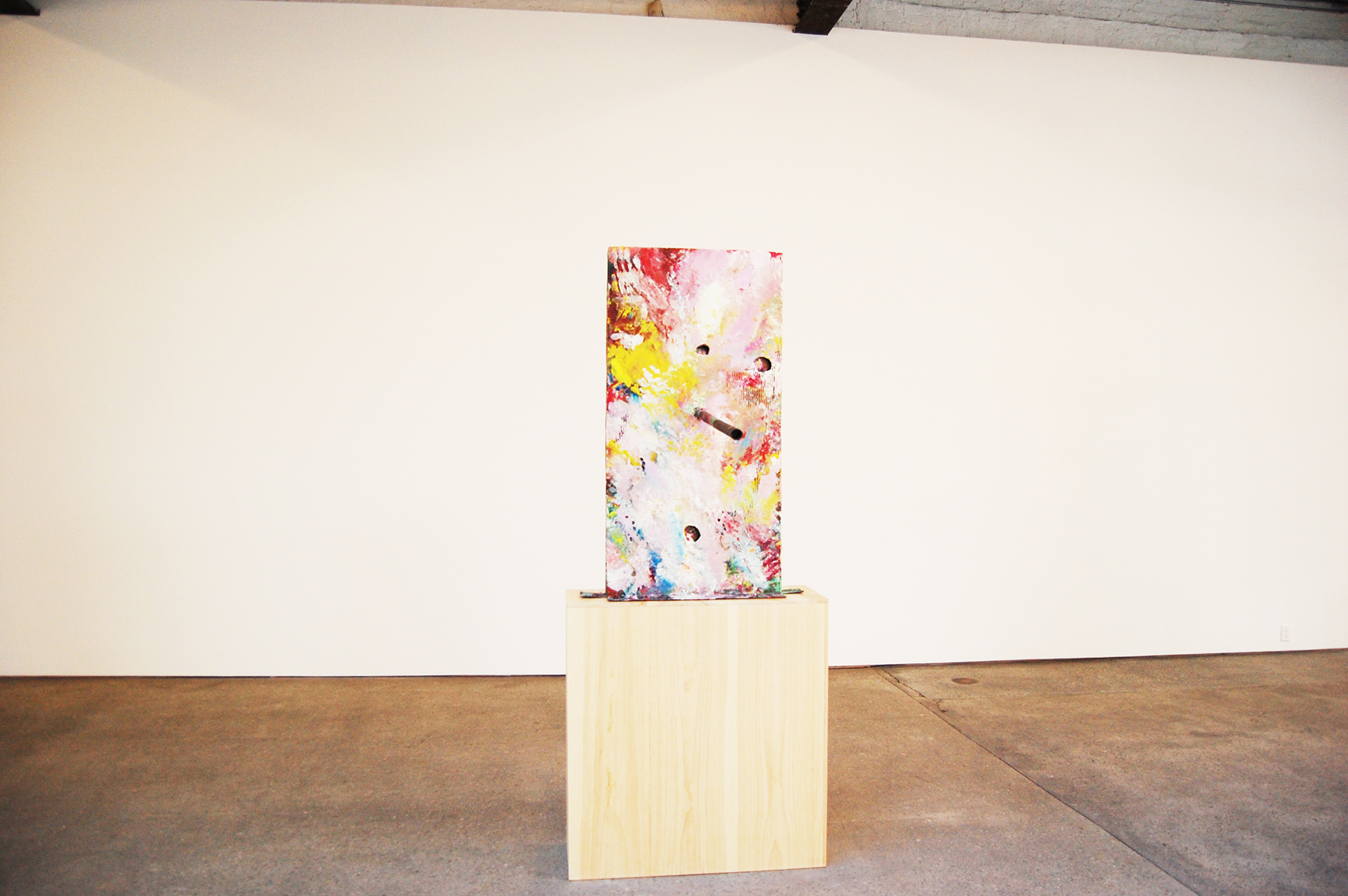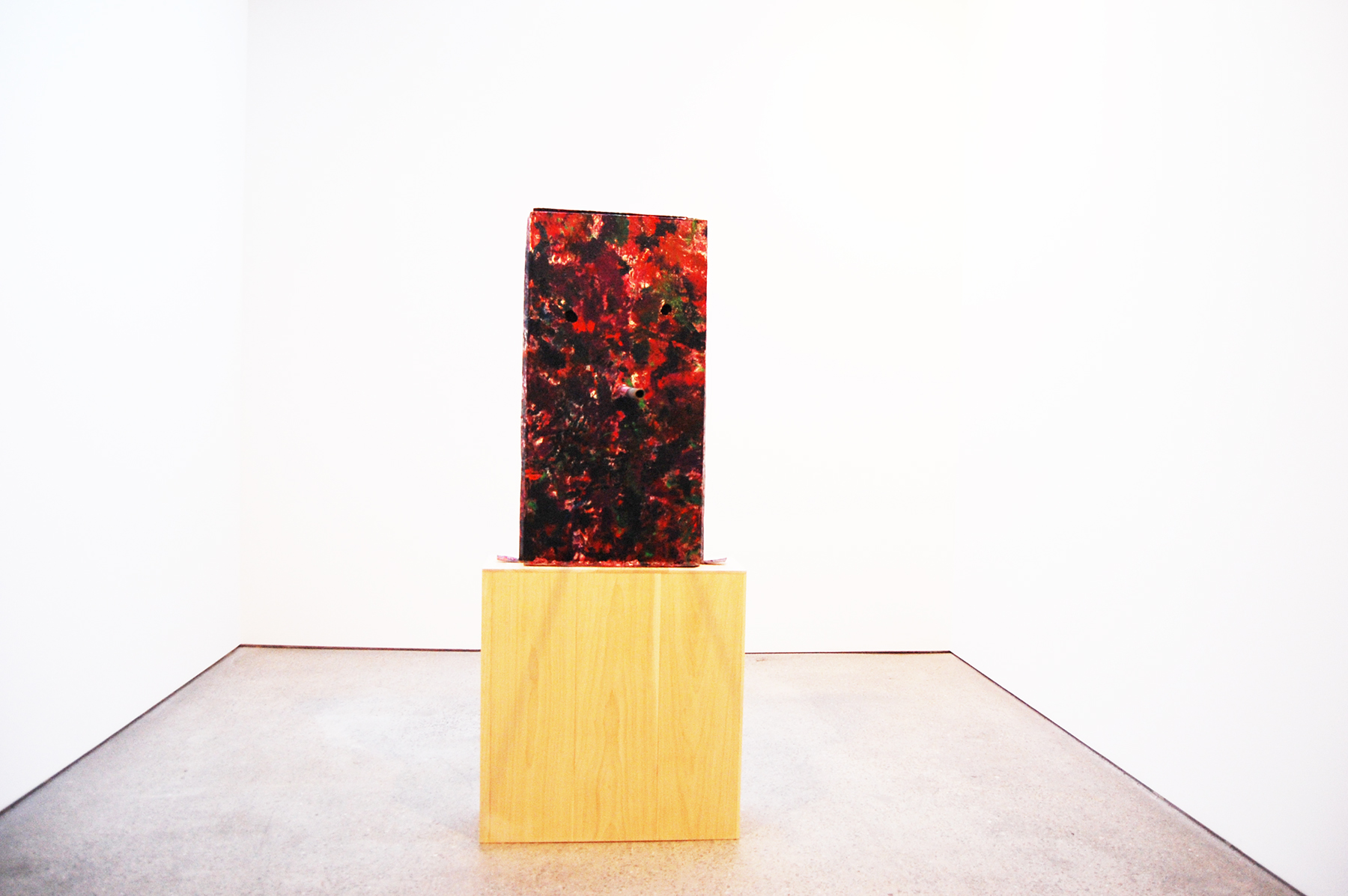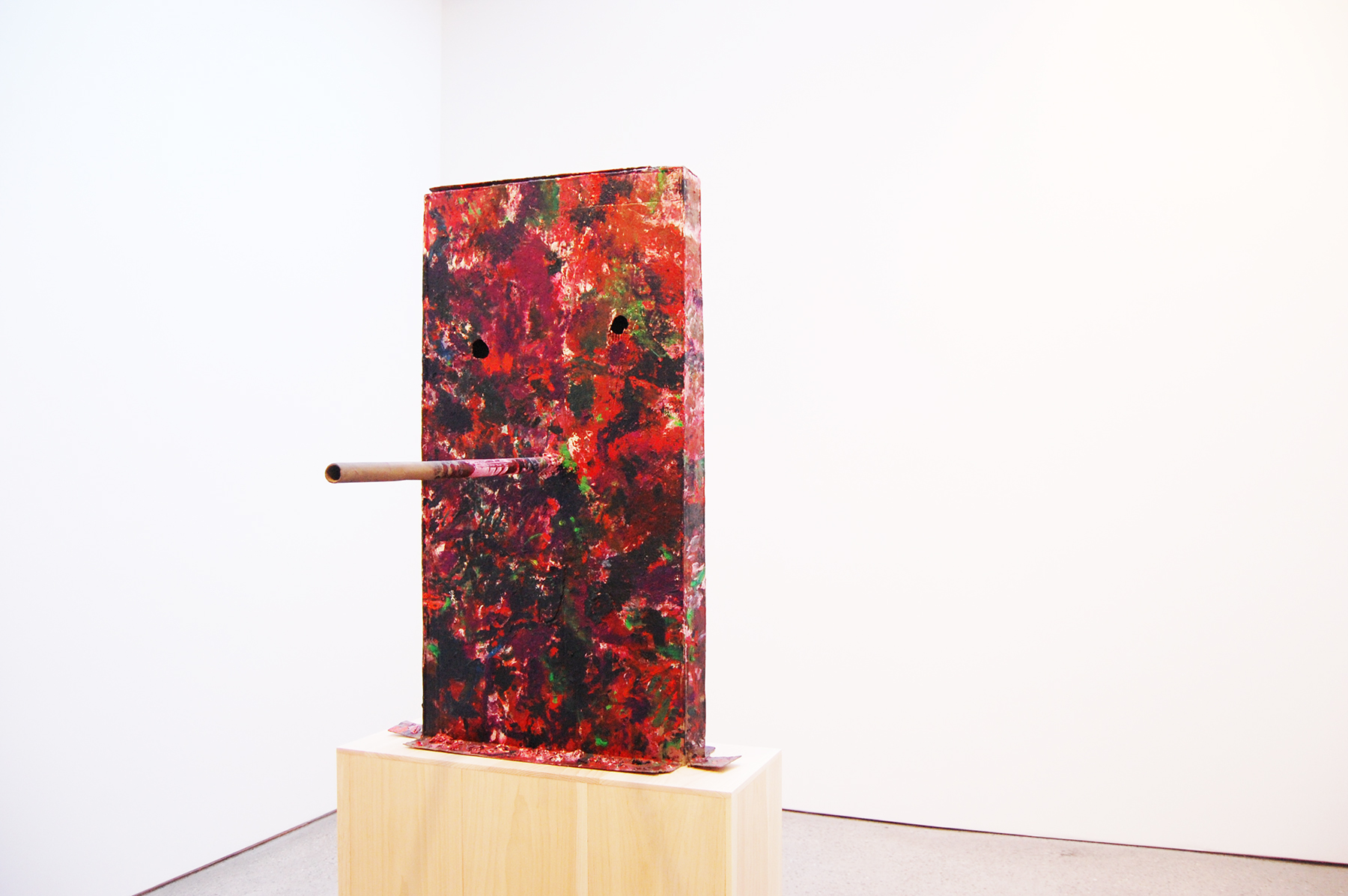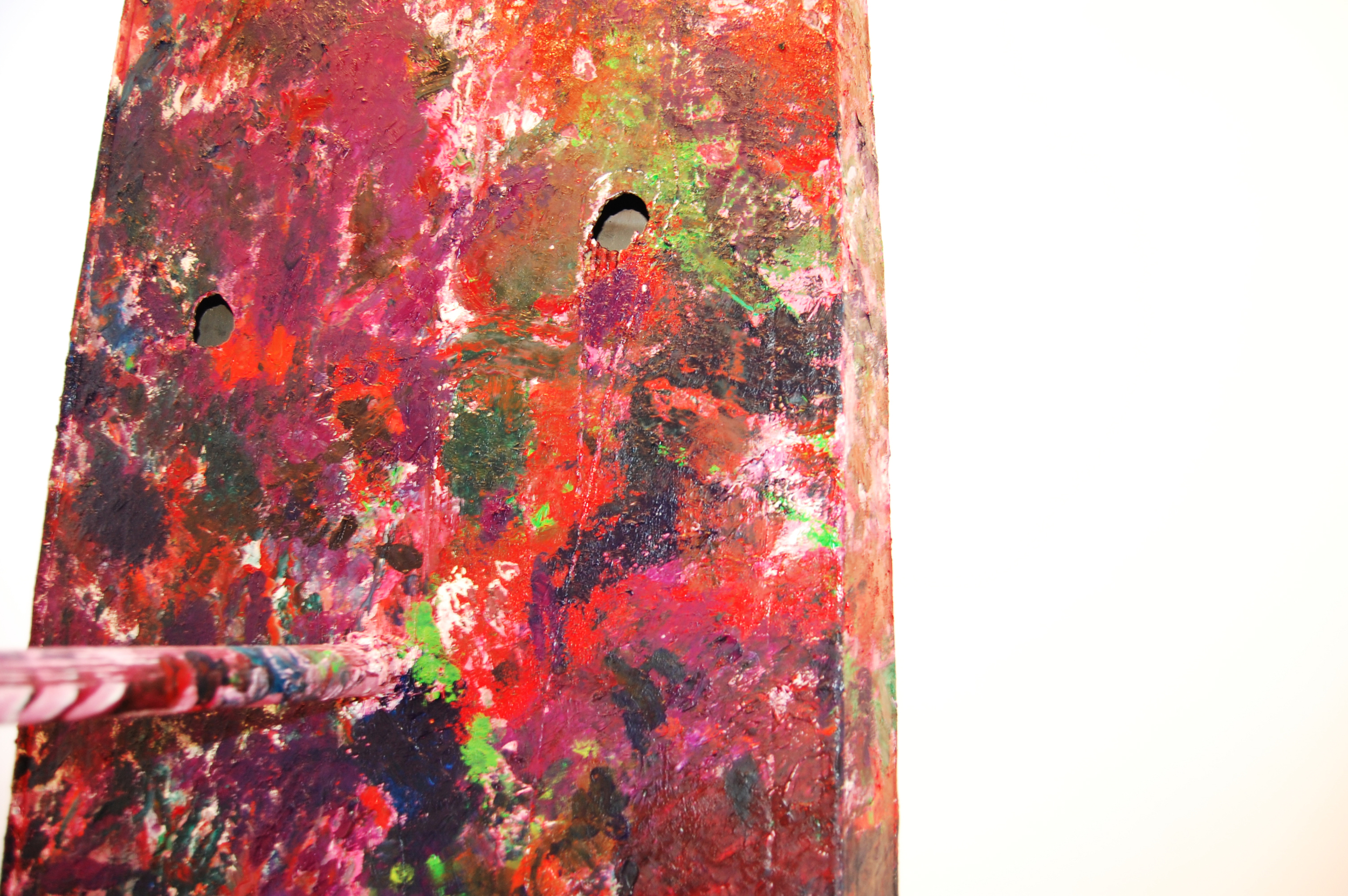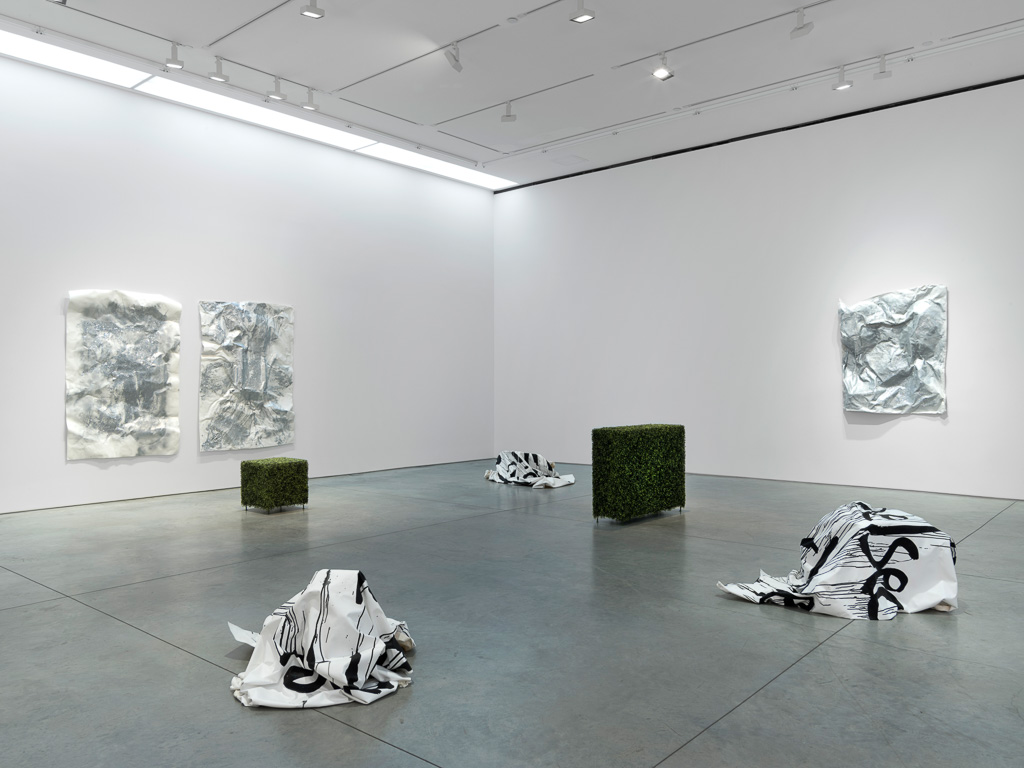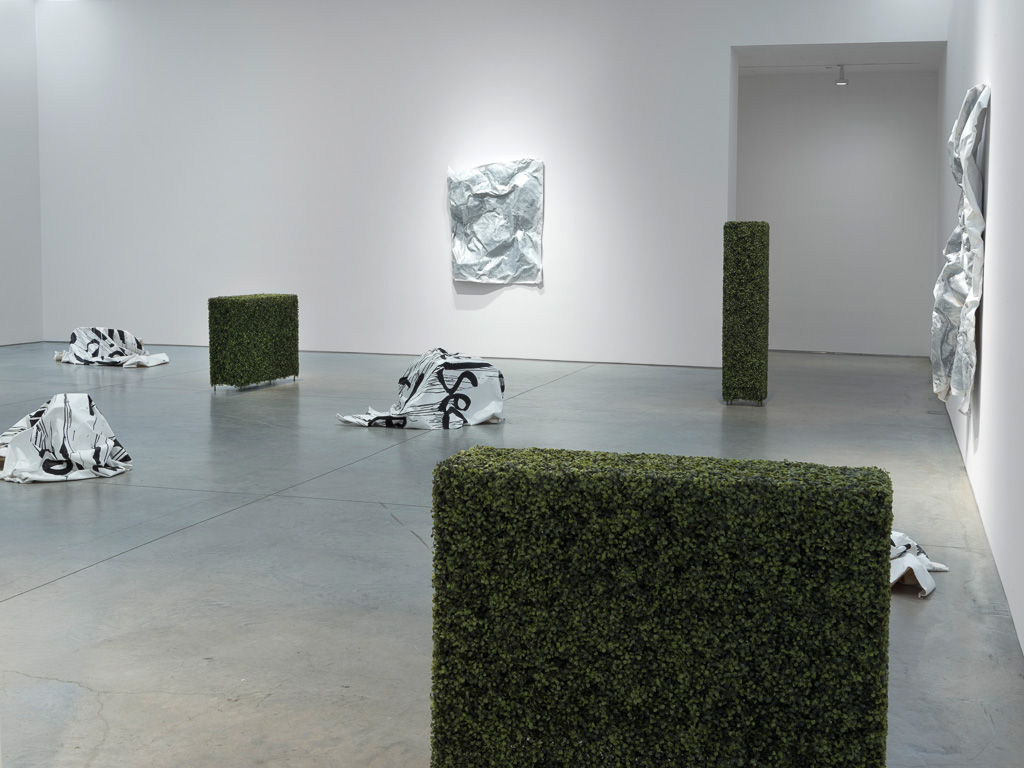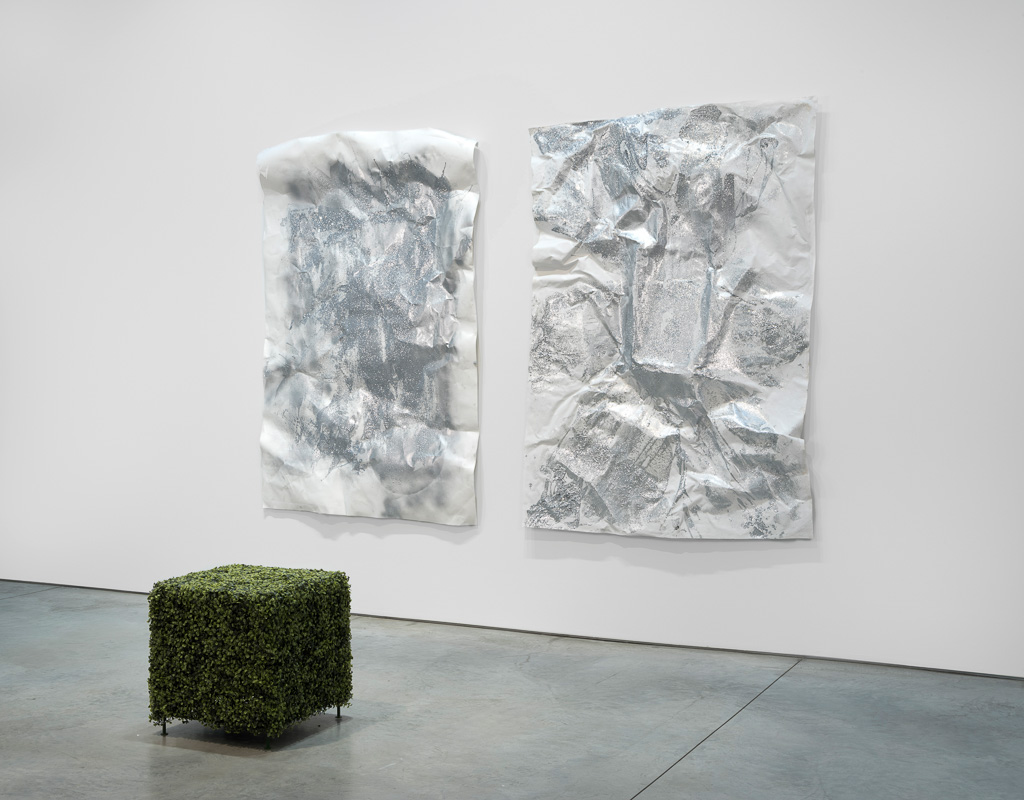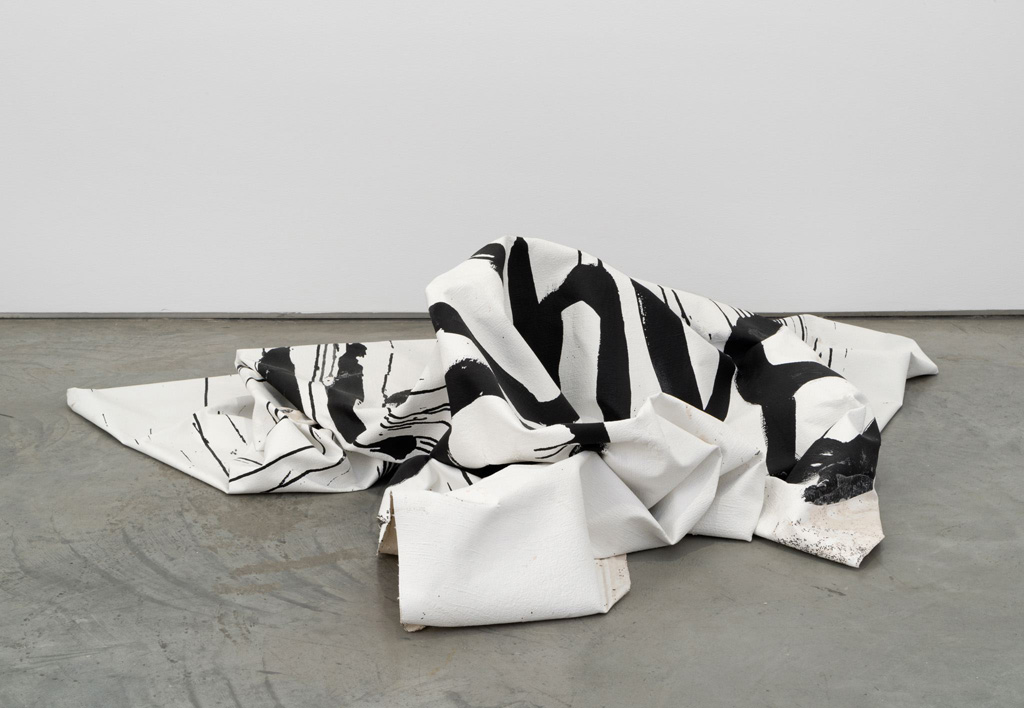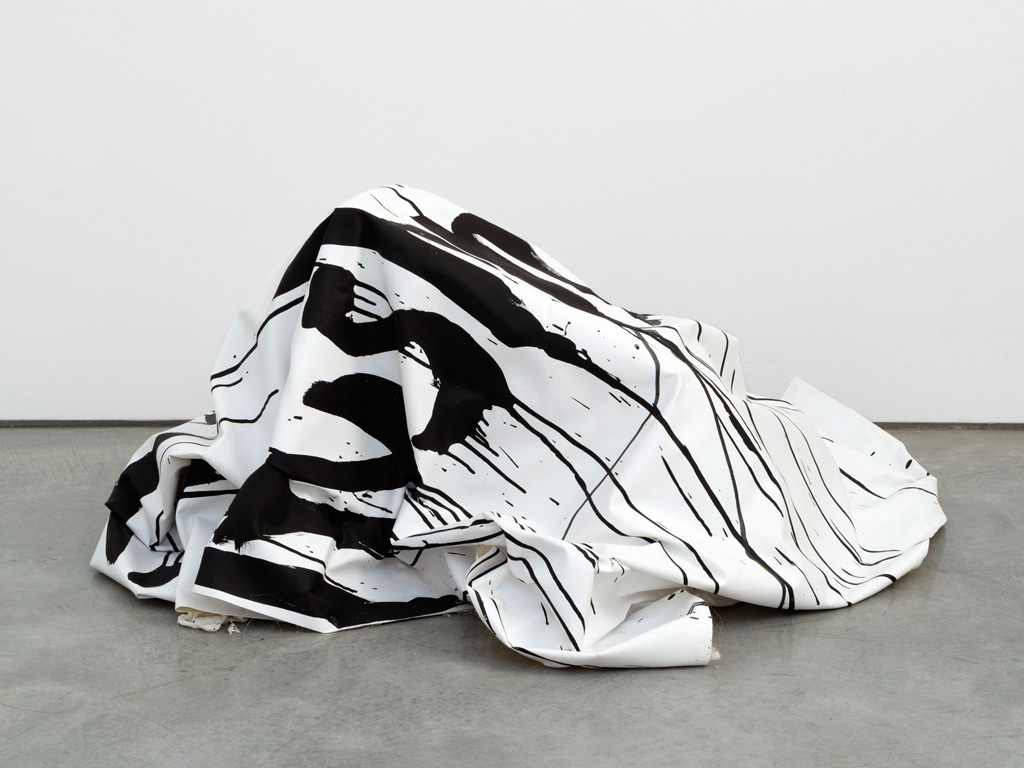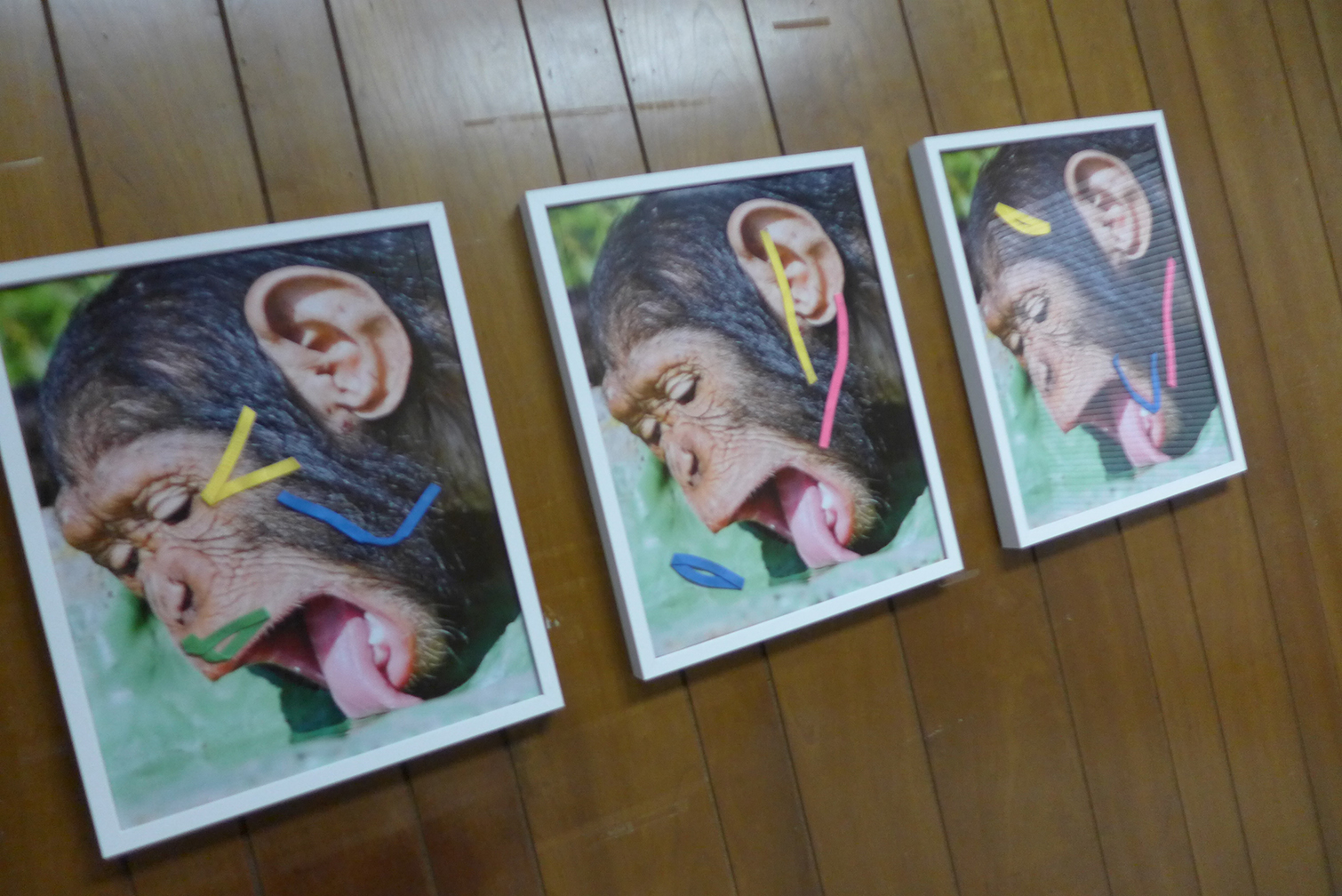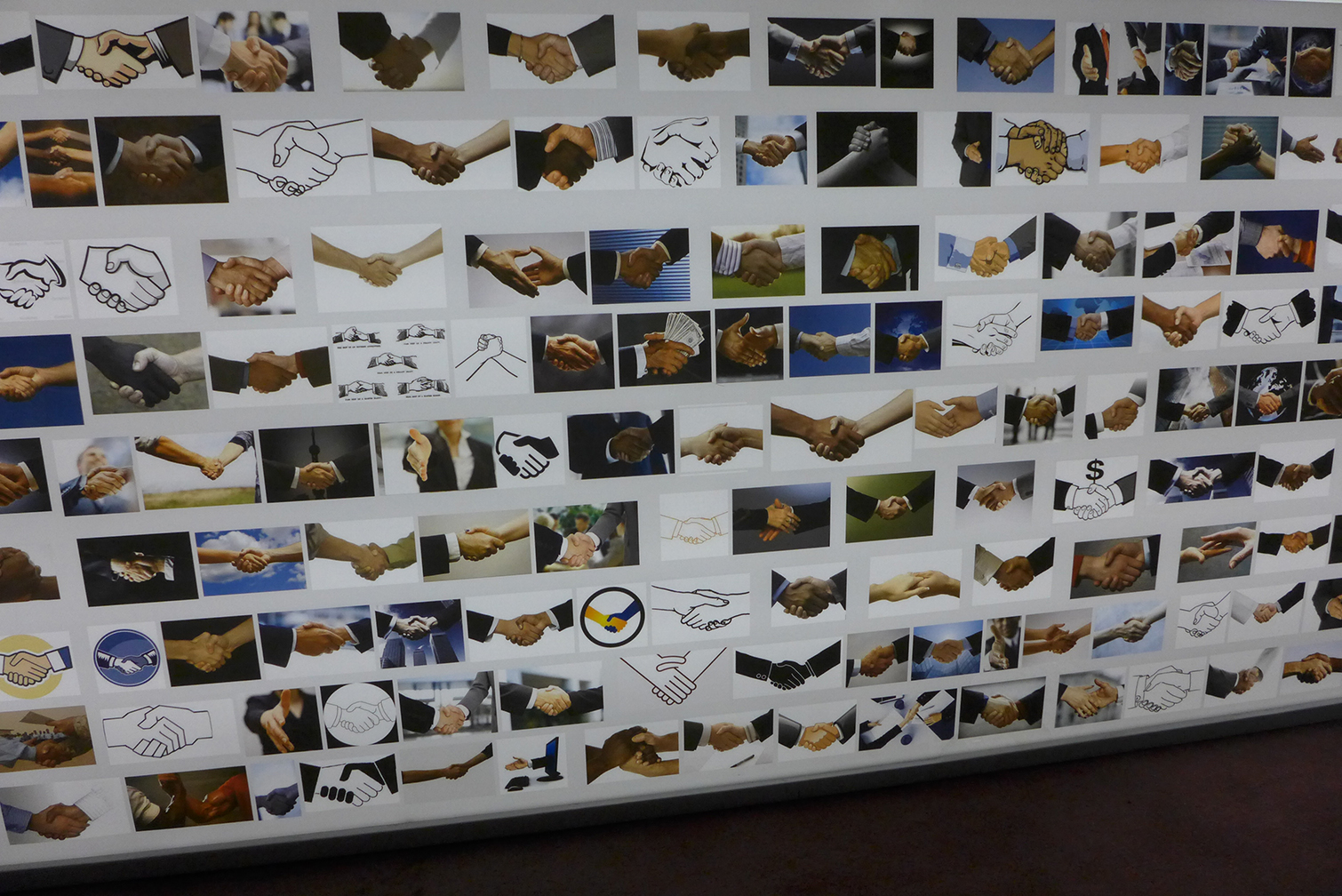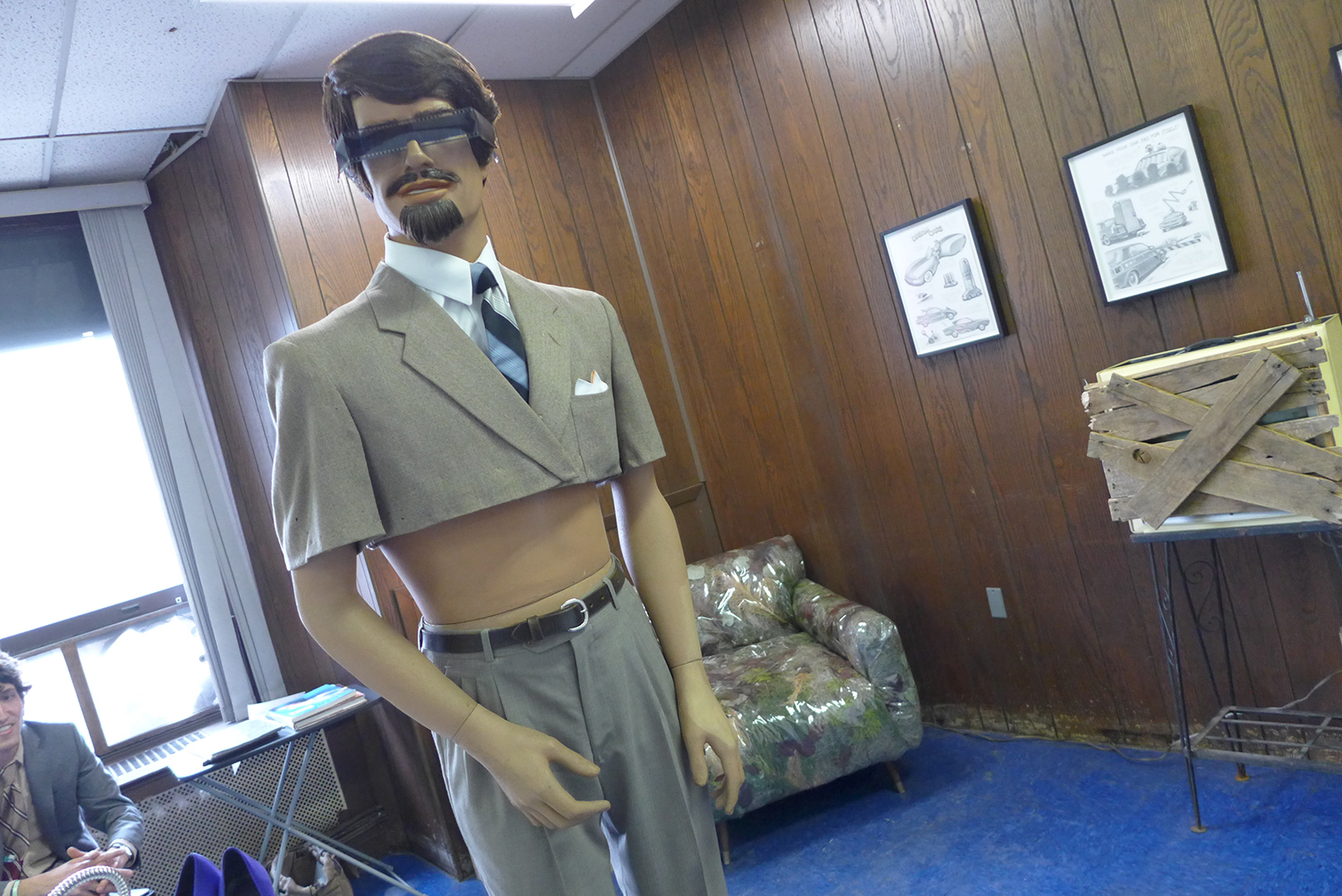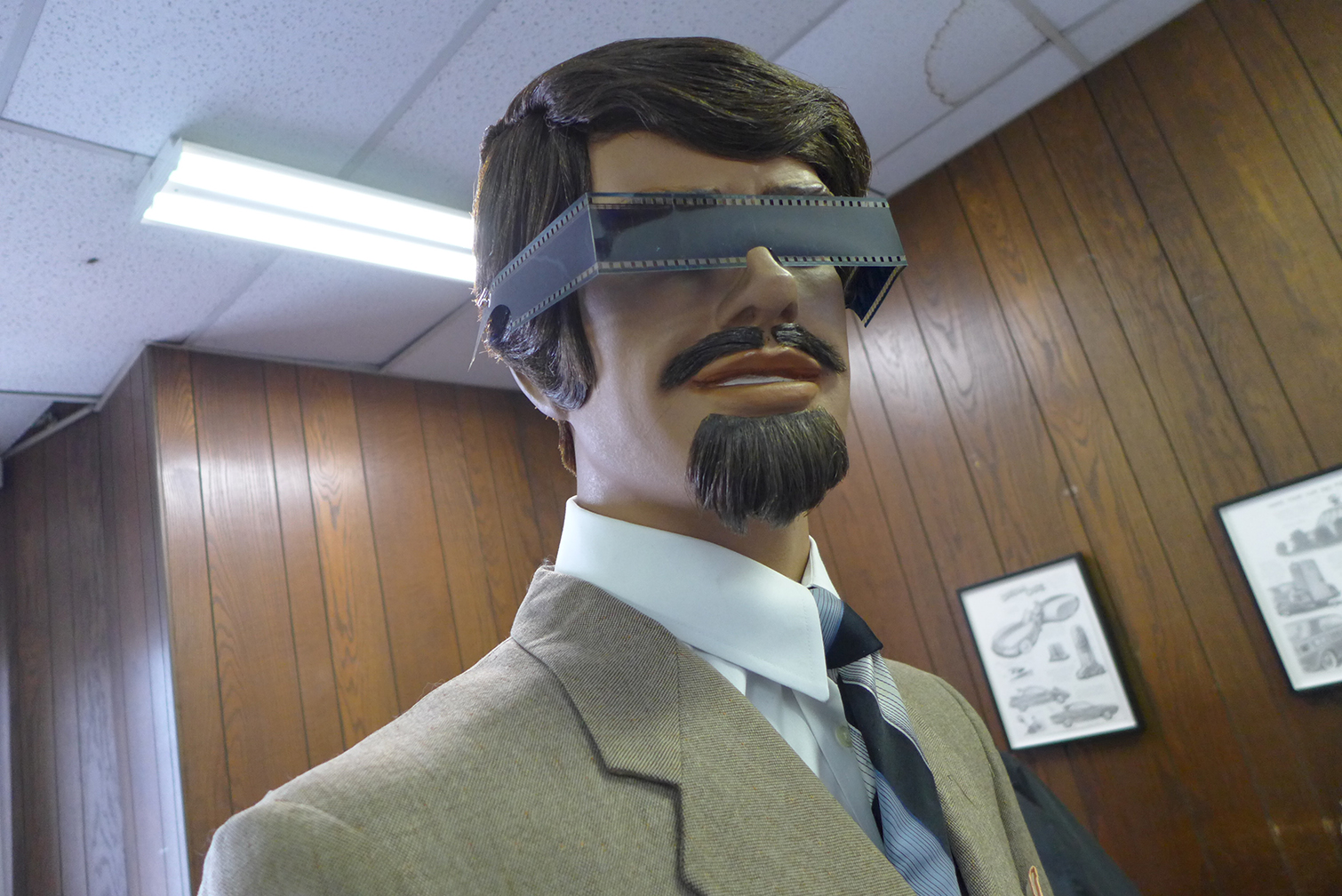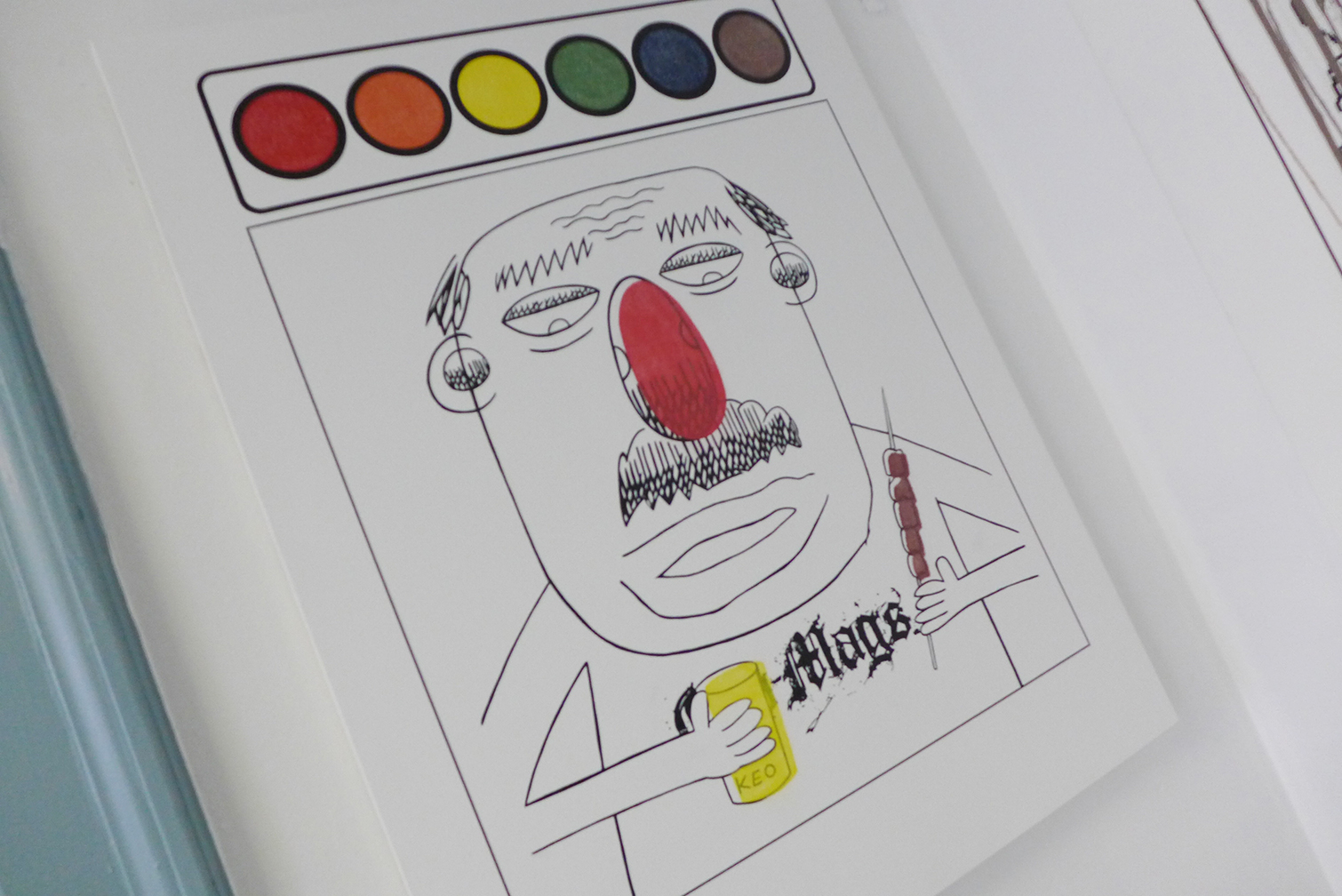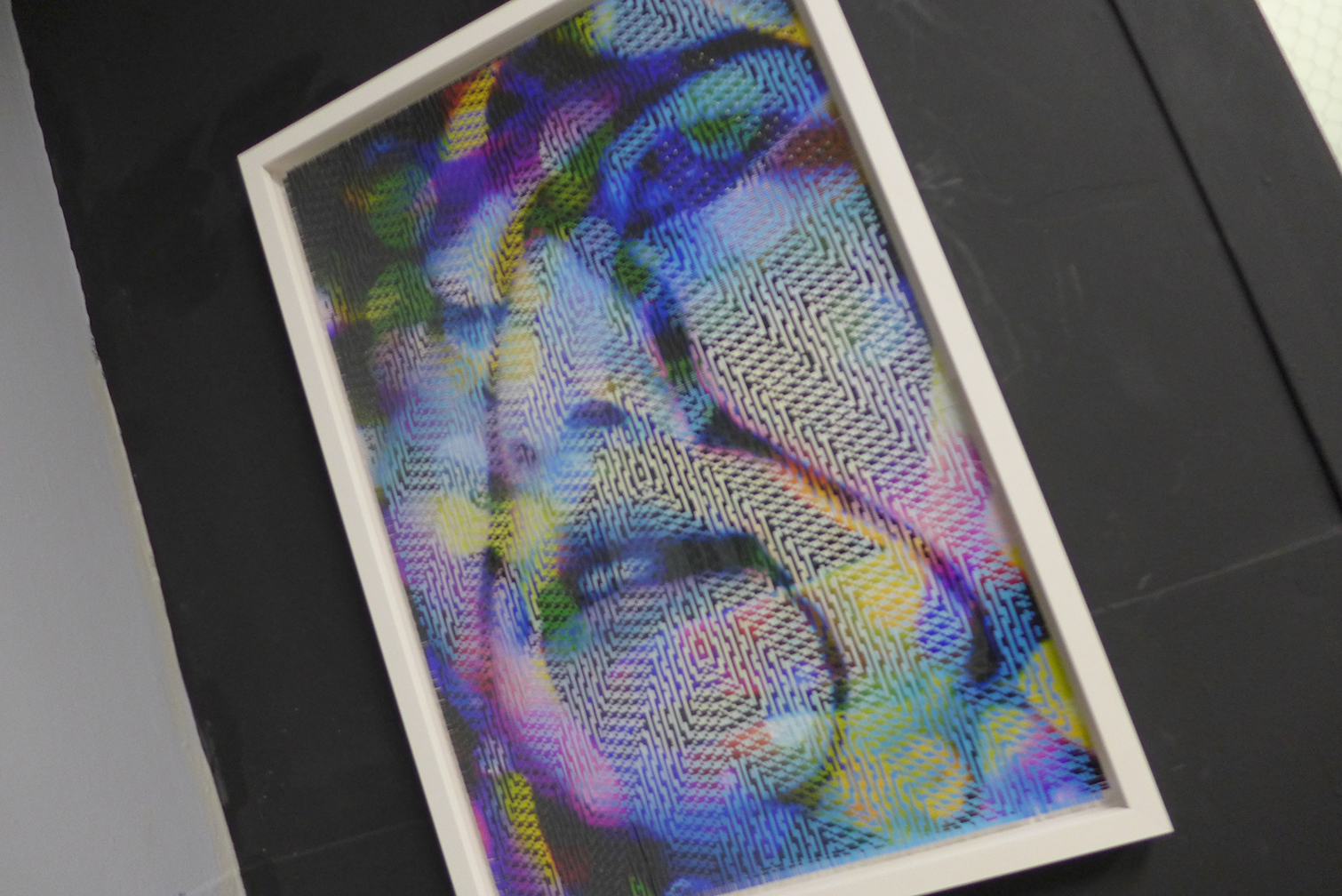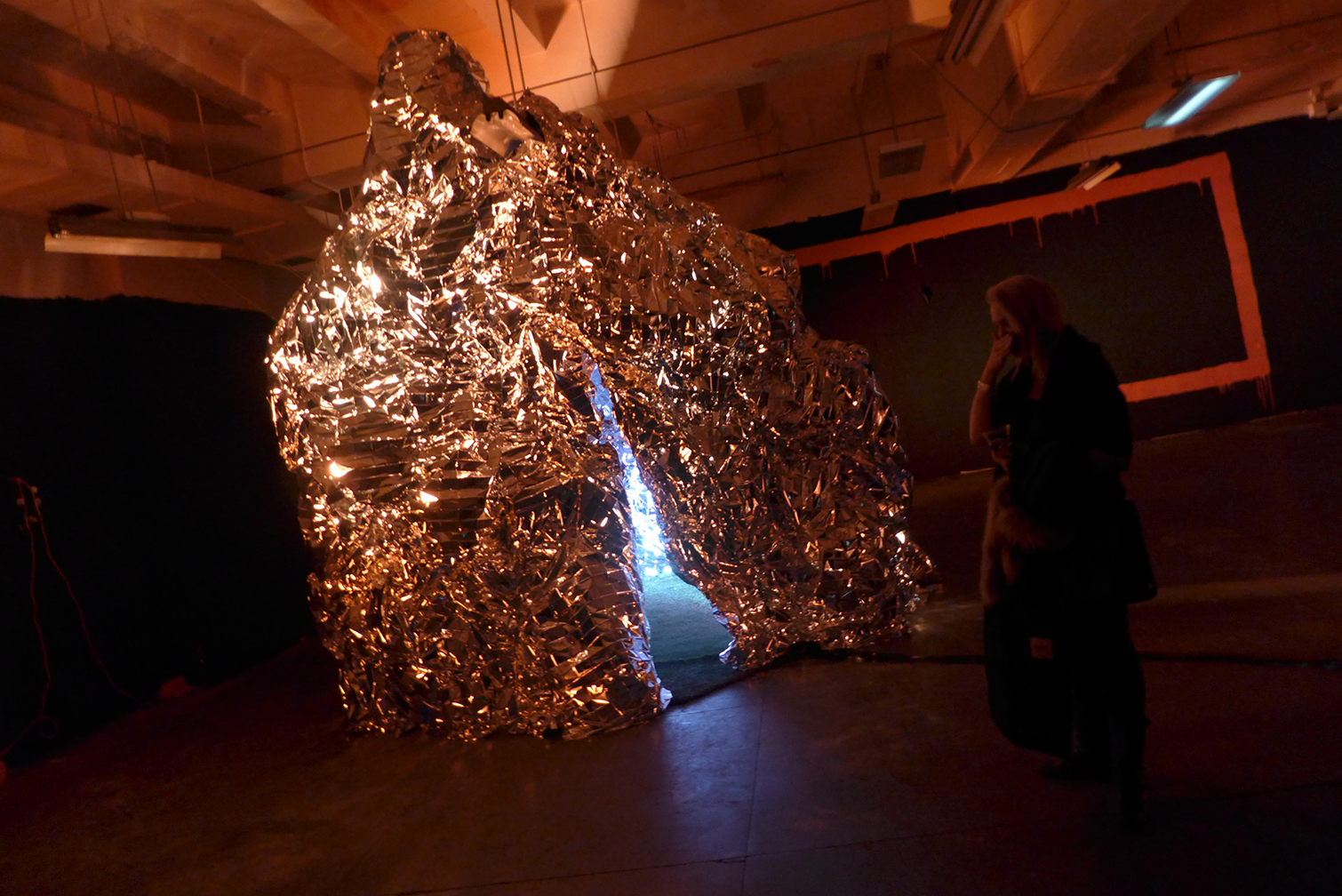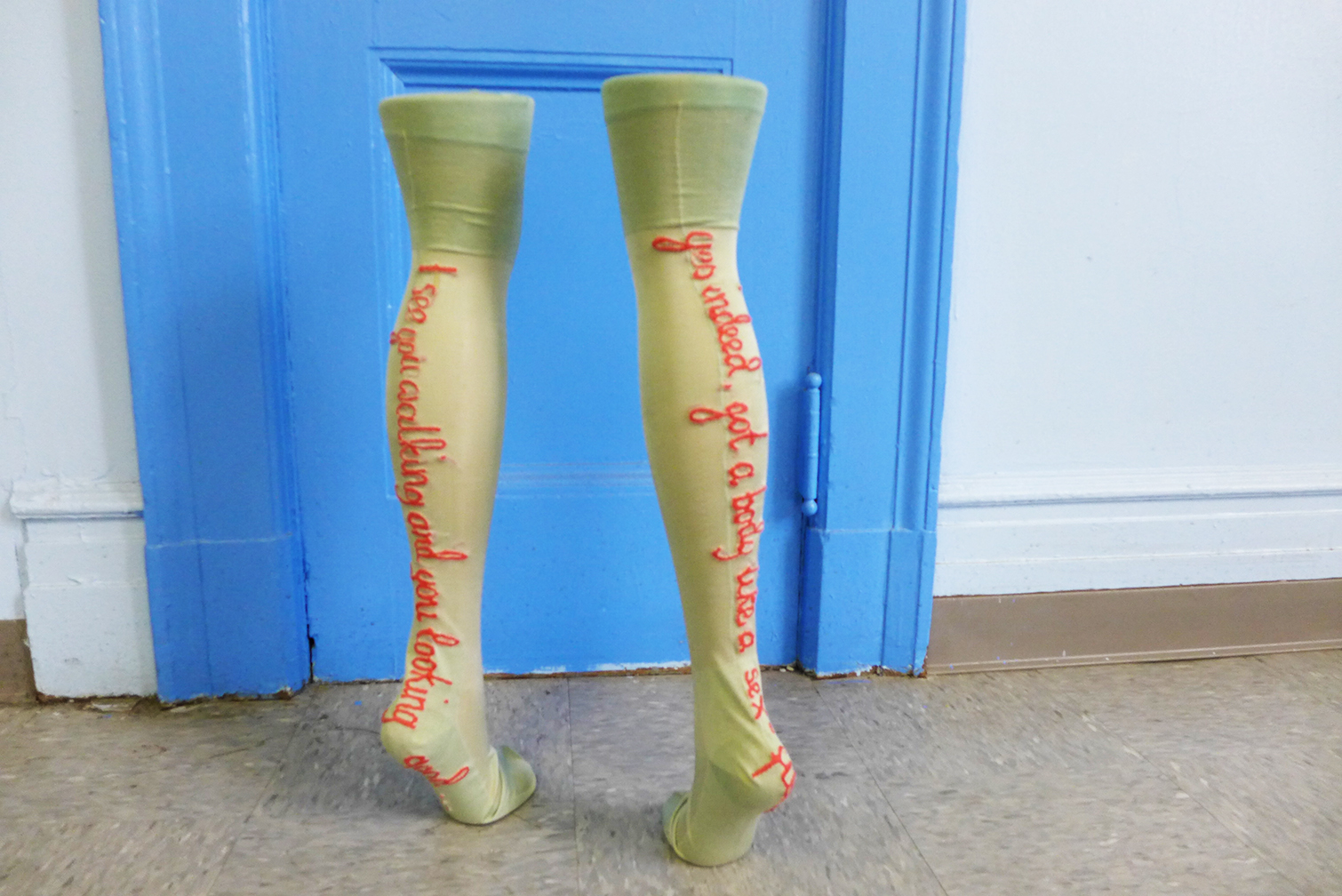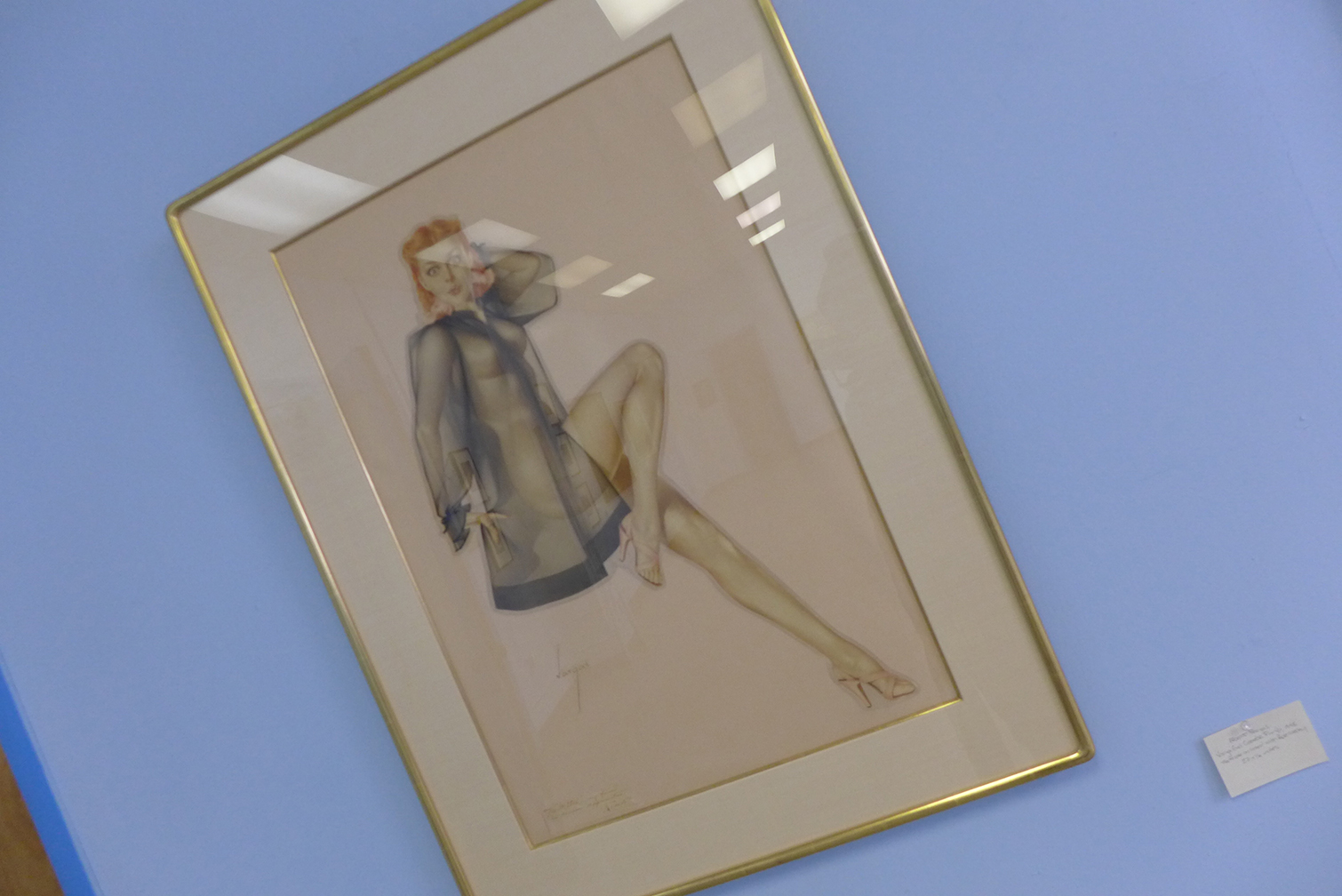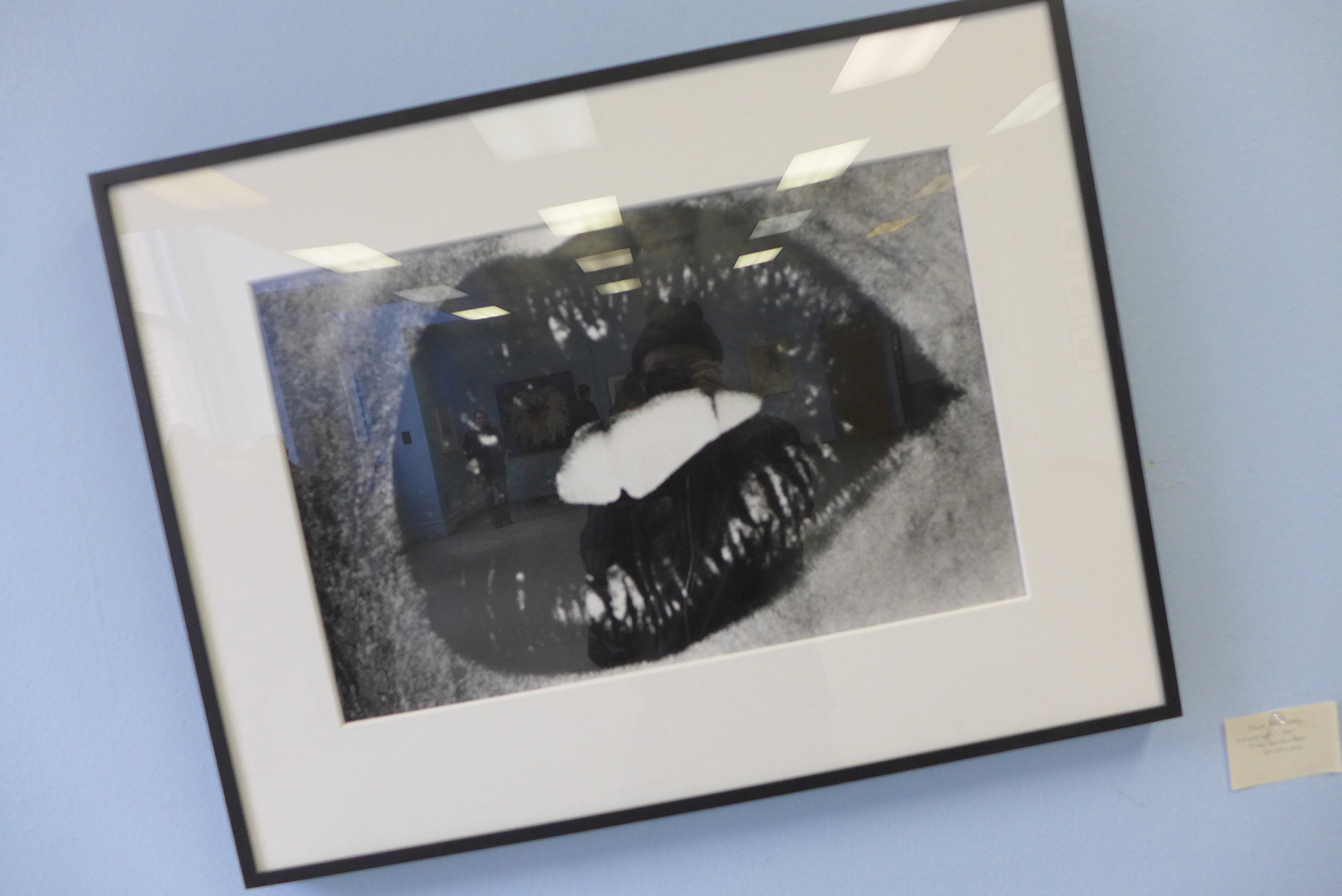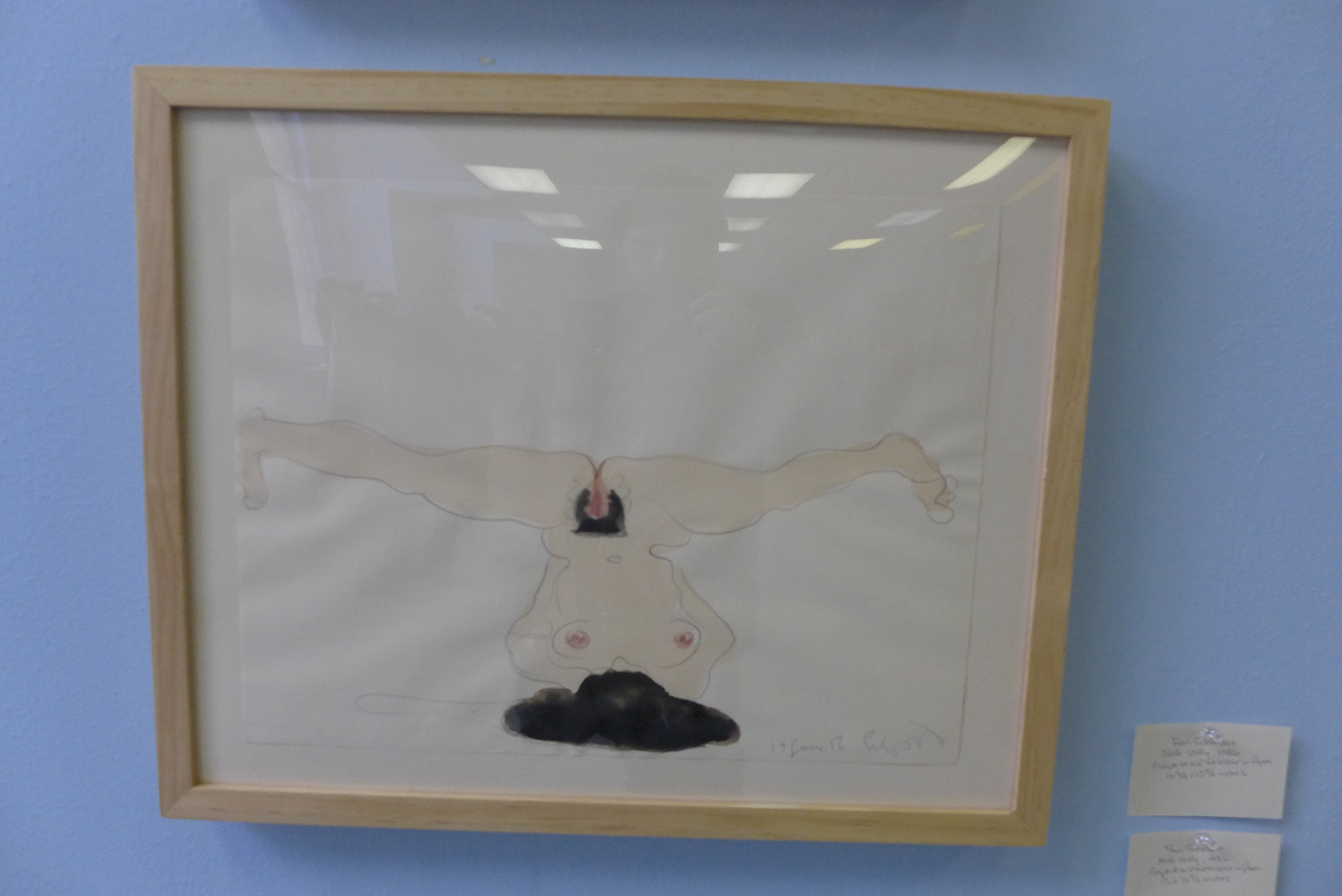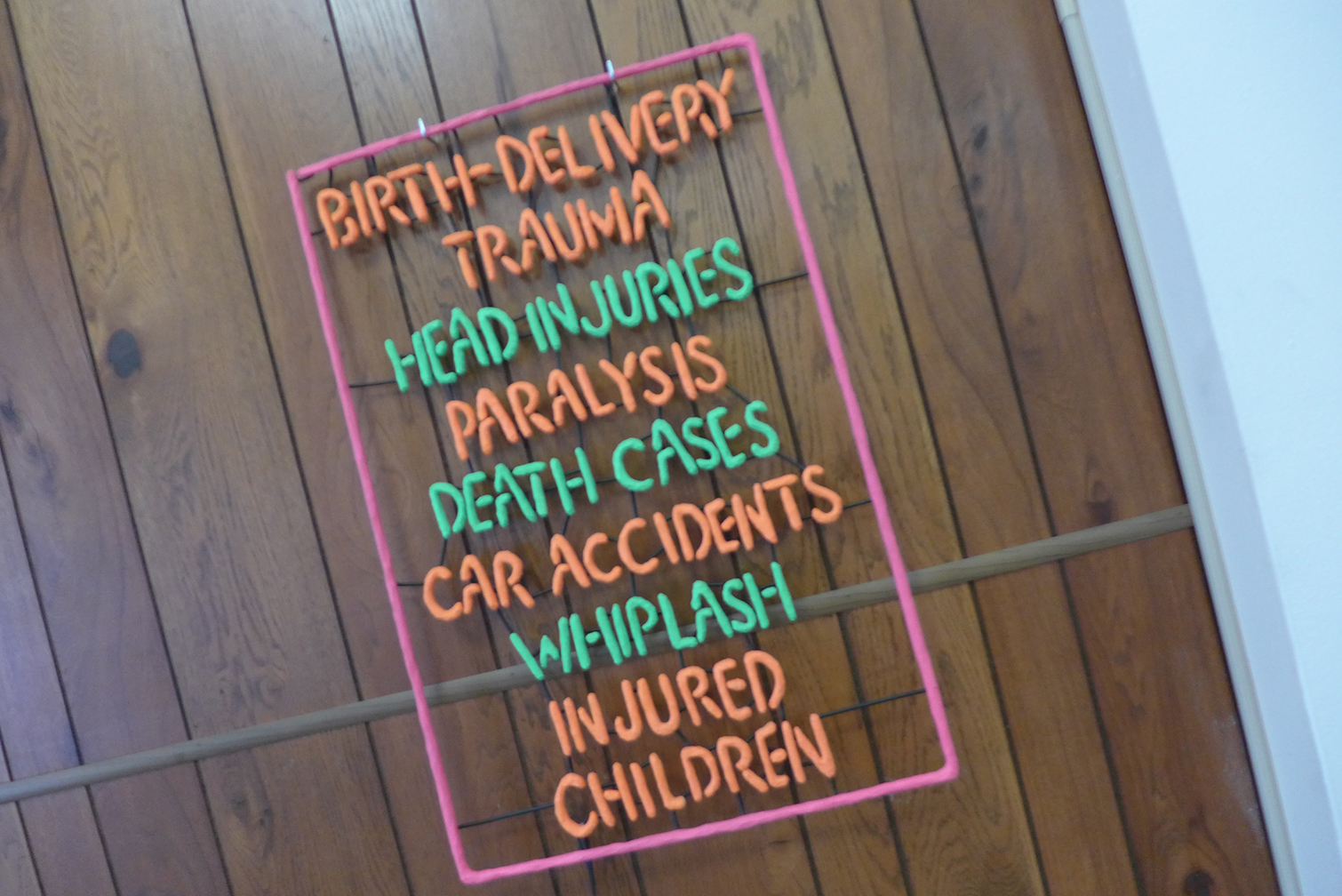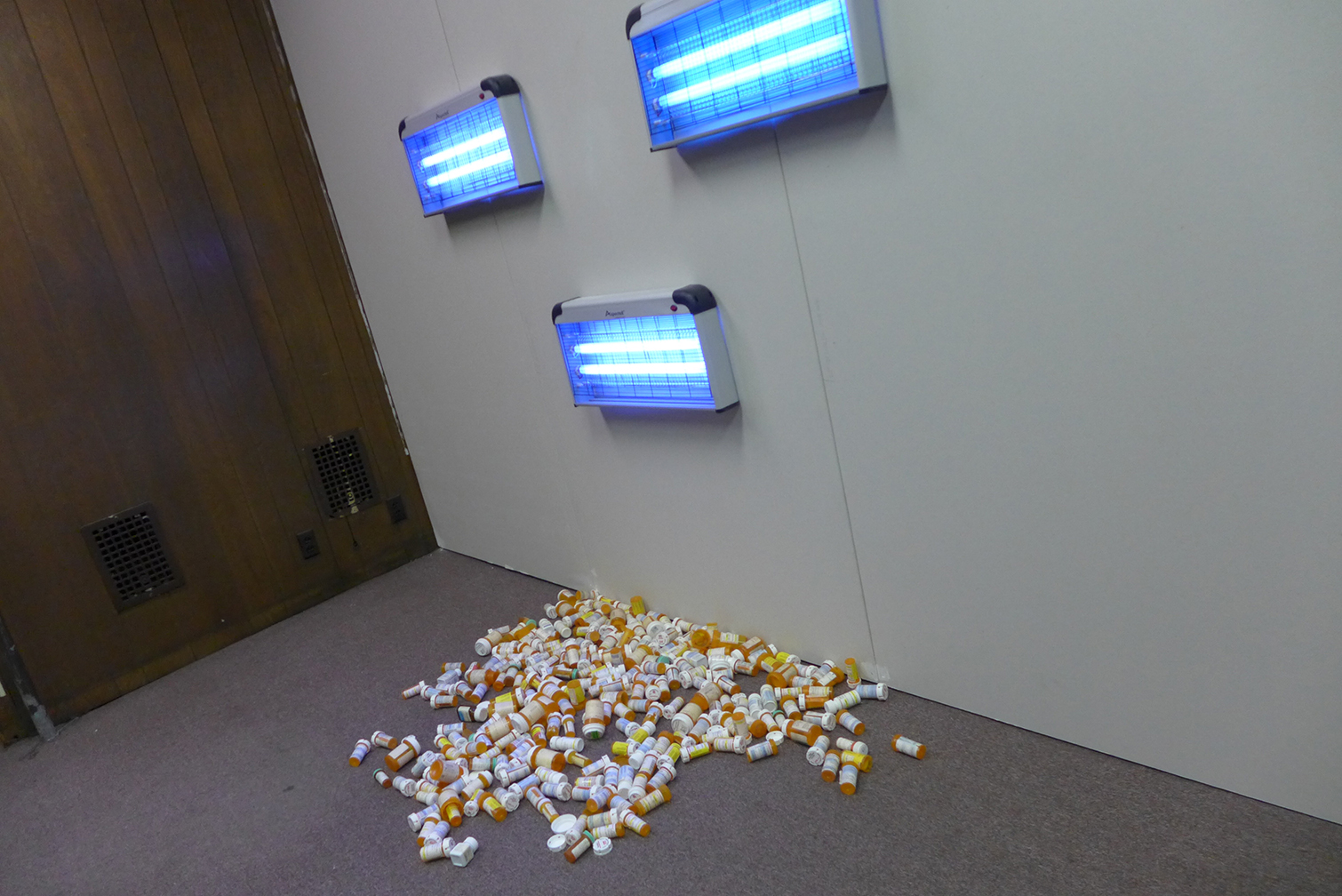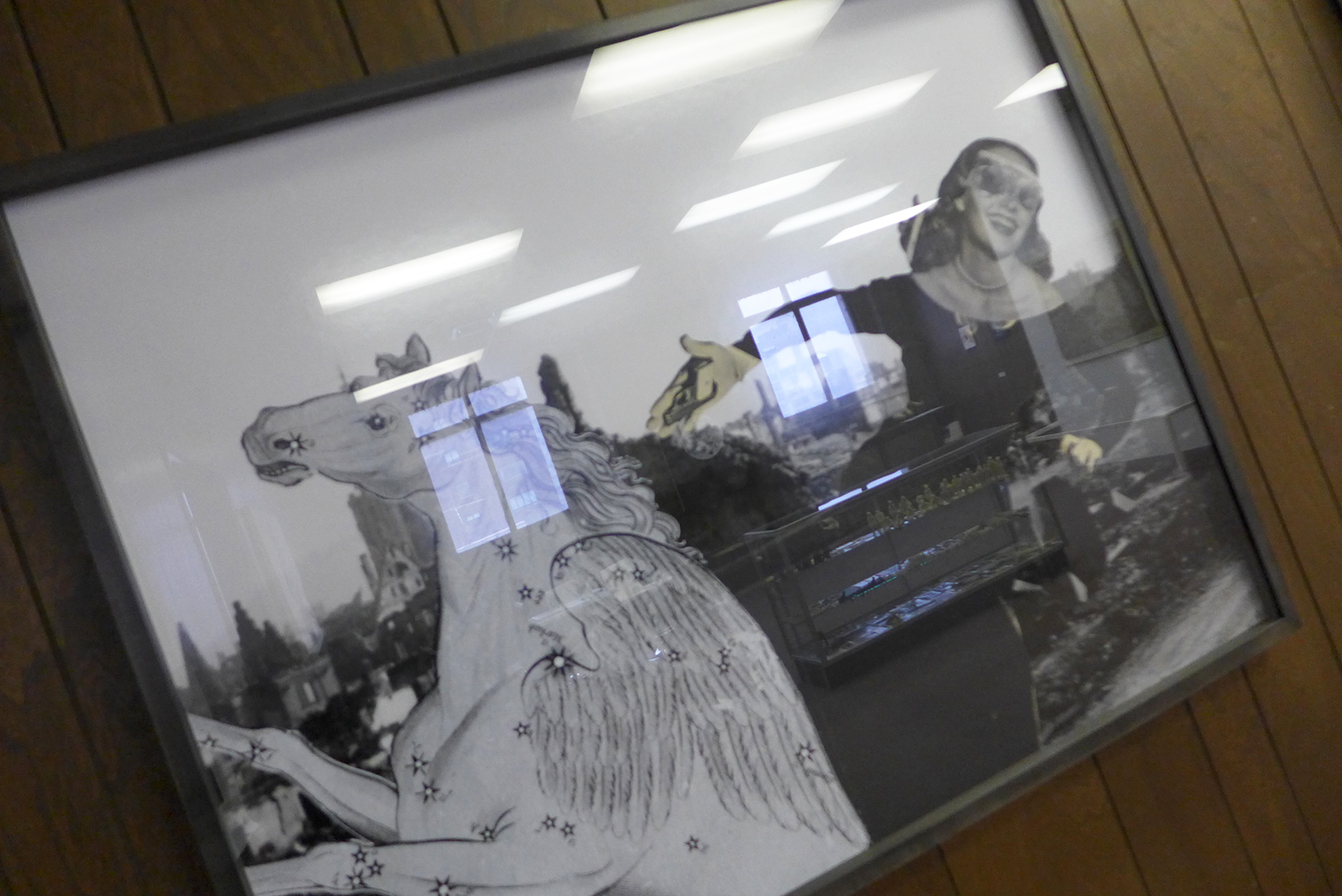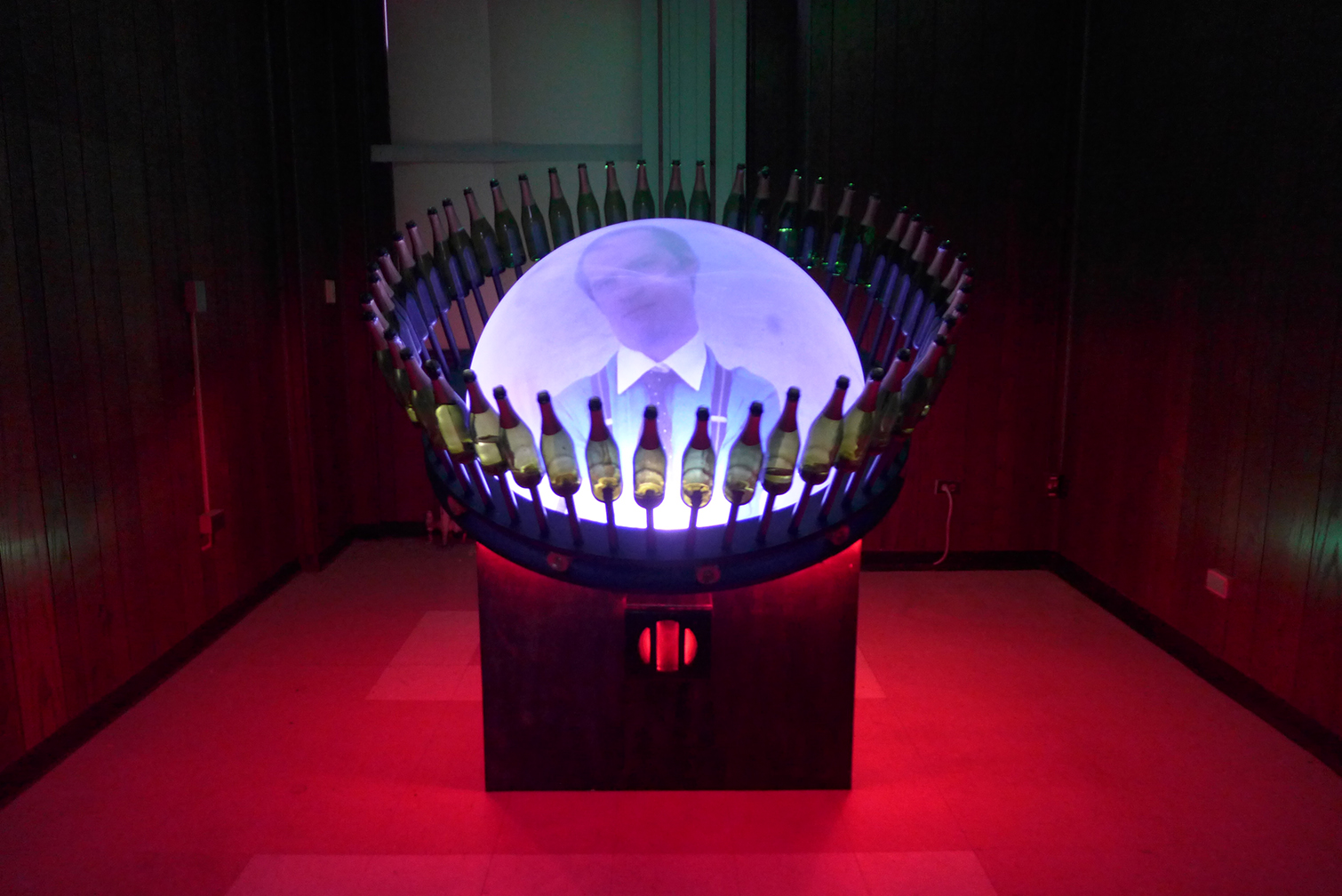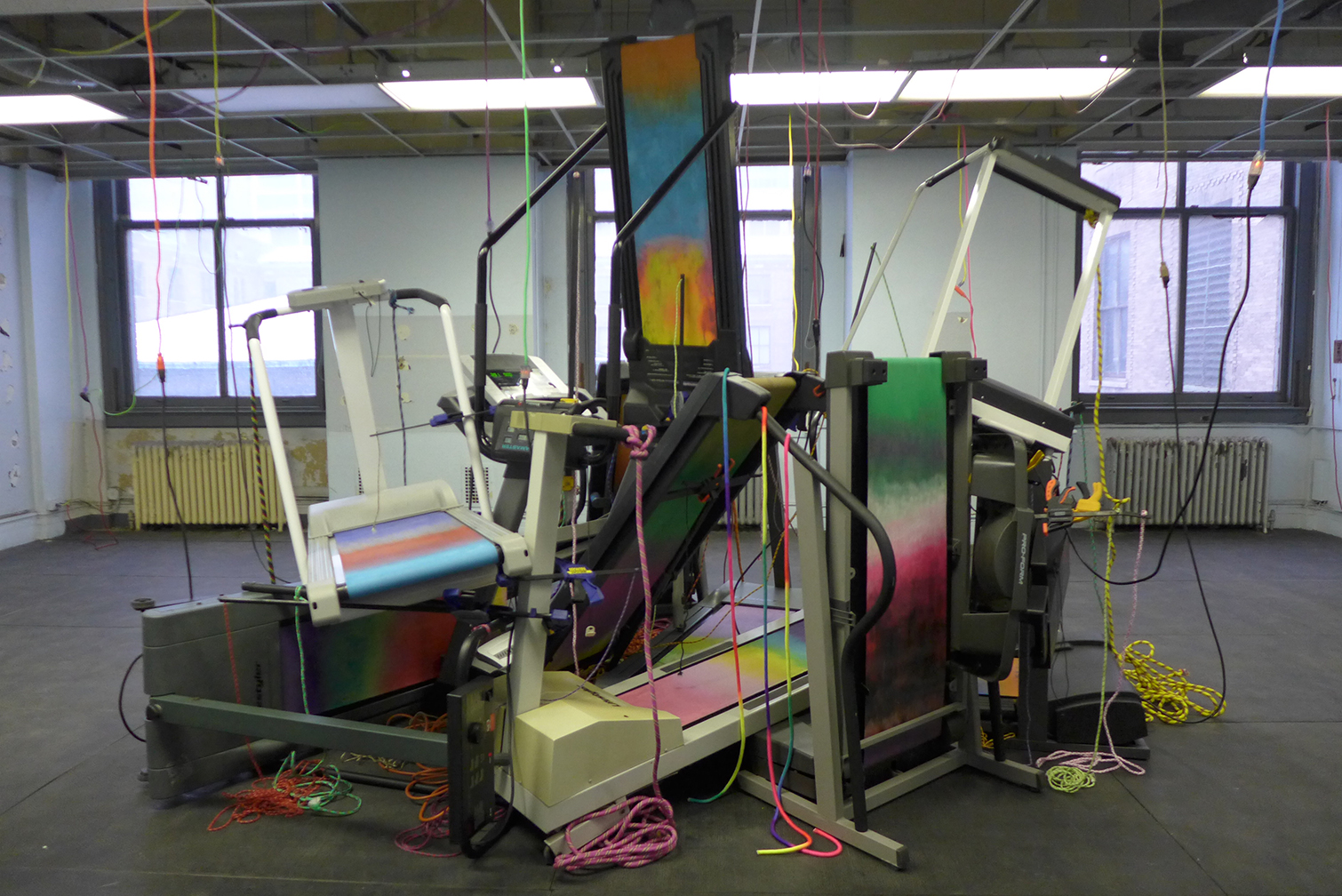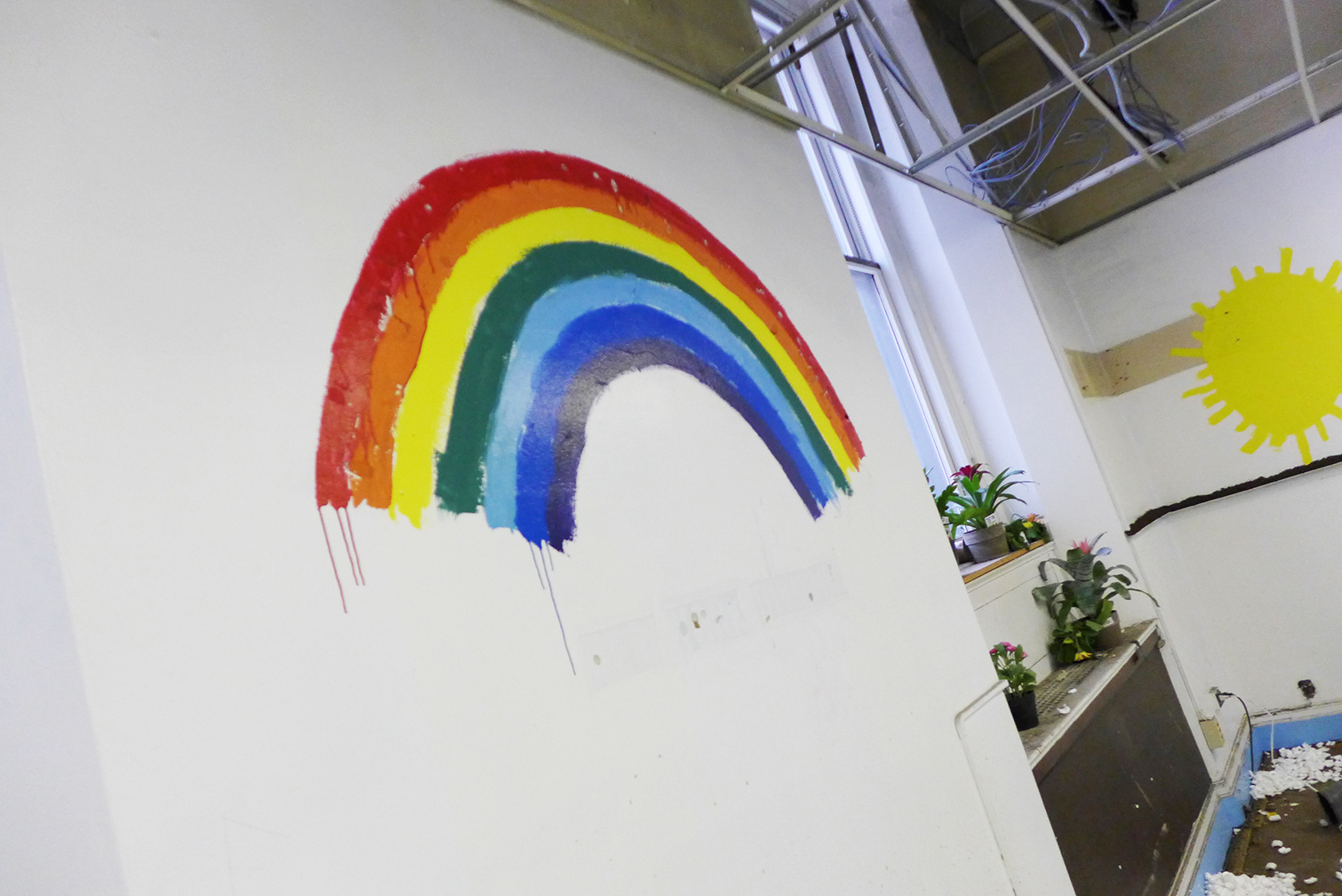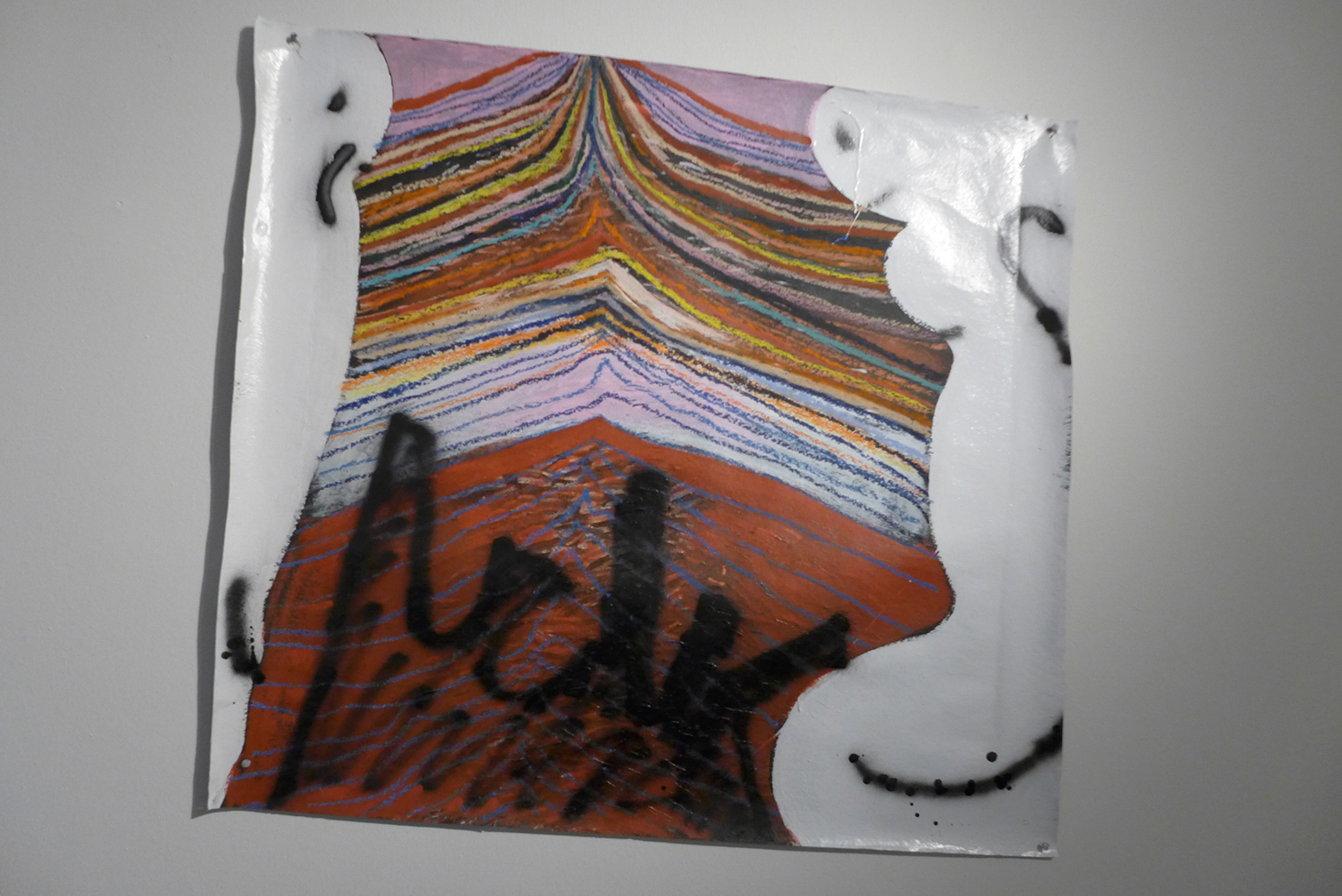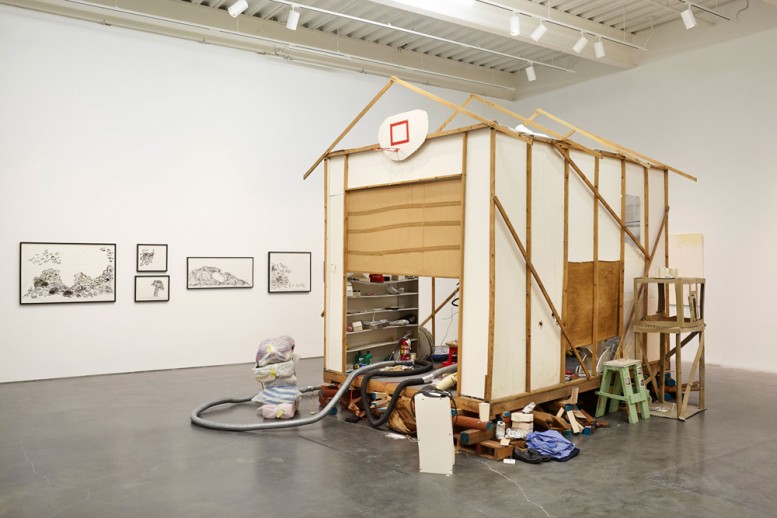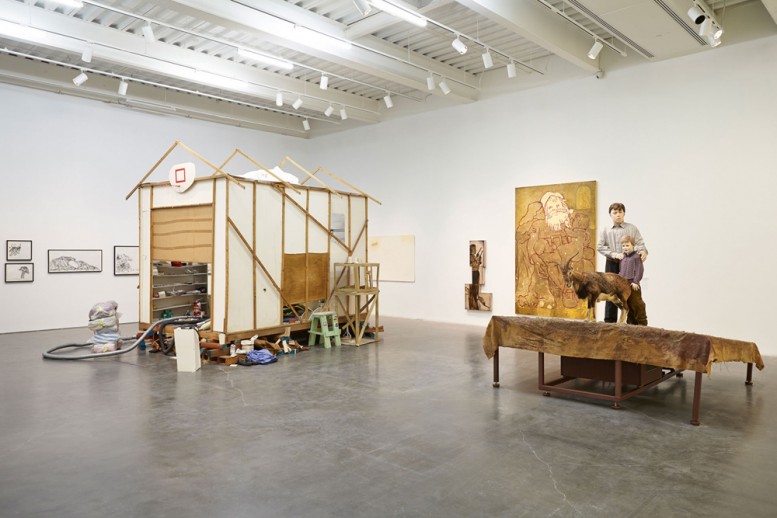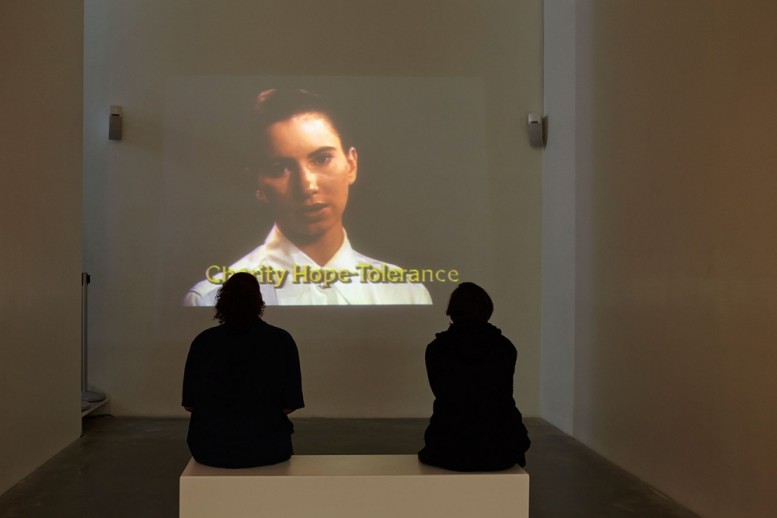Walter De Maria, The New York Earth Room, 1977. © The Estate of Walter De Maria. Photo-John Cliett, Courtesy Dia Art Foundation
text by Isabella Bernabeo
I buzz myself in and start to walk up a narrow, rickety old staircase inside an old New York City building located at 141 Wooster Street. A pungent smell greets me as soon as I hit the second floor and turn to enter the exhibit. That’s when I see it. Mounds of dirt thrown inside an apartment’s meant-to-be living room. It’s an unusual sight, and it causes me to think, what am I supposed to make of this?
Built in 1977, The New York Earth Room has been hidden behind a Soho door for nearly half a century. Walter de Maria installed the piece on the second story of German art dealer Heiner Friedrich’s gallery and apartment building, where it still lies to this day.
The exhibition contains a white room filled with 250 cubic yards of unsterilized dirt, 22 inches deep, across 3,600 square feet. Originally, the exhibit was intended to last only three months, but it remained on display indefinitely.
The New York Earth Room wouldn’t be what it is if it were placed in a small town in the middle of the rural Midwest. It’s the fact that it is installed in such a fast-paced city that makes the experience special, especially in the middle of Soho, where materialism and consumerism are practically the only things on visitors’ minds.
This artwork forces its visitors to slow down and take in their surroundings. The dirt is slow and unwavering, offering a relaxing getaway from the bustle of activity outside. Yet, it is also quite surprising and provocative to witness so much dirt thrown inside a room, where it is so quiet that all one can hear is their own breath.
The space is not just for tourists. New Yorkers who love hiking and camping also find meaning here. The piece provides locals with an escape from the city’s constant chaos. It is very much a sanctuary space. Spaces like this are hard to find without taking the Metro-North upstate.
As such, it fits perfectly in the city’s melting pot. It proves that anyone can belong.
Maria himself never commented on the meaning of this piece, wanting each person to create their own connection. However, it’s notable that the Earth Room was installed only a few years after the United States Environmental Protection Agency was formed. And just a few years prior to that, Rachel Carson’s Silent Spring was released. This was a time when environmental awareness was exponentially on the rise. I’d like to think that this piece has been preserved to represent humanity’s obligation to care for our own Earth.
This context adds to the artwork’s significance. However, this wasn’t Maria’s first or even second Earth Room installation.
Maria had actually built the first Earth Room in Munich, Germany, in 1968, and the second one was made in Darmstadt, Germany, in 1974, both of which were temporary exhibits that were dismantled after a few months.
Maria died in 2013, and since then, Bill Dilworth has been the face of The New York Earth Room through the Dia Art Foundation, founded in 1974 by Friedrich. Dilworth cares for and maintains the exhibit by constantly watering, raking, and weeding the dirt, and even cleaning mold off the walls.
Visitors can see The Earth Room Wednesday through Sunday between the hours of 12:00-3:00 pm and 3:30-6:00 pm for free. People can ring the bell to be buzzed into the apartment and make their way to the second floor for viewing. Photography is not permitted.









